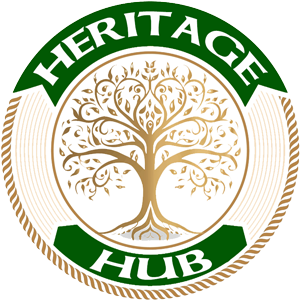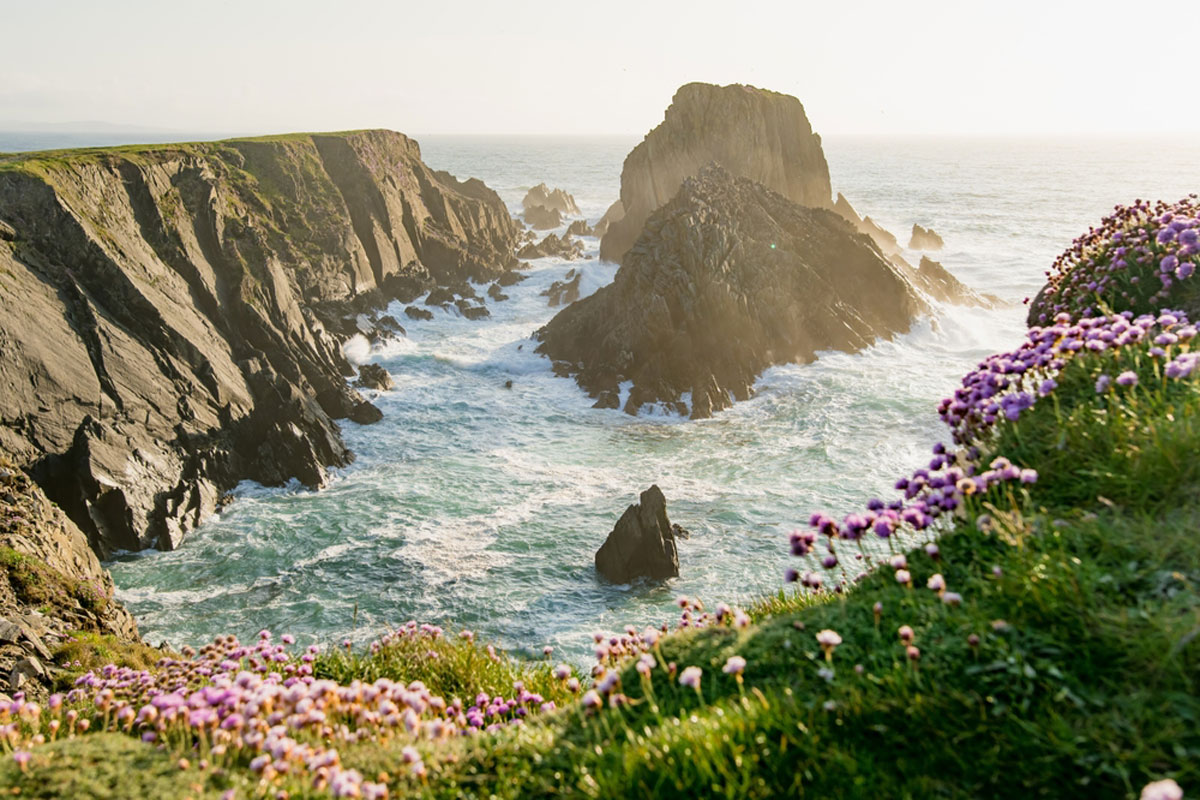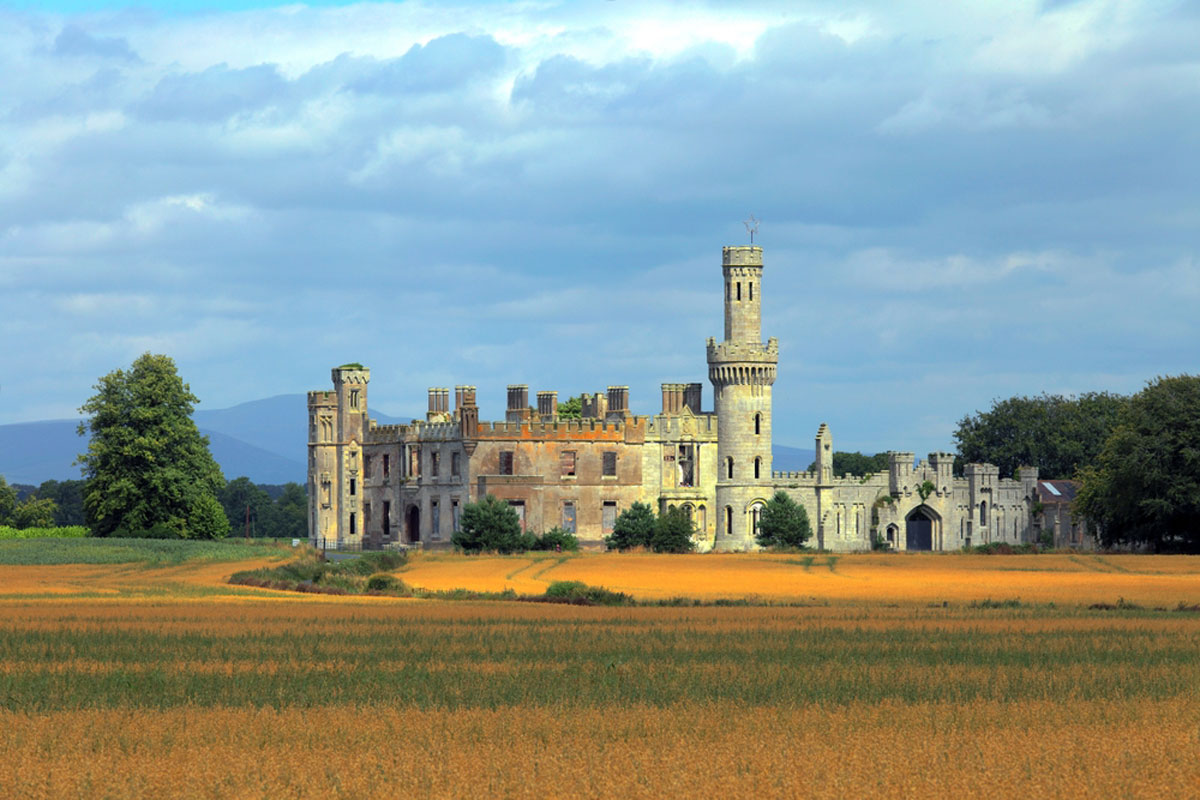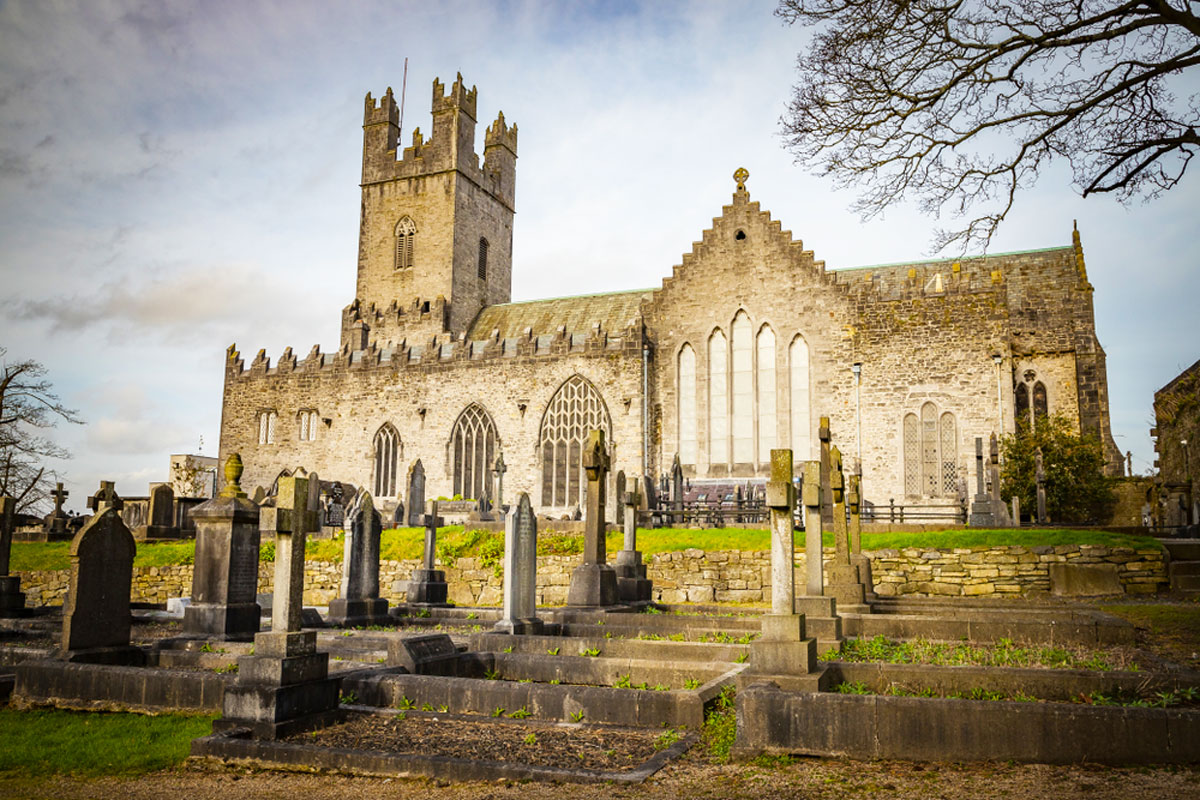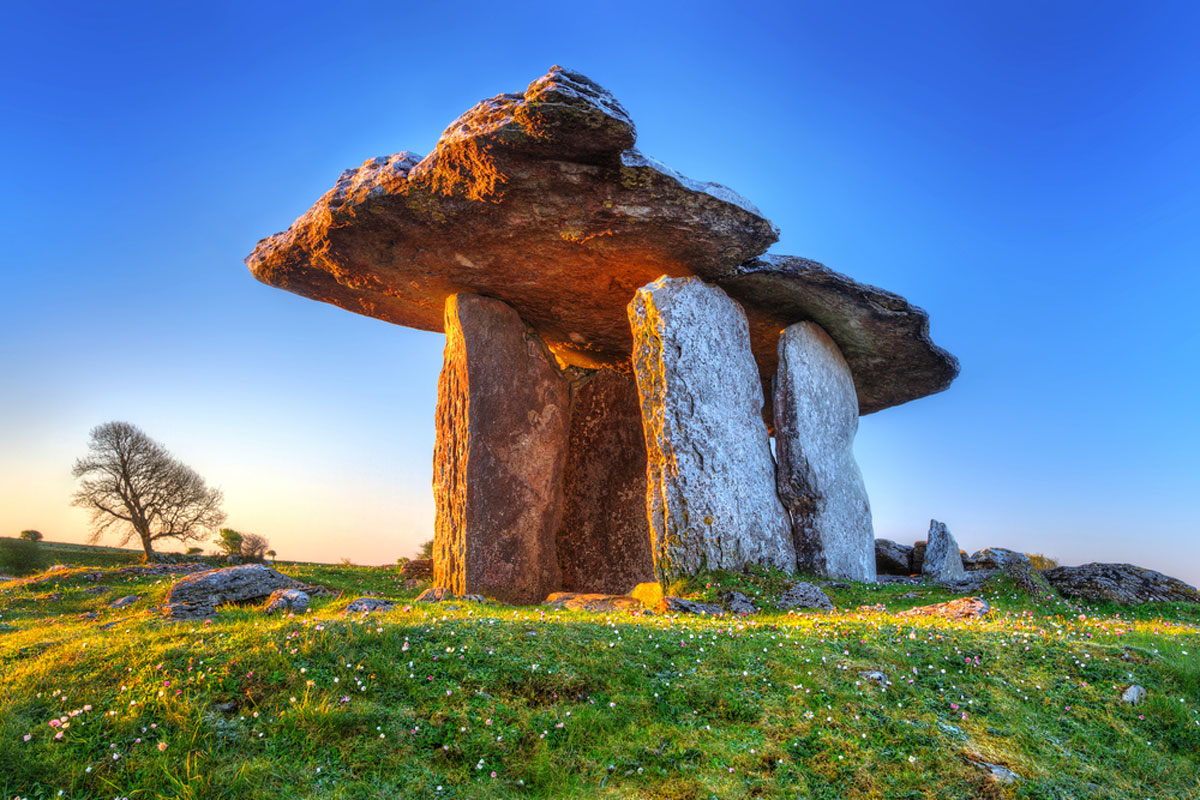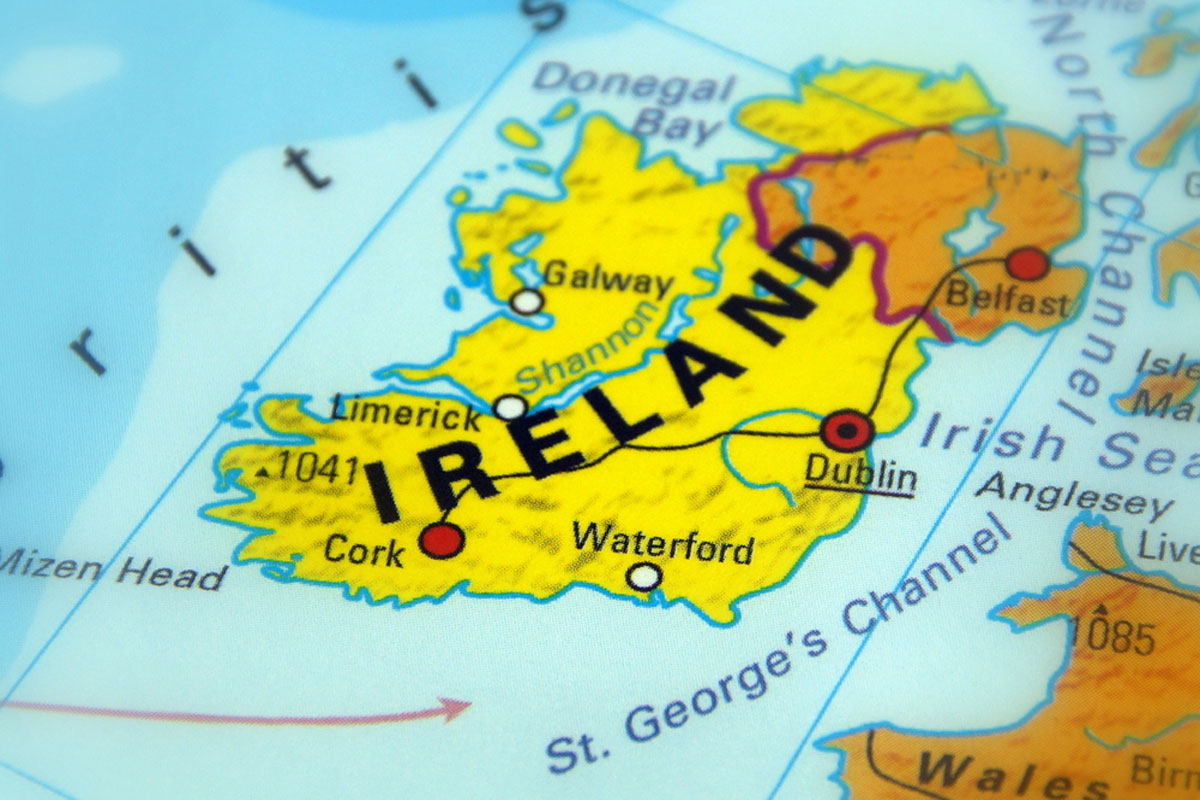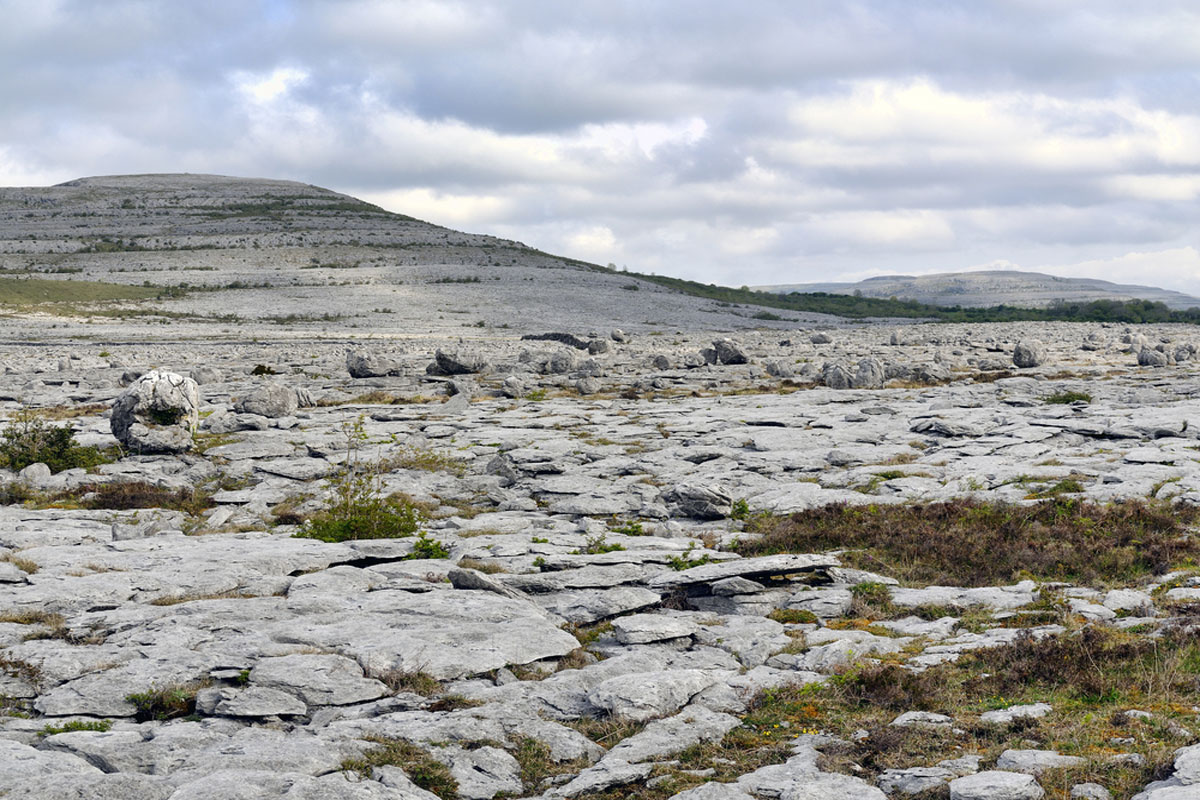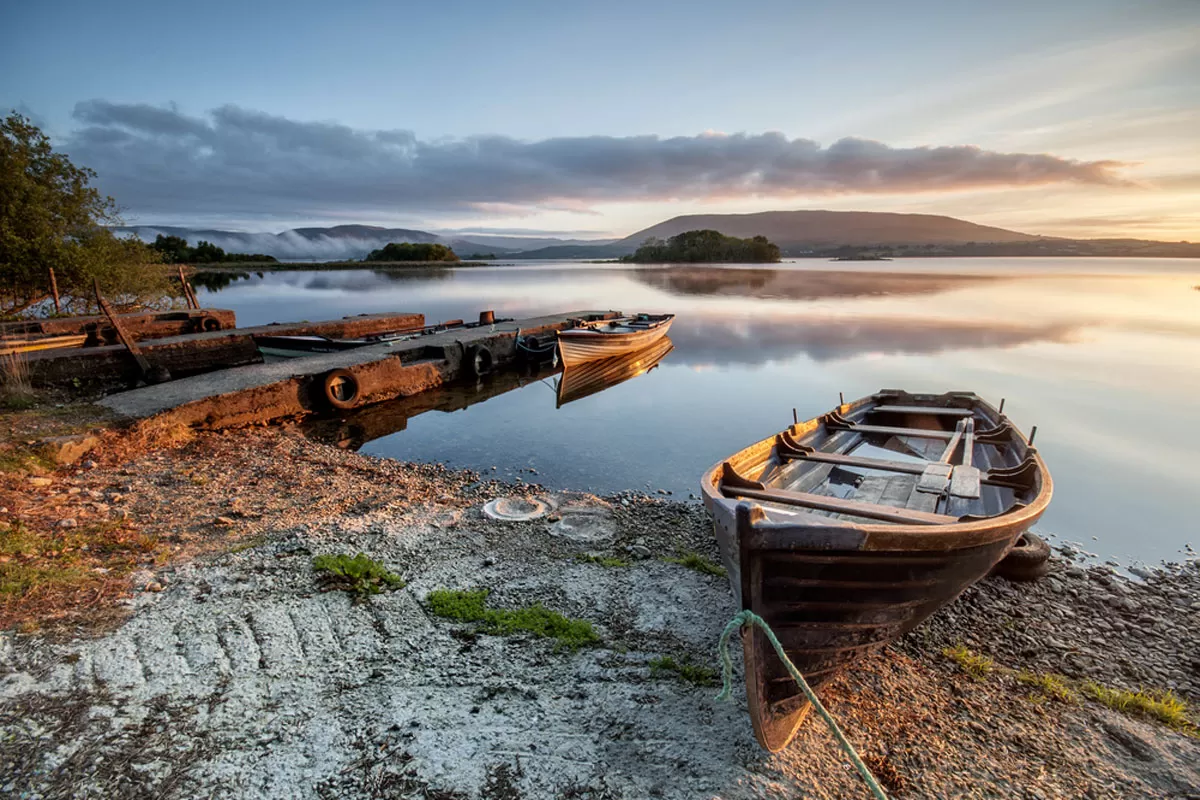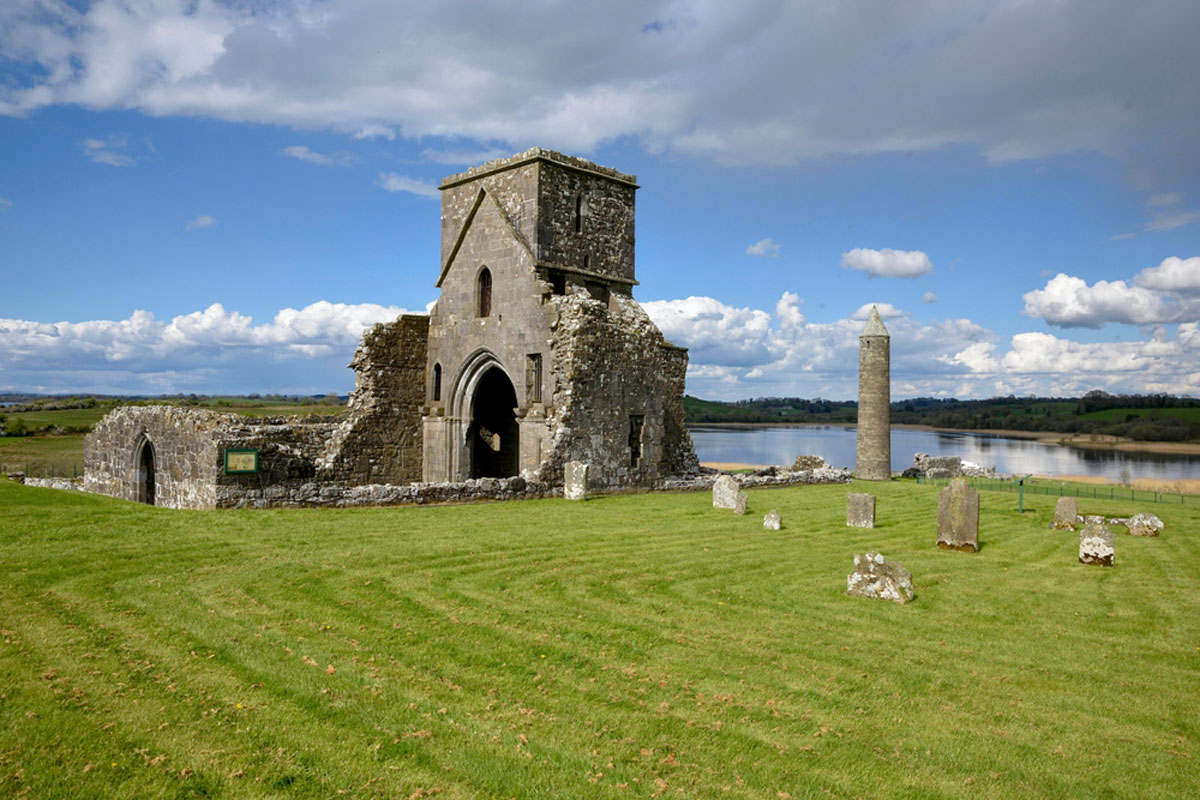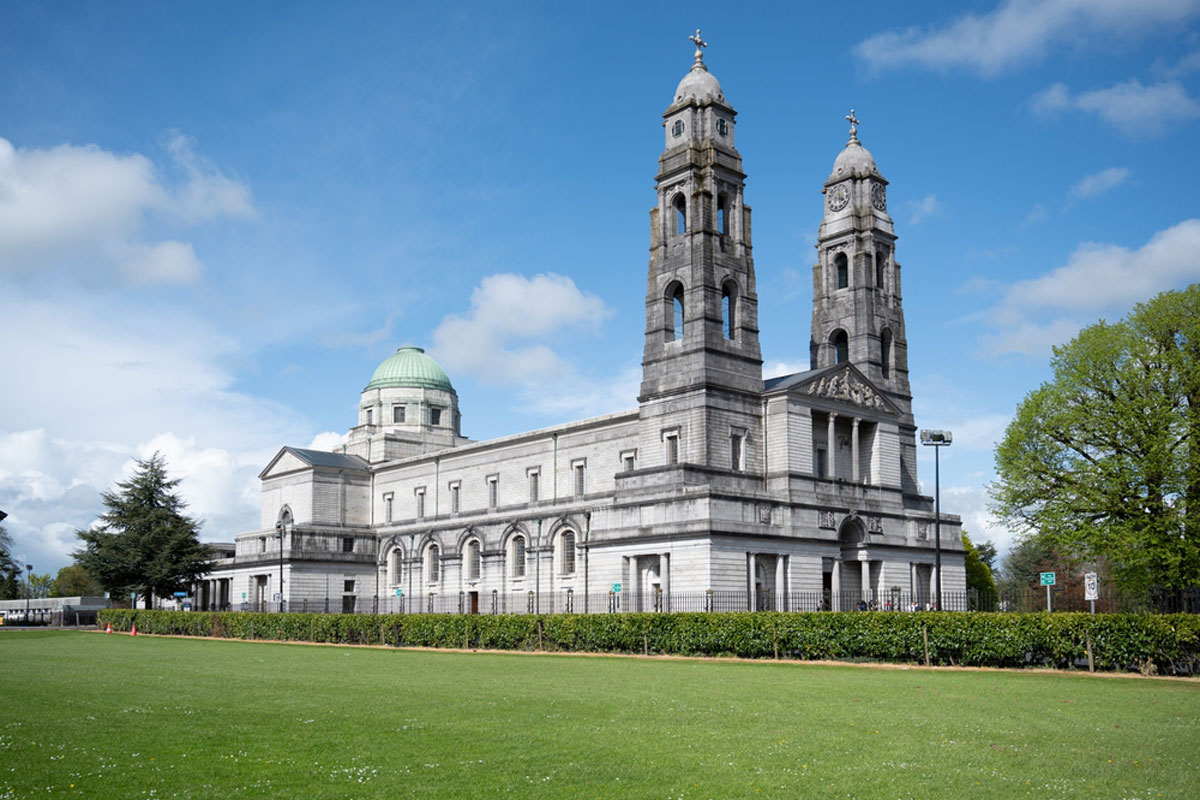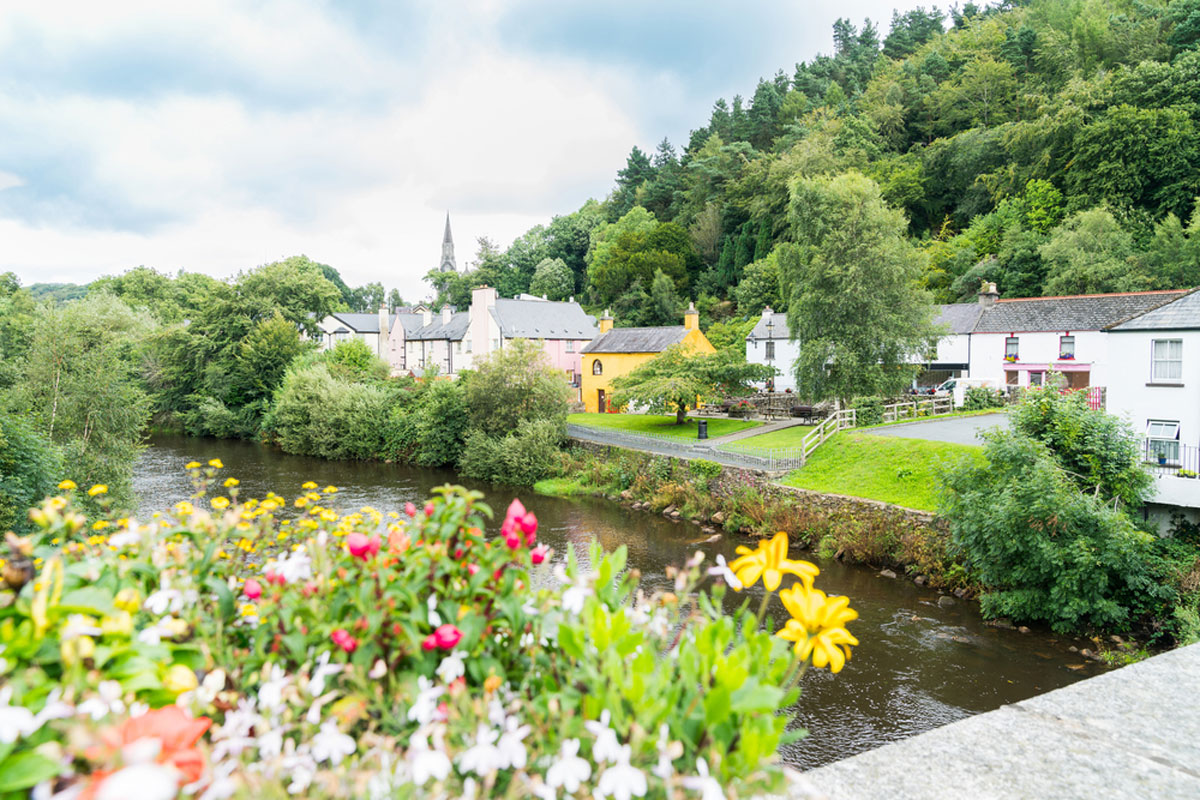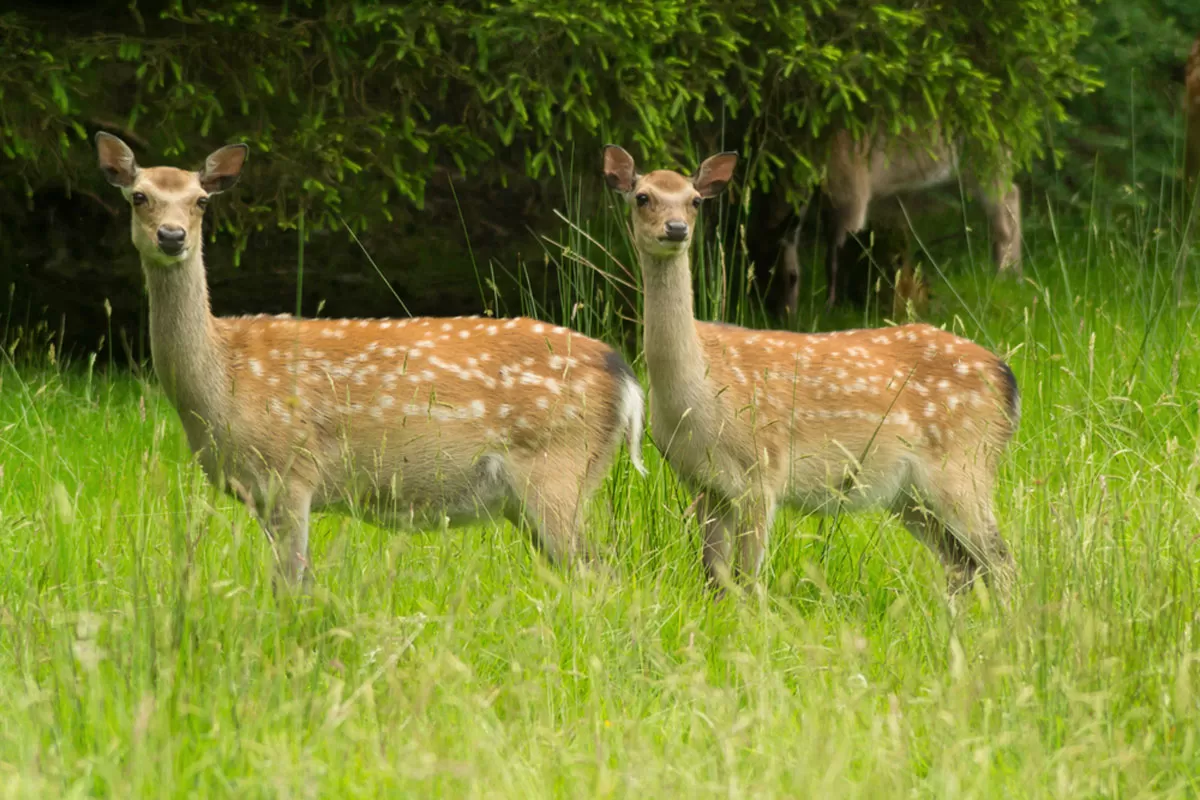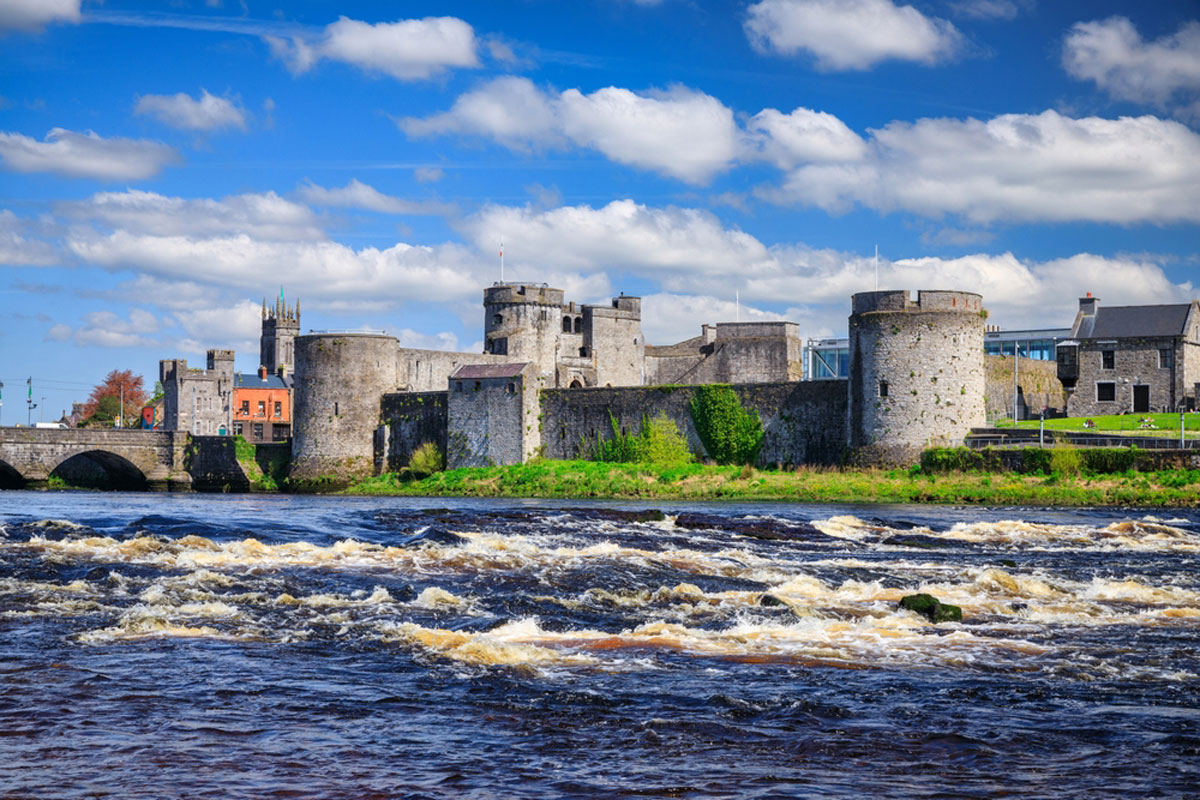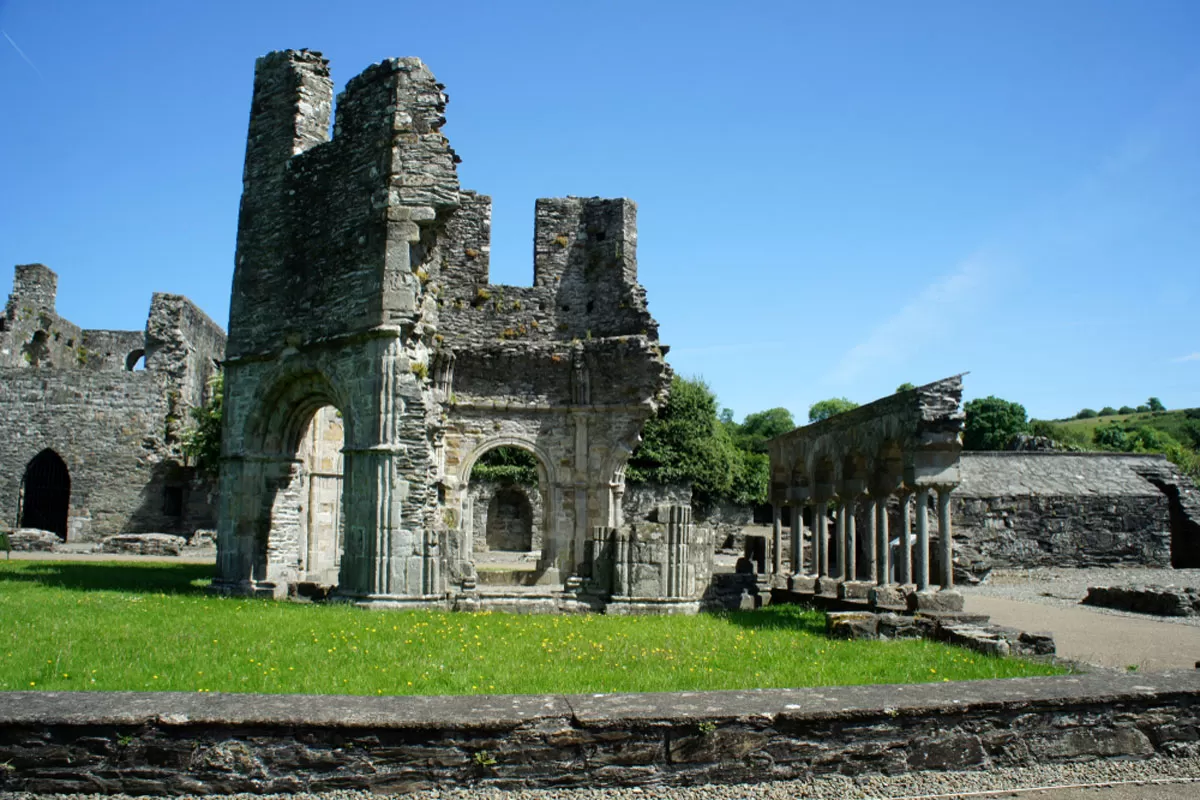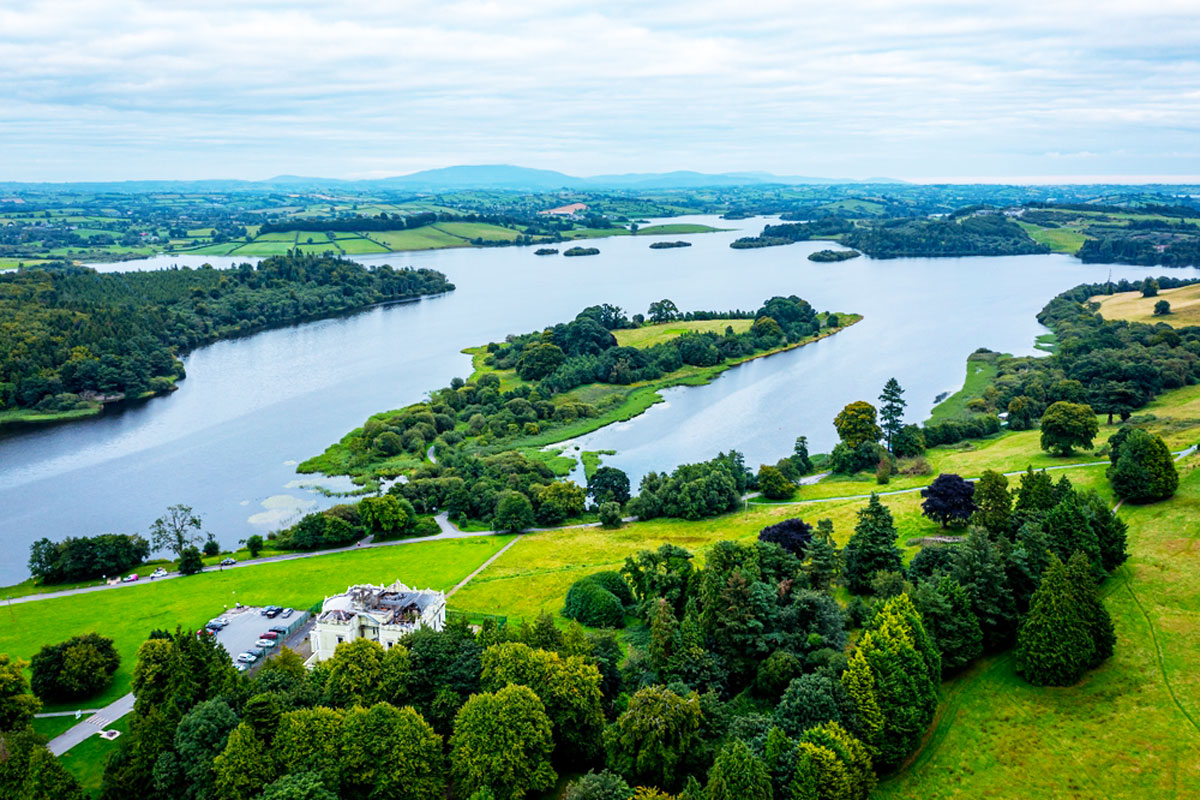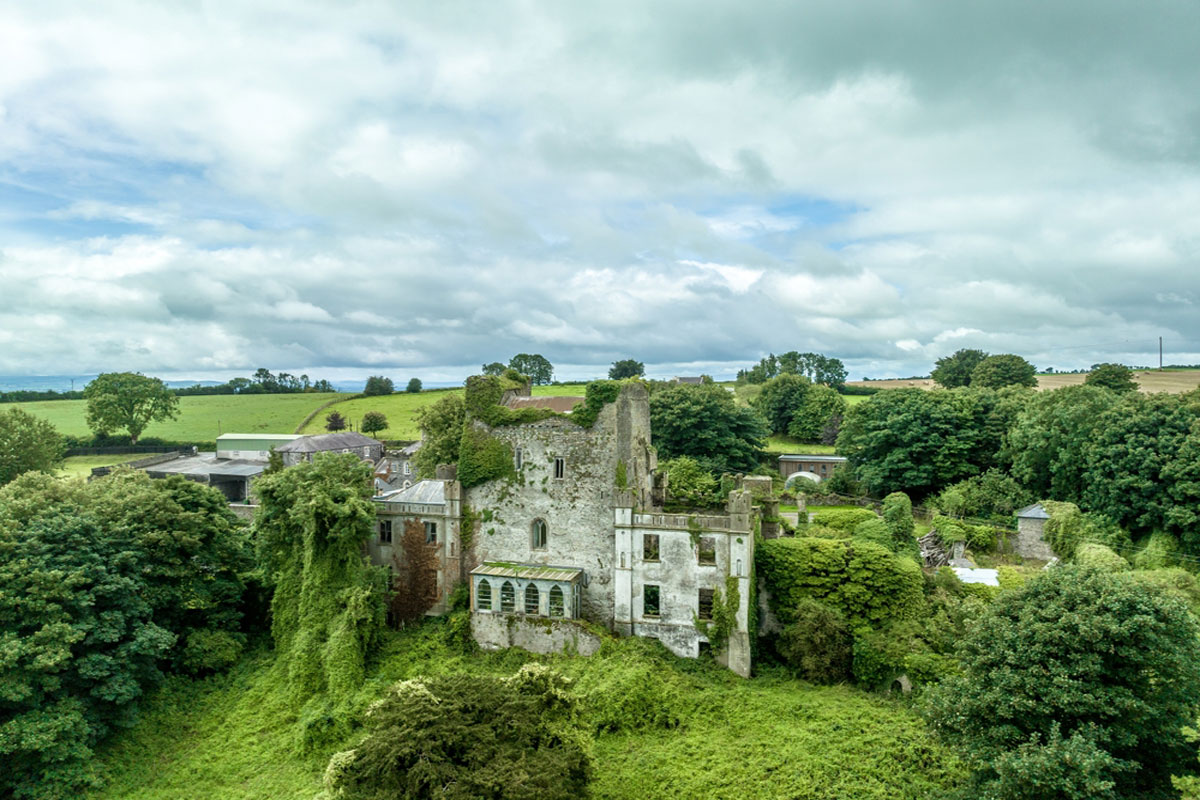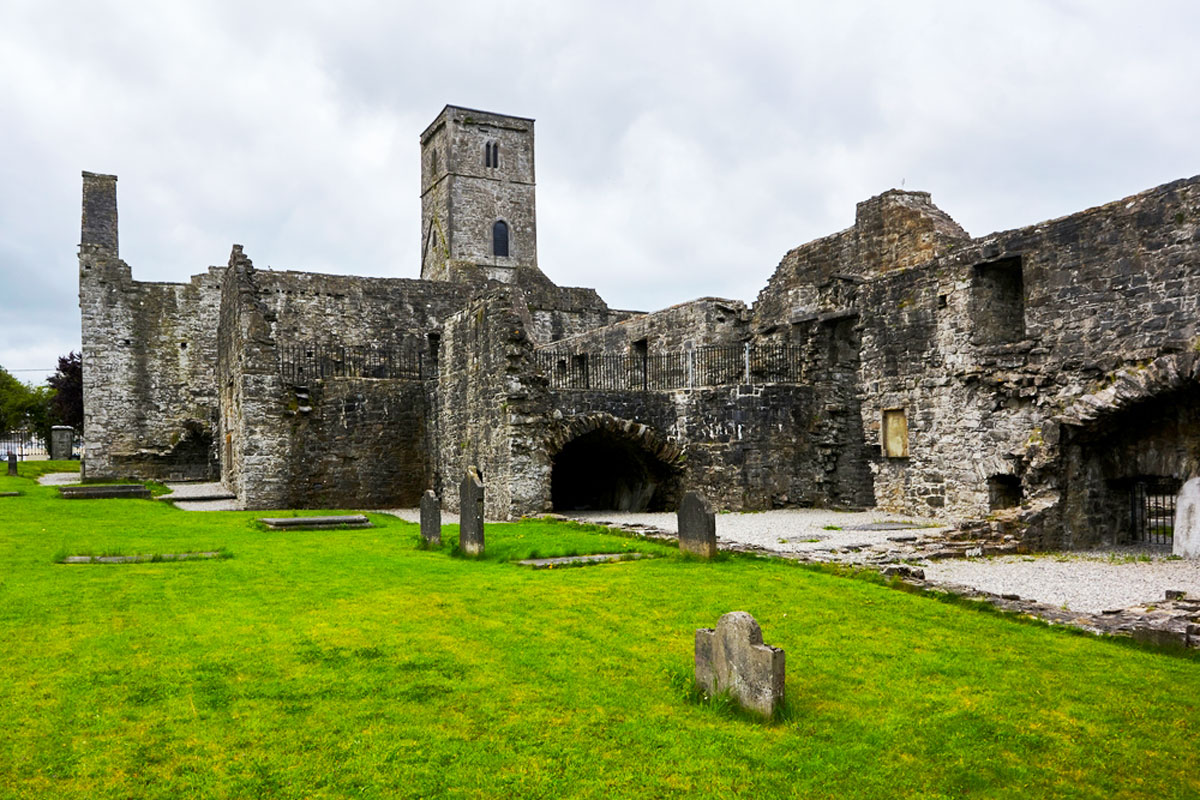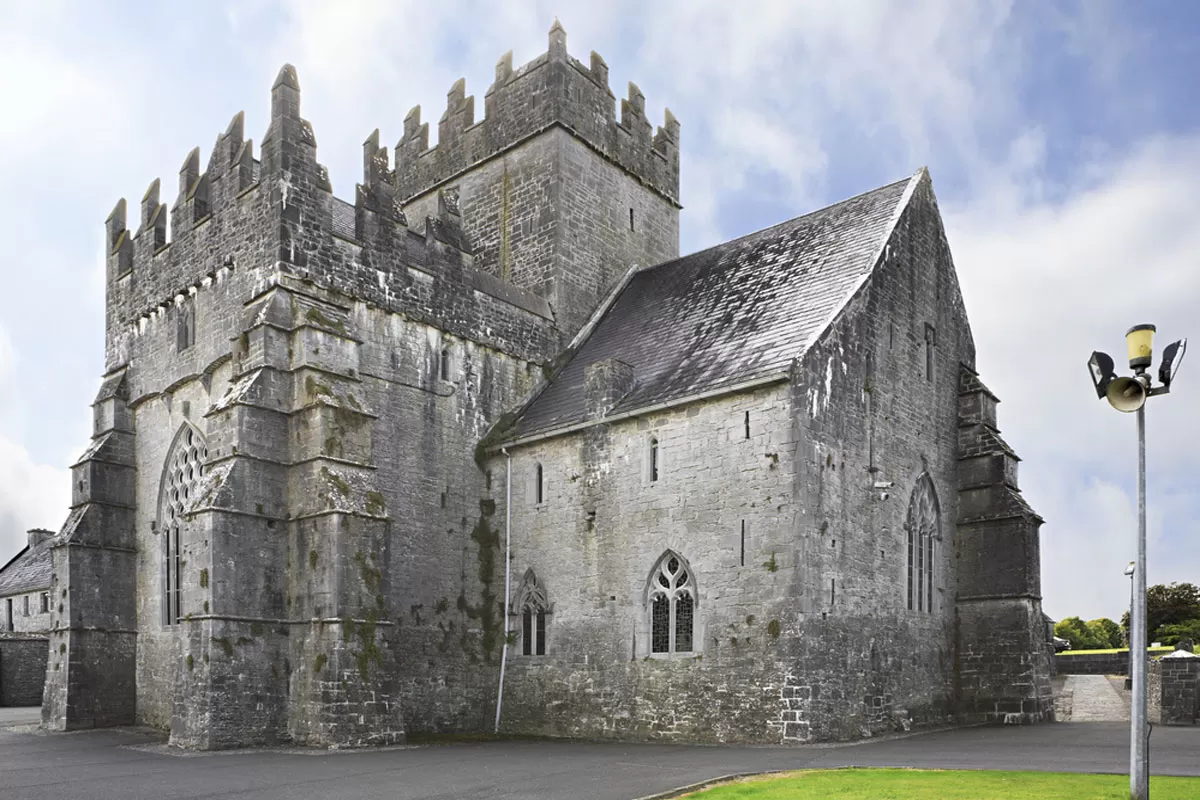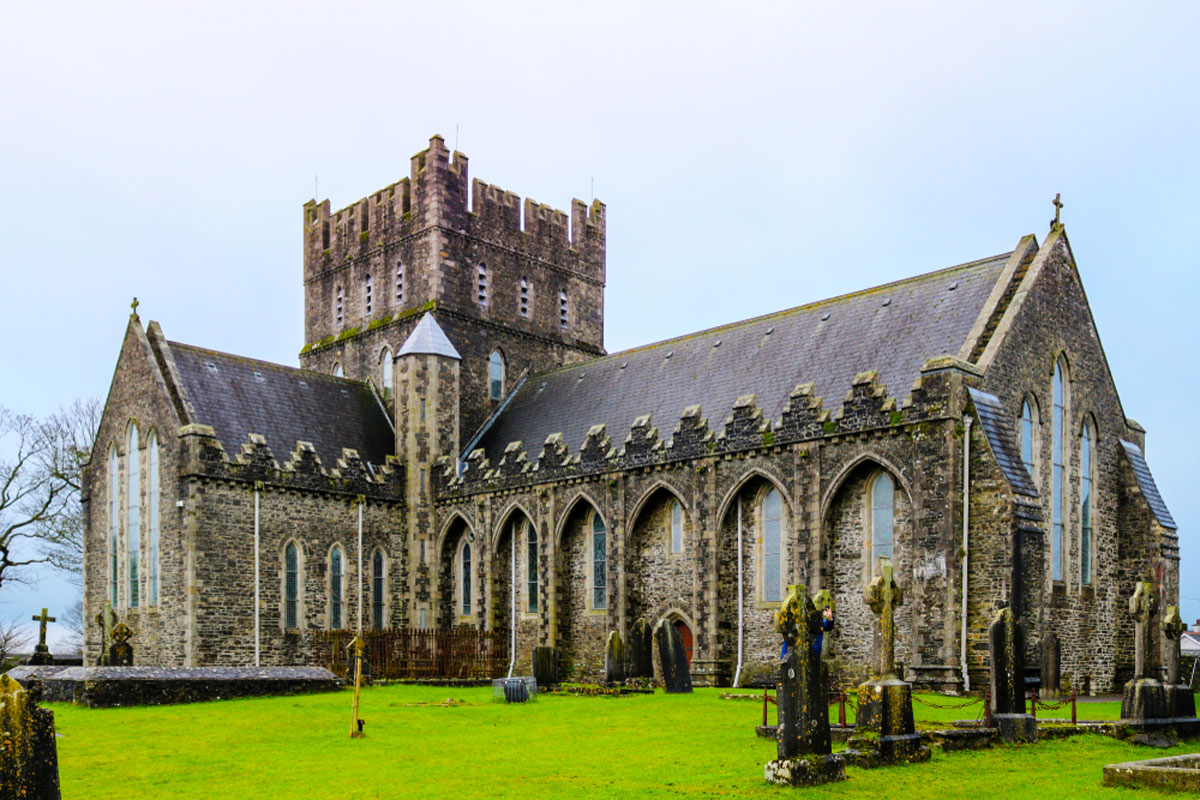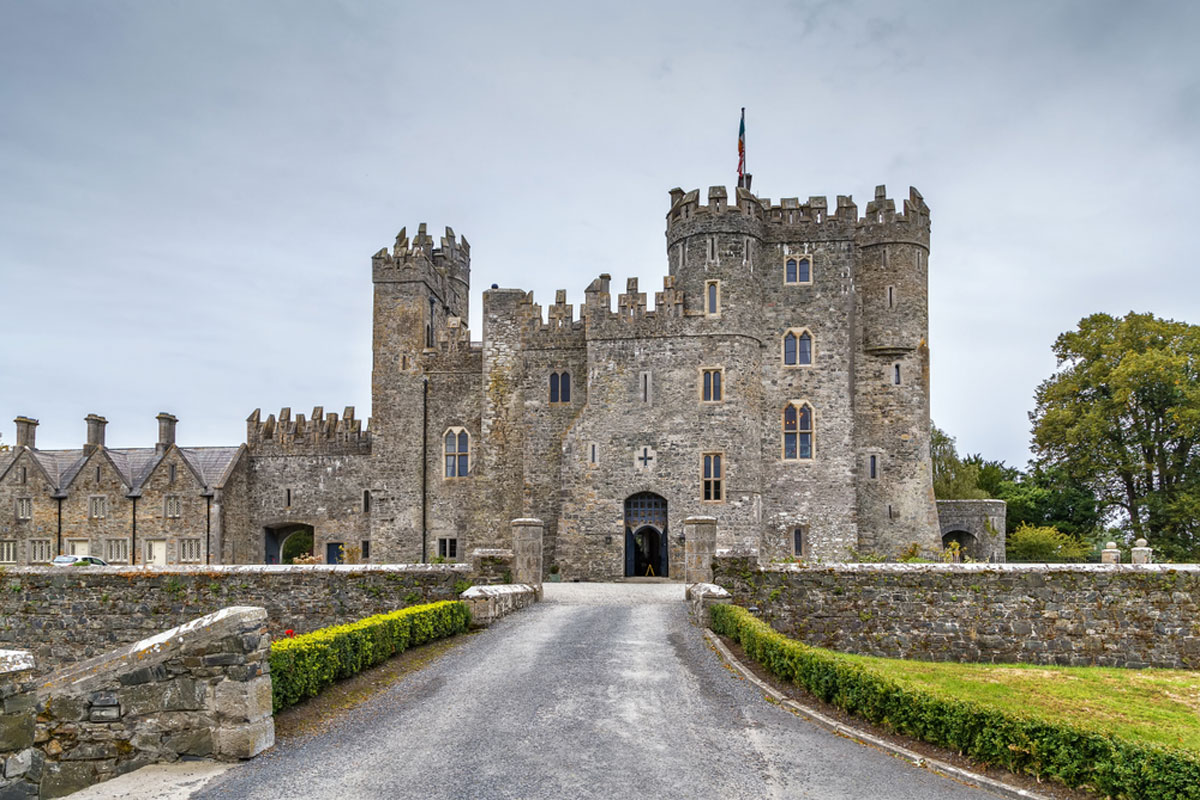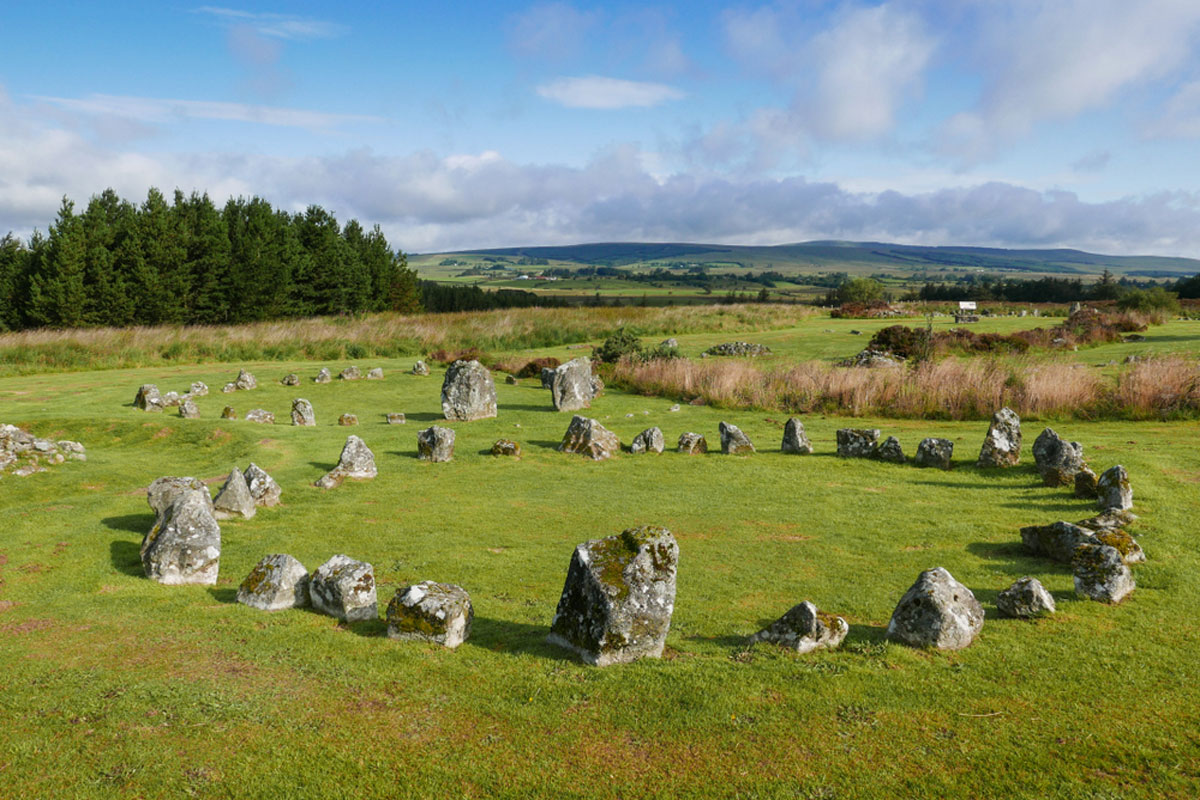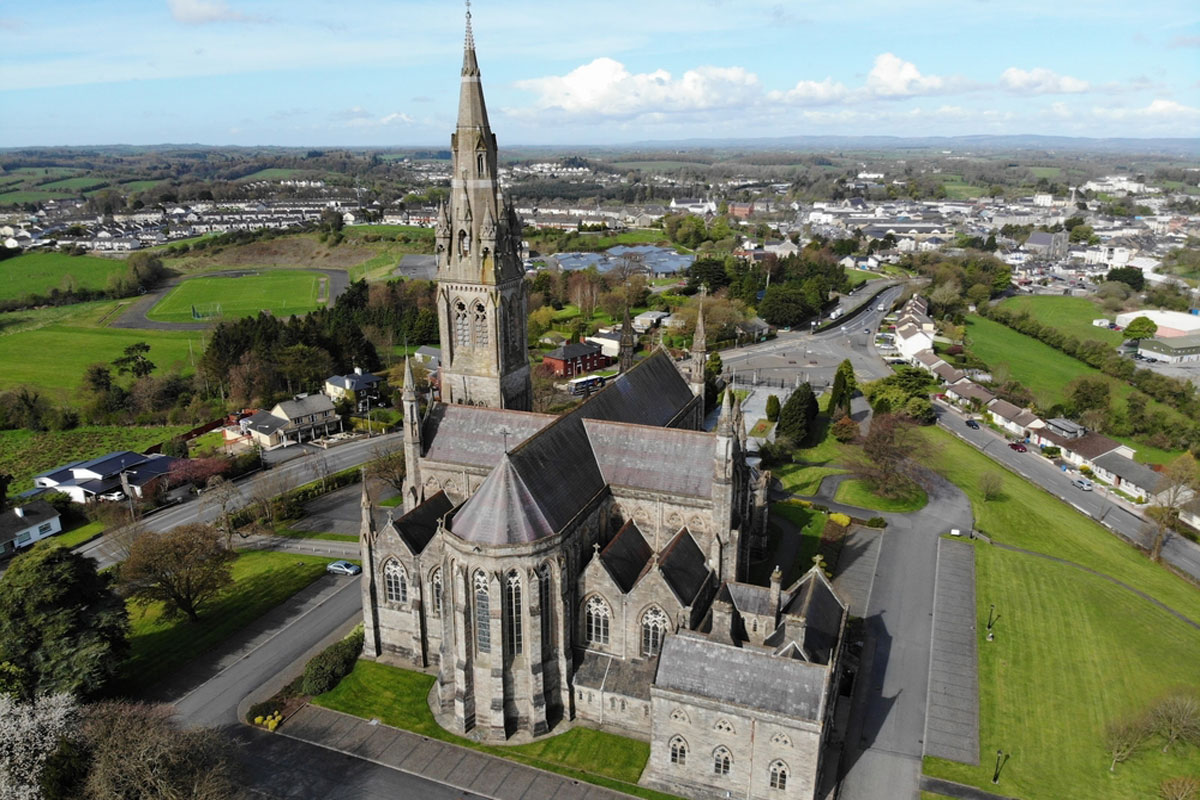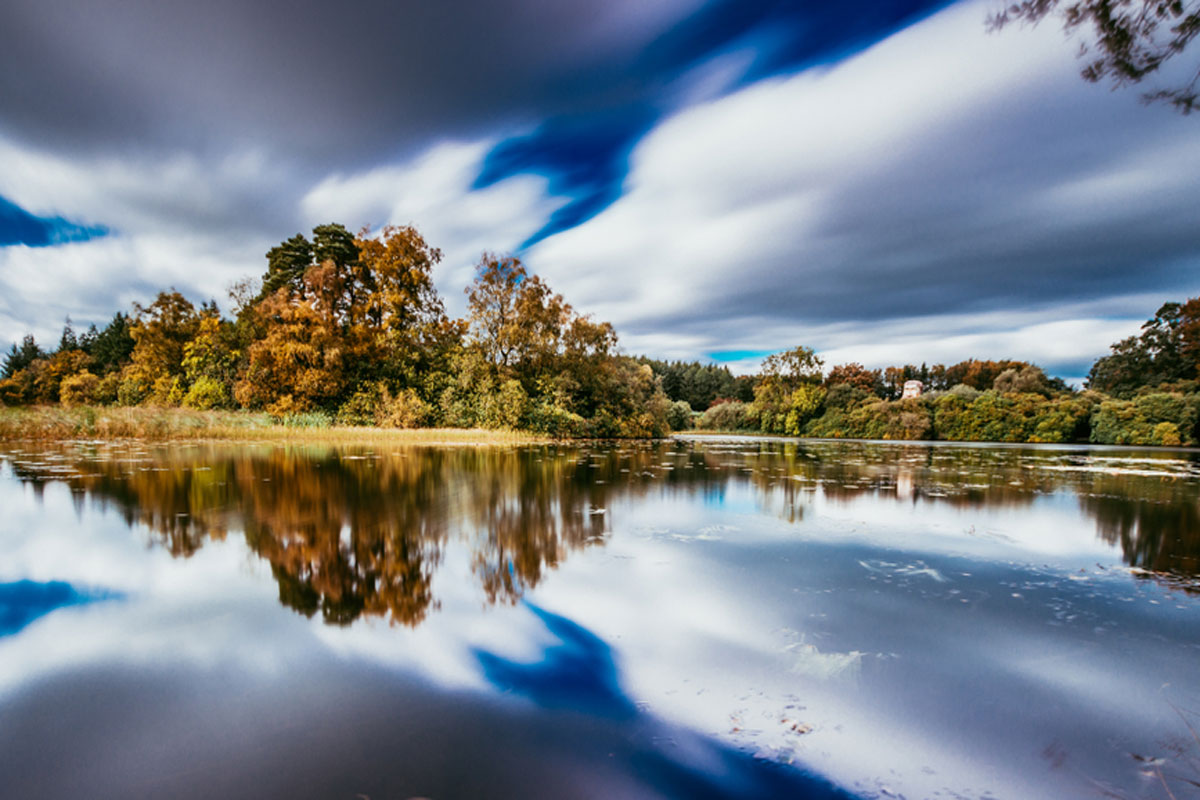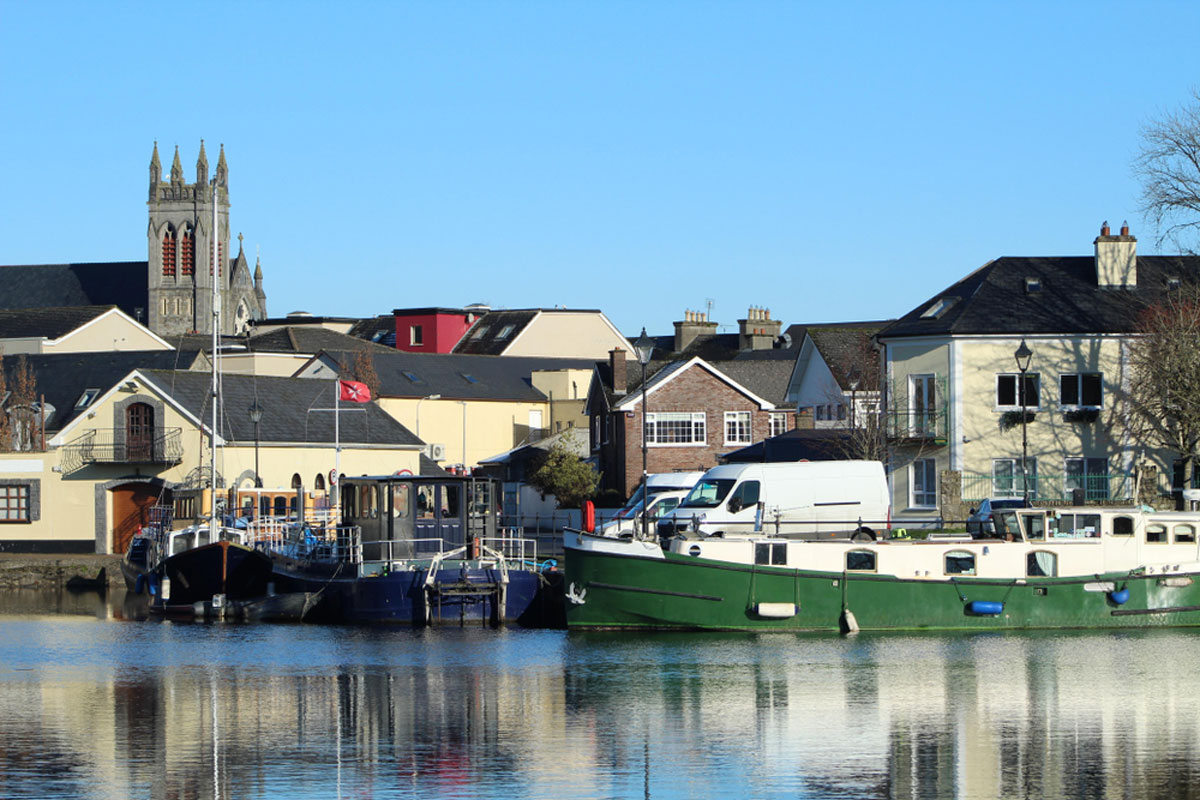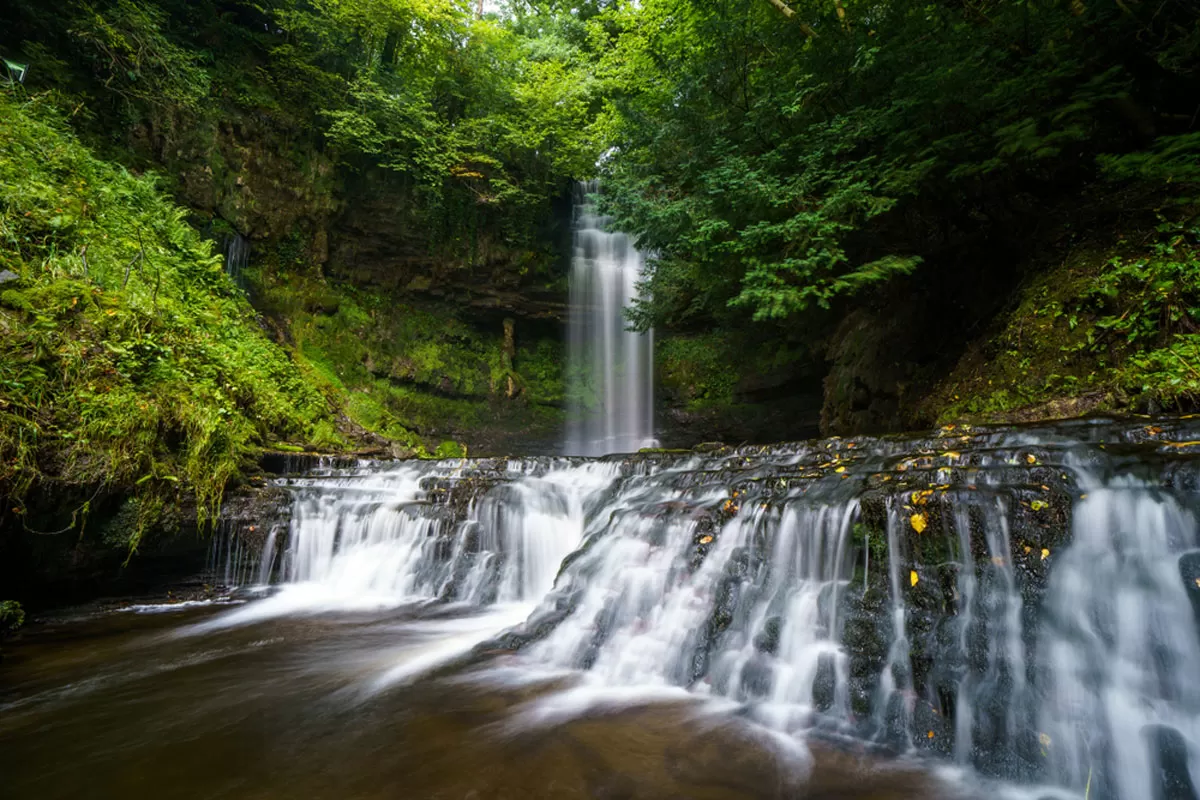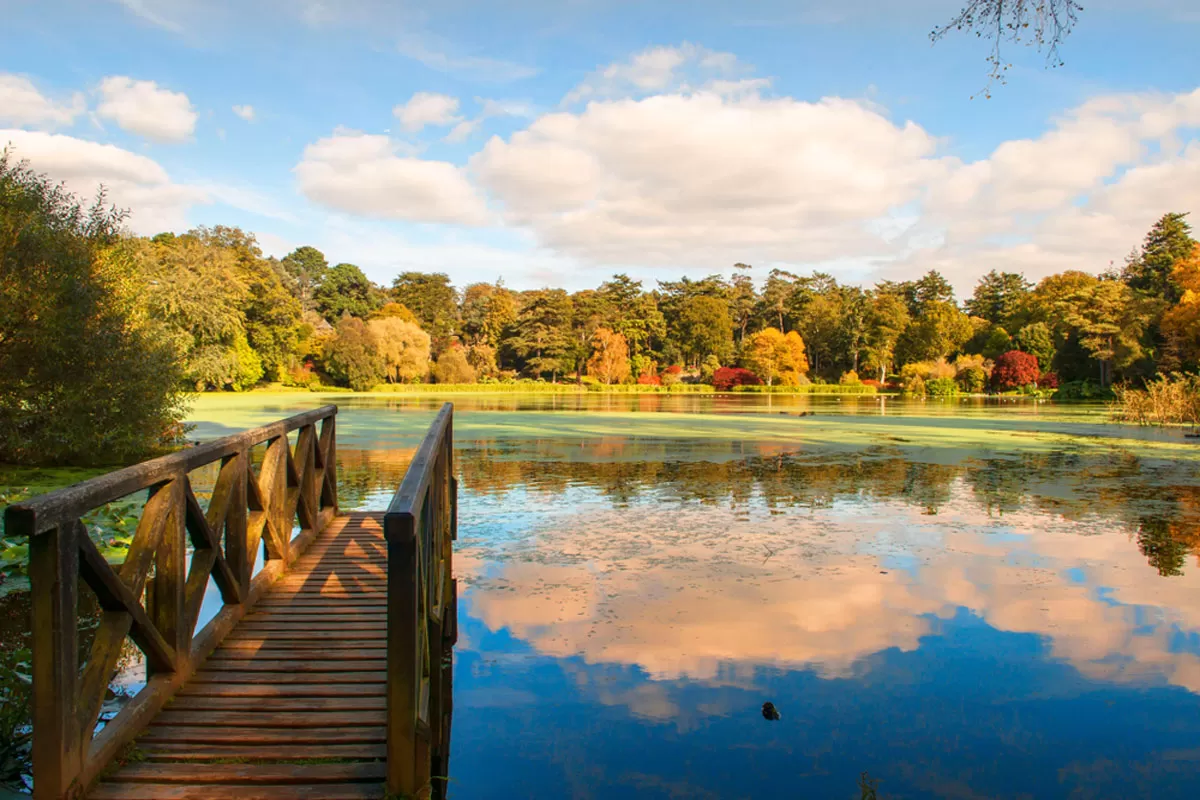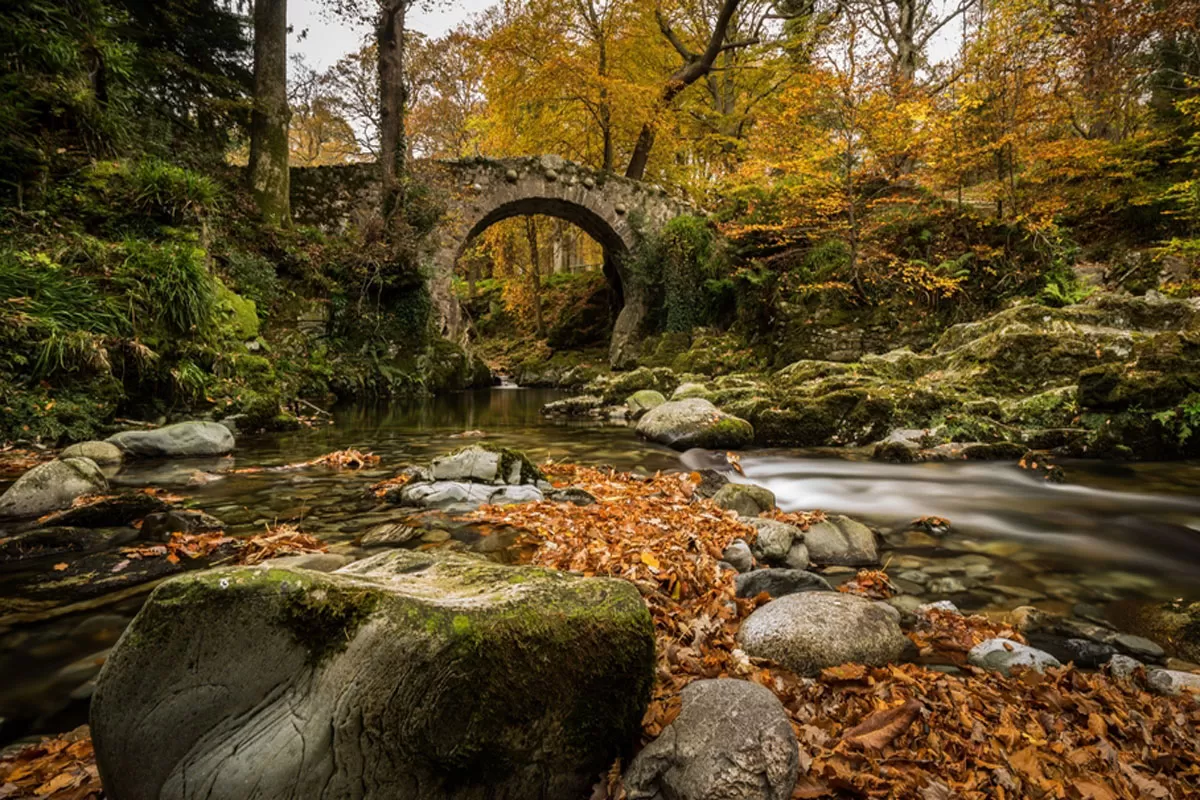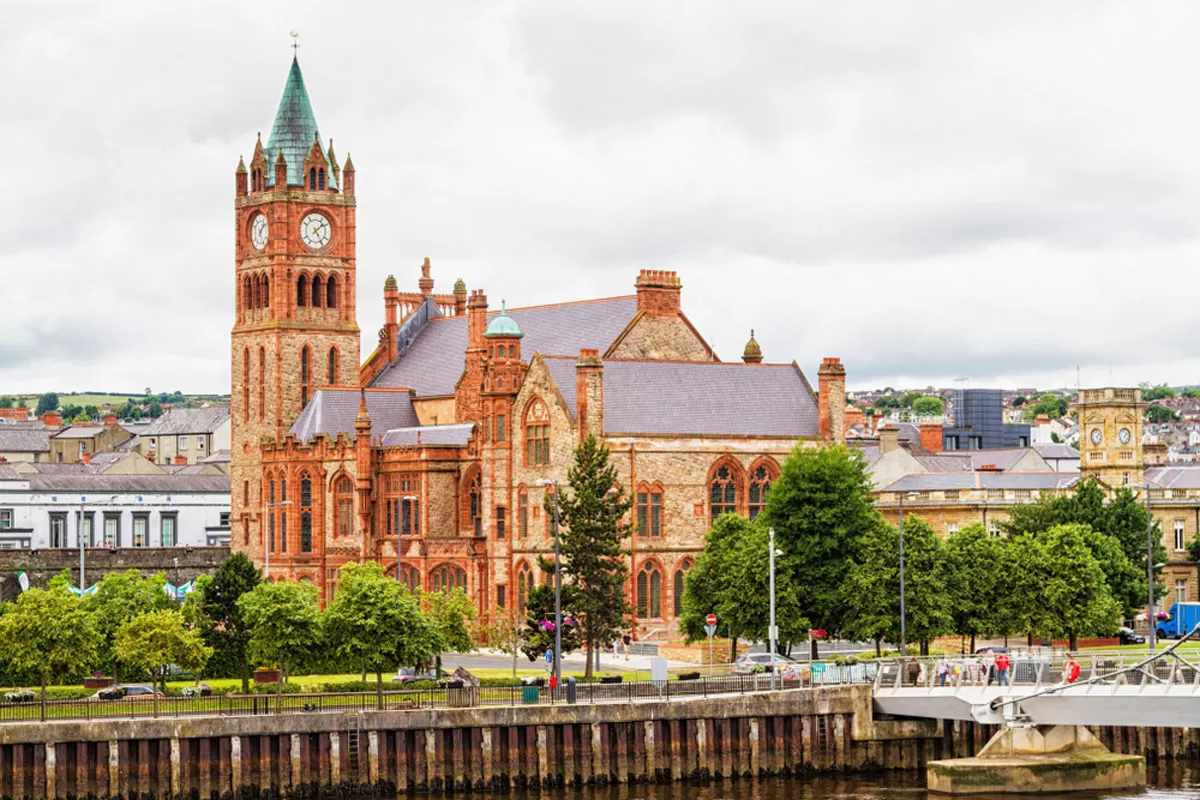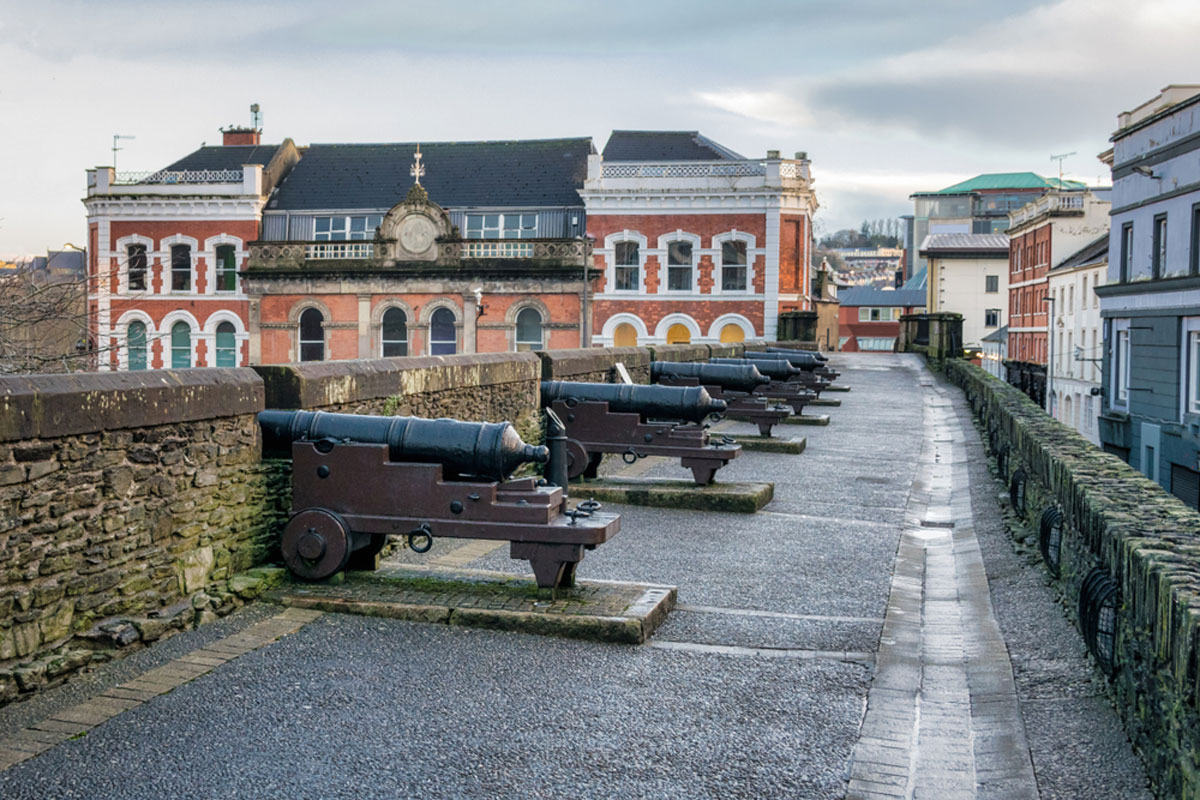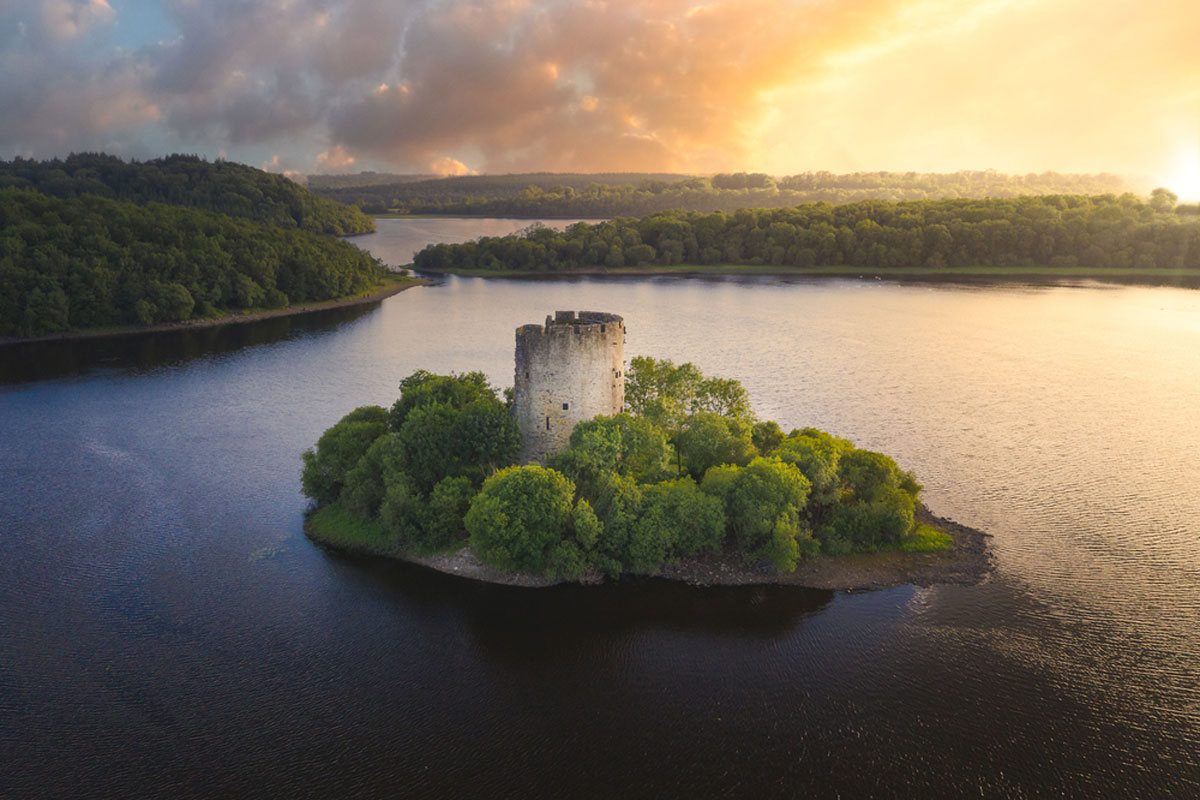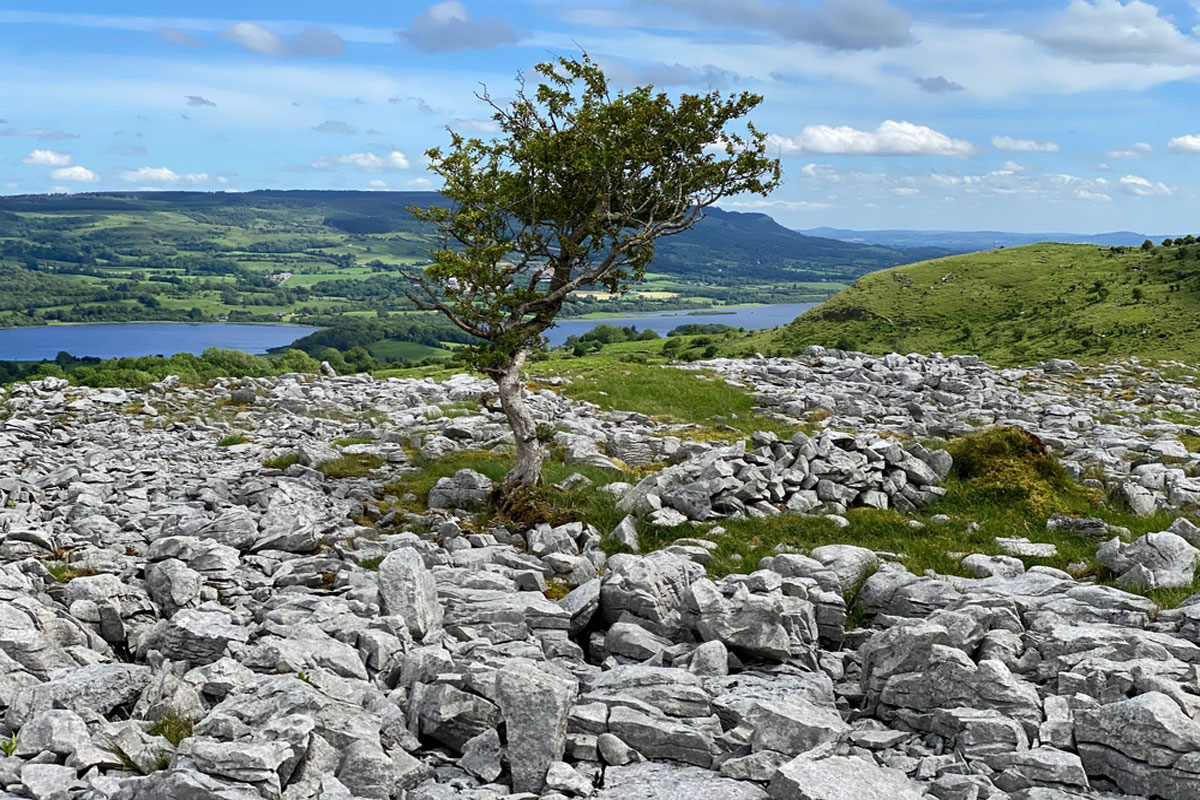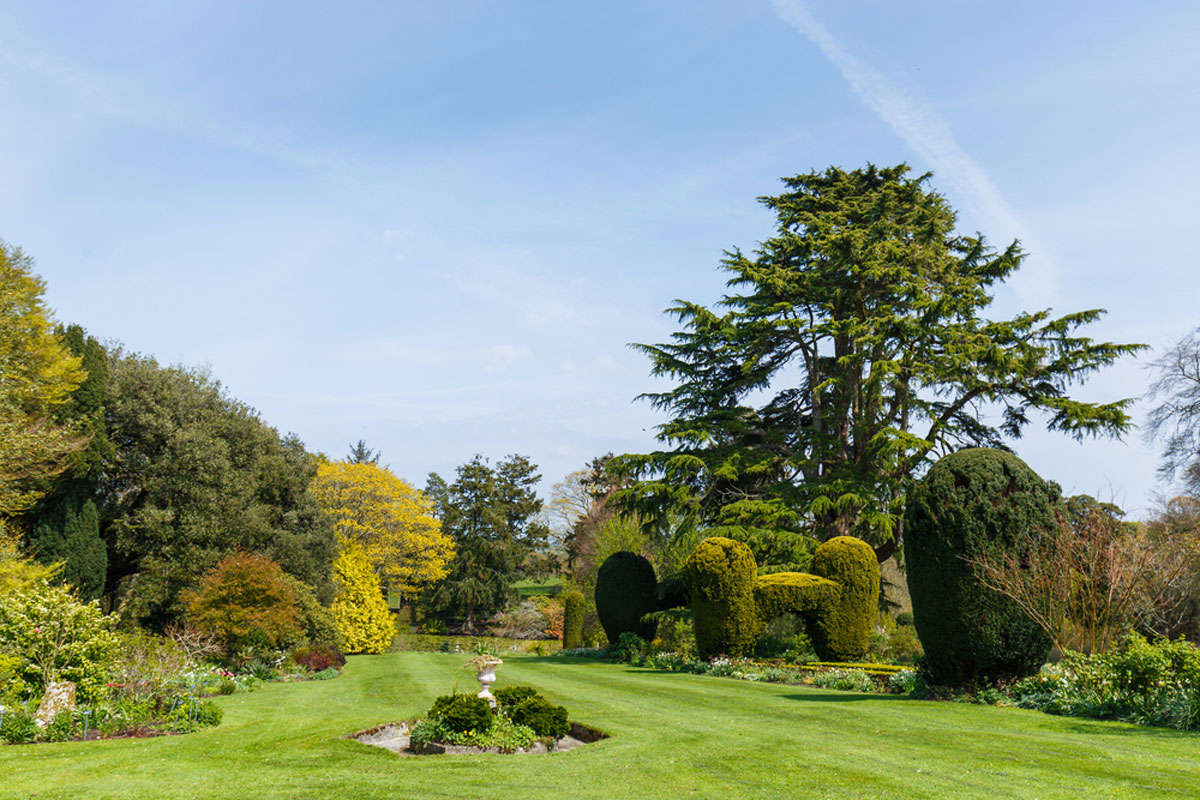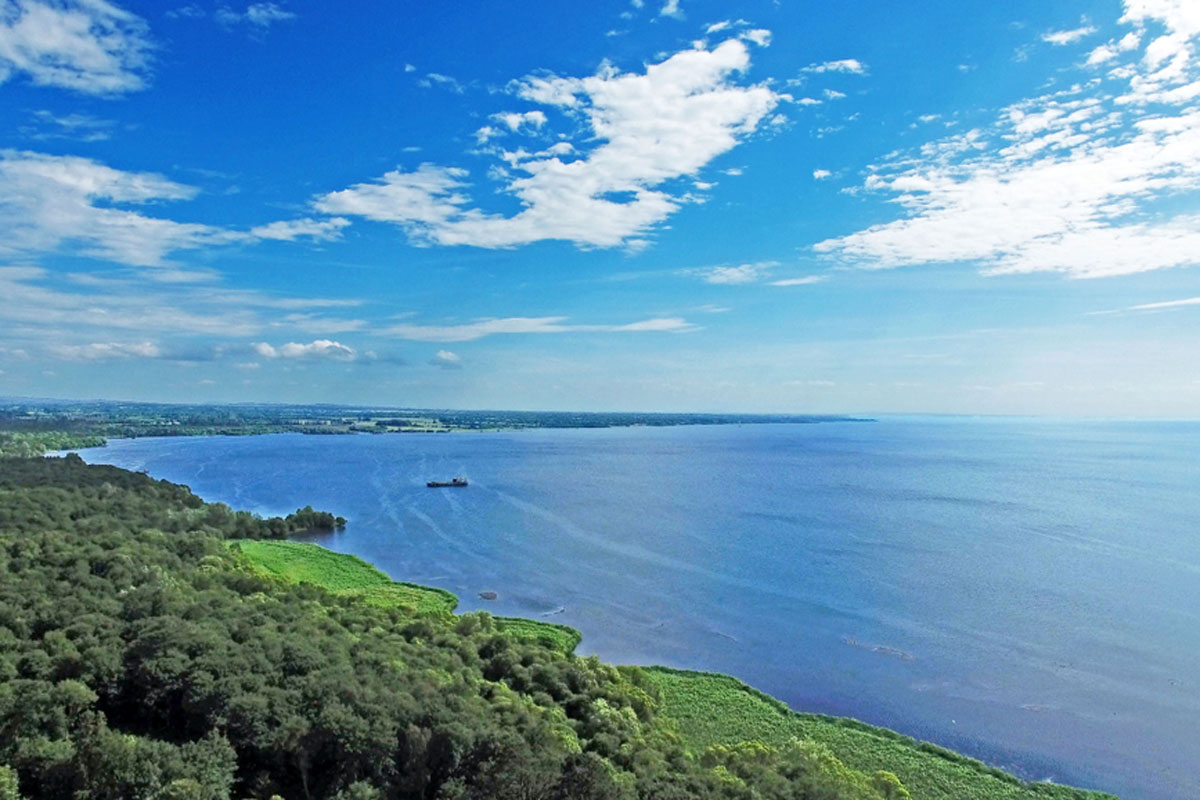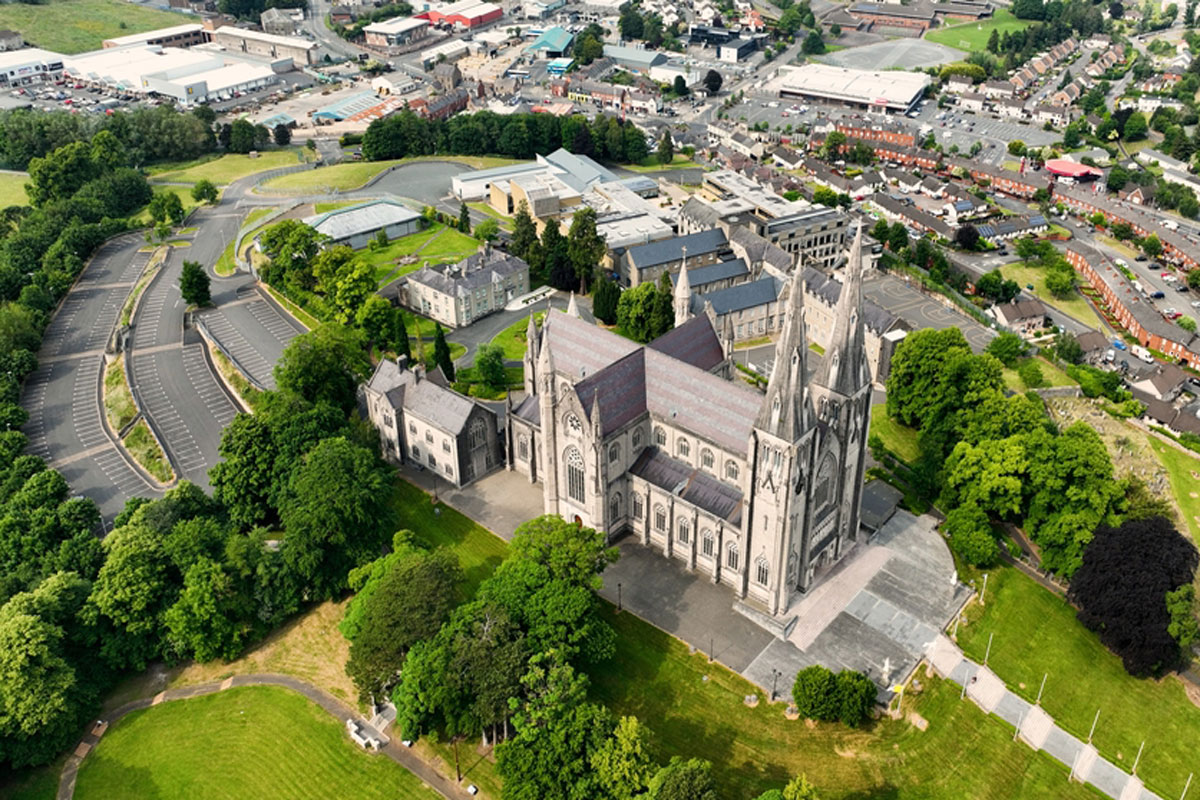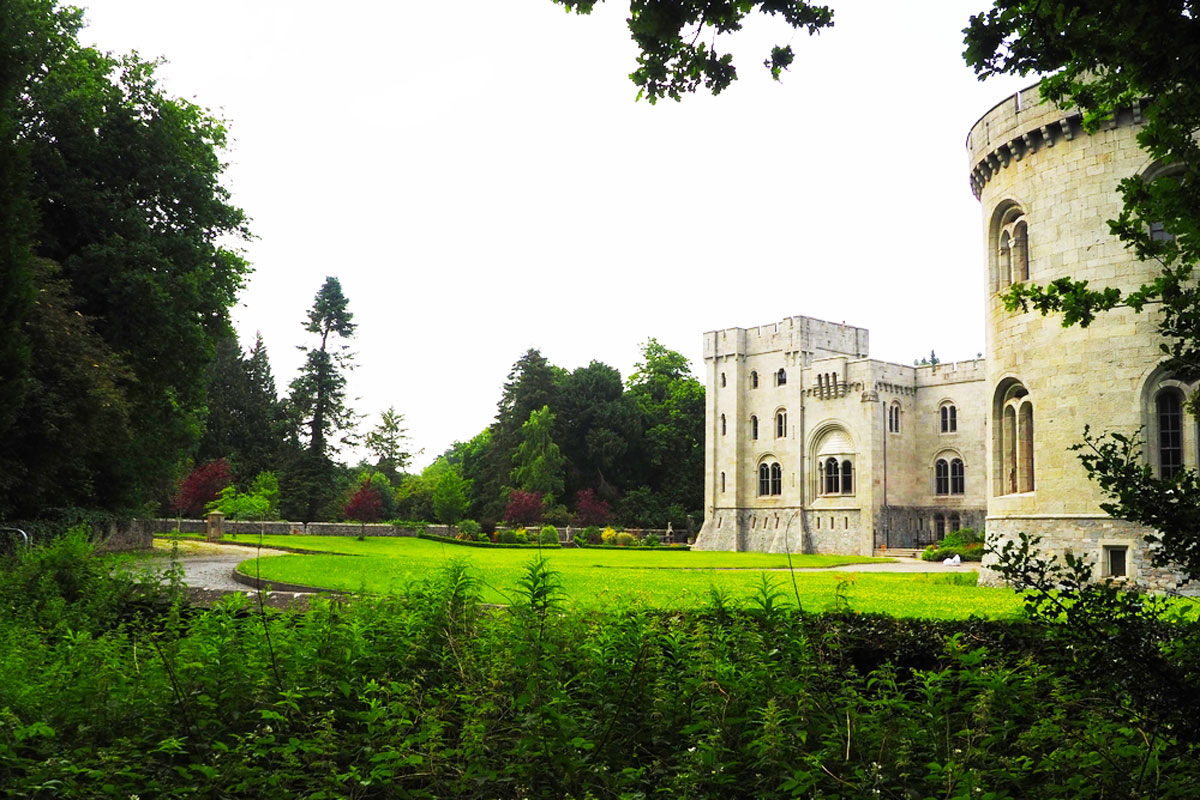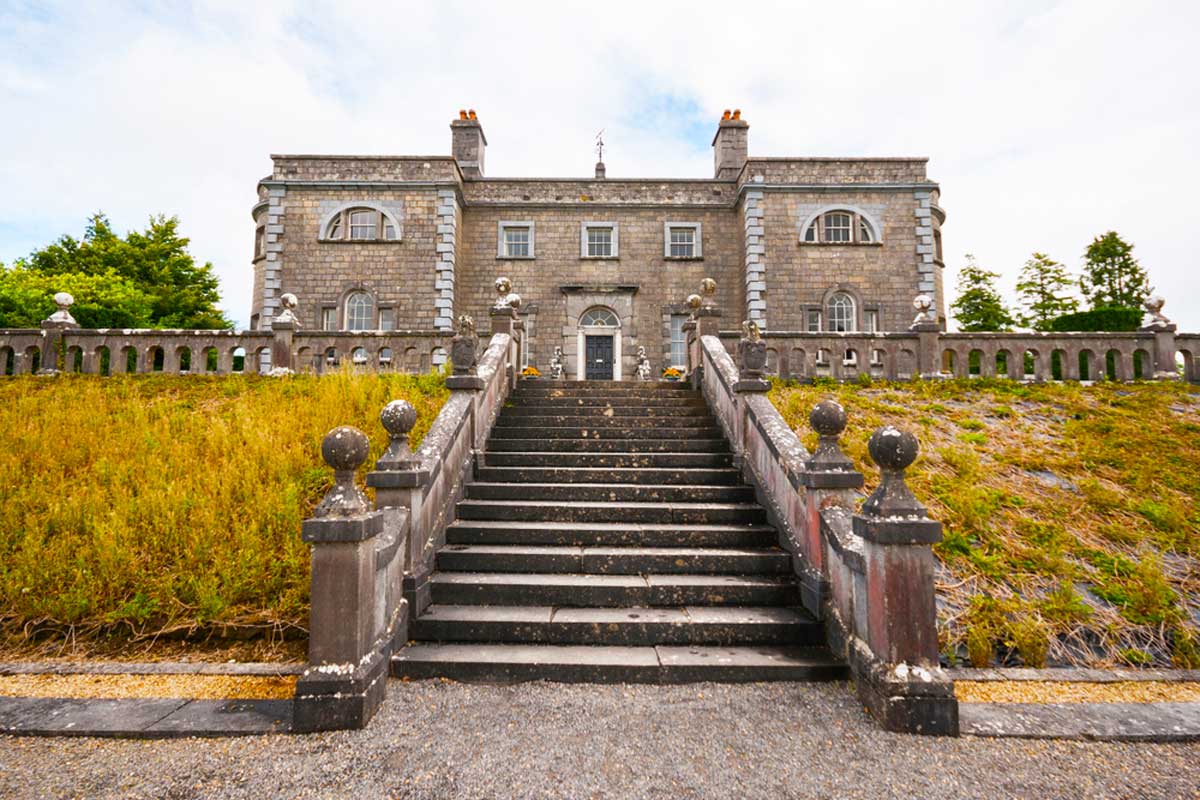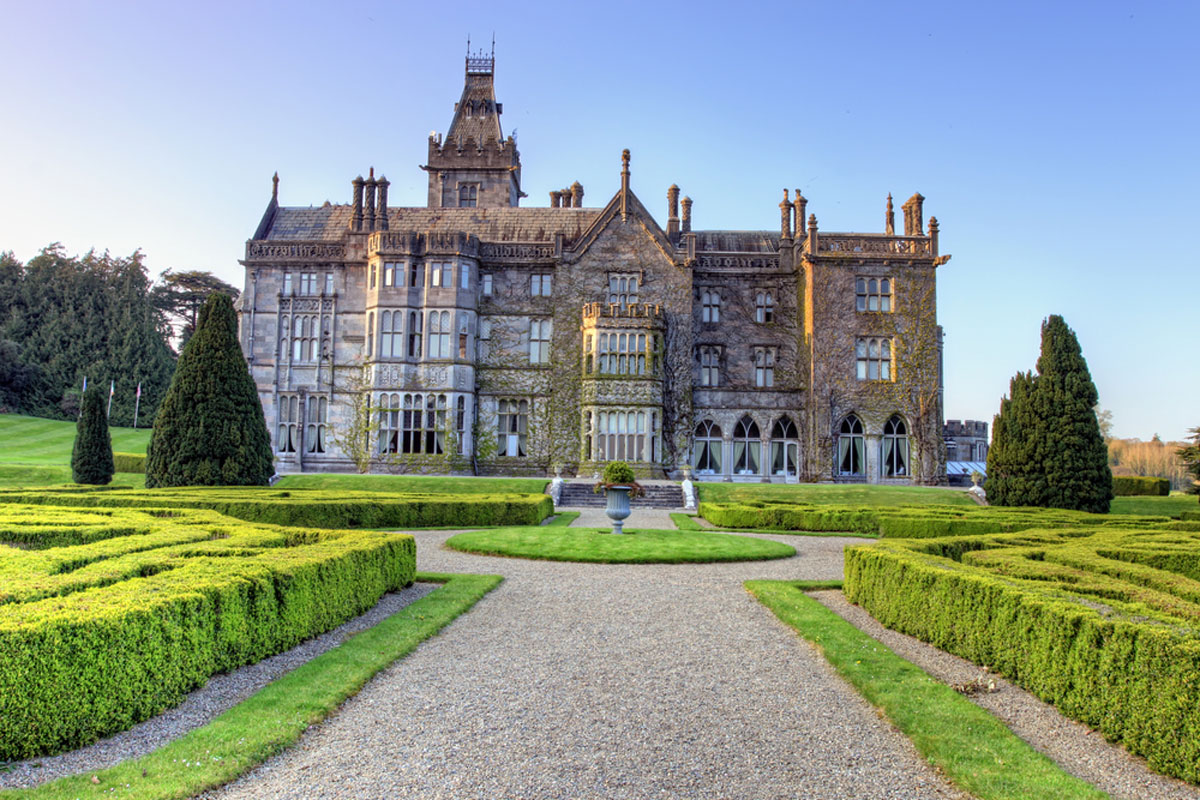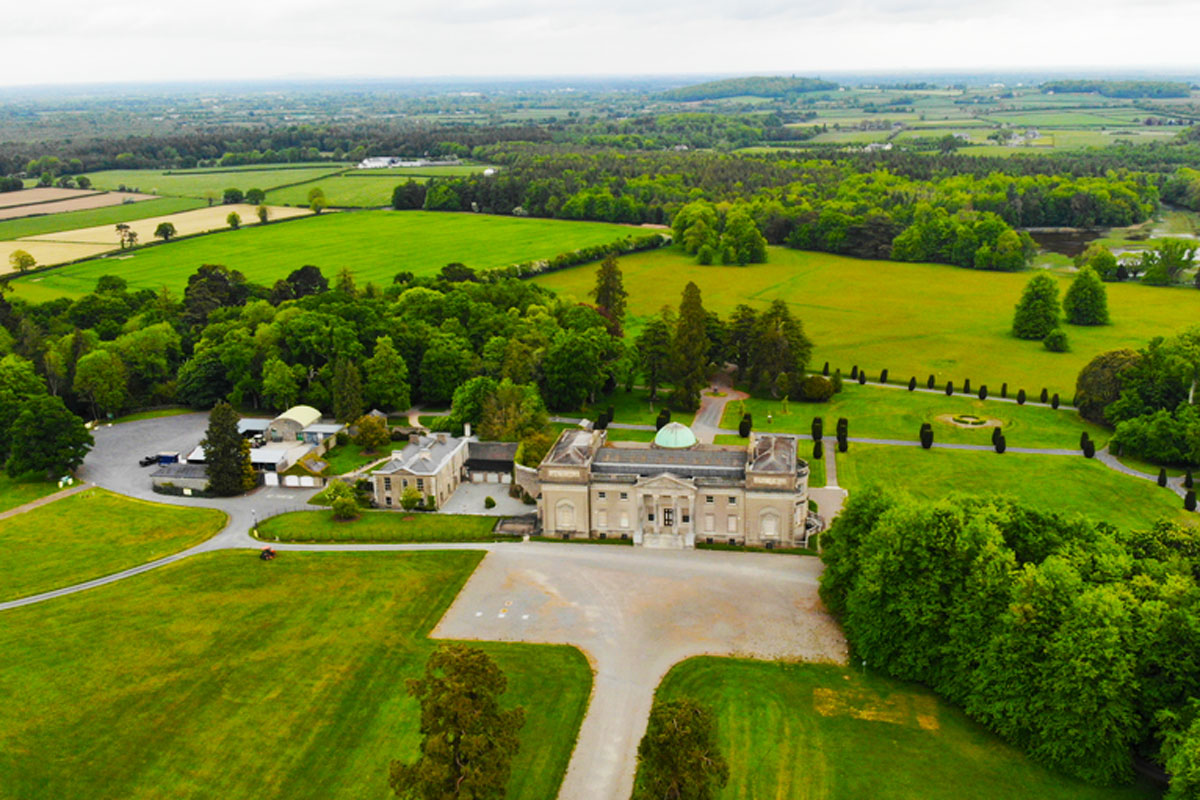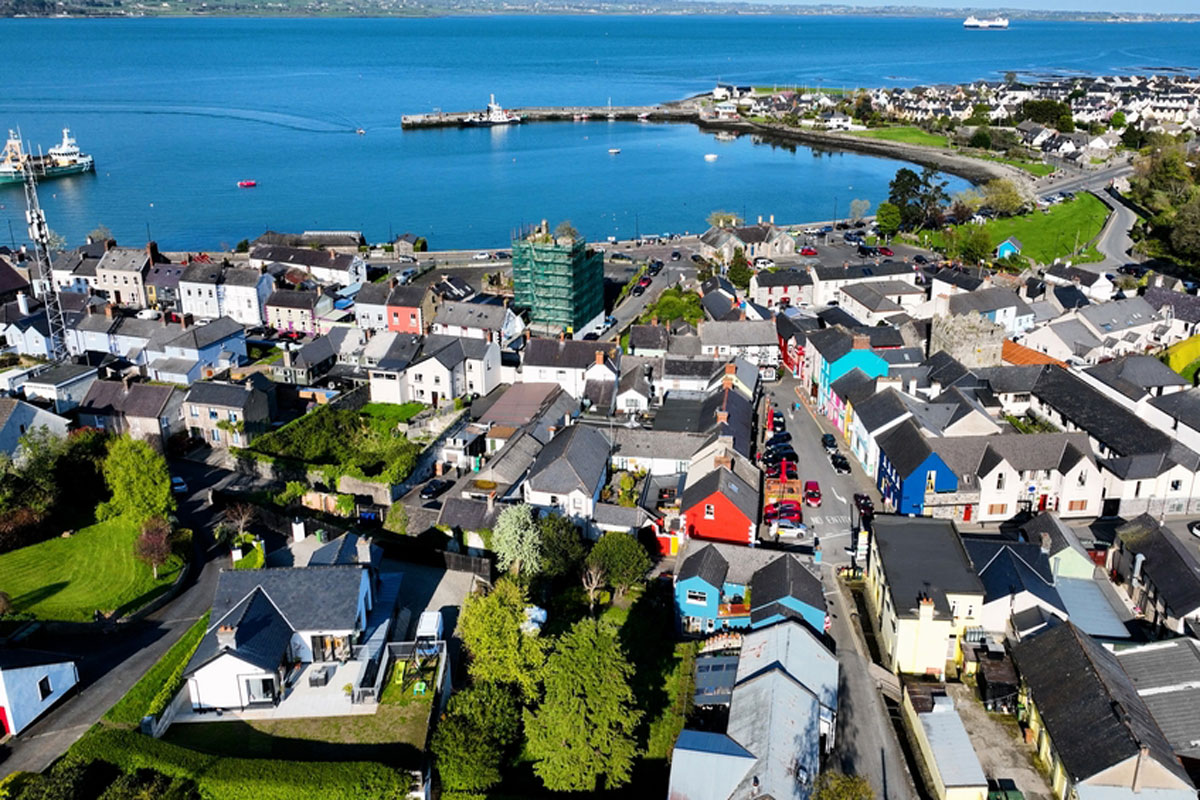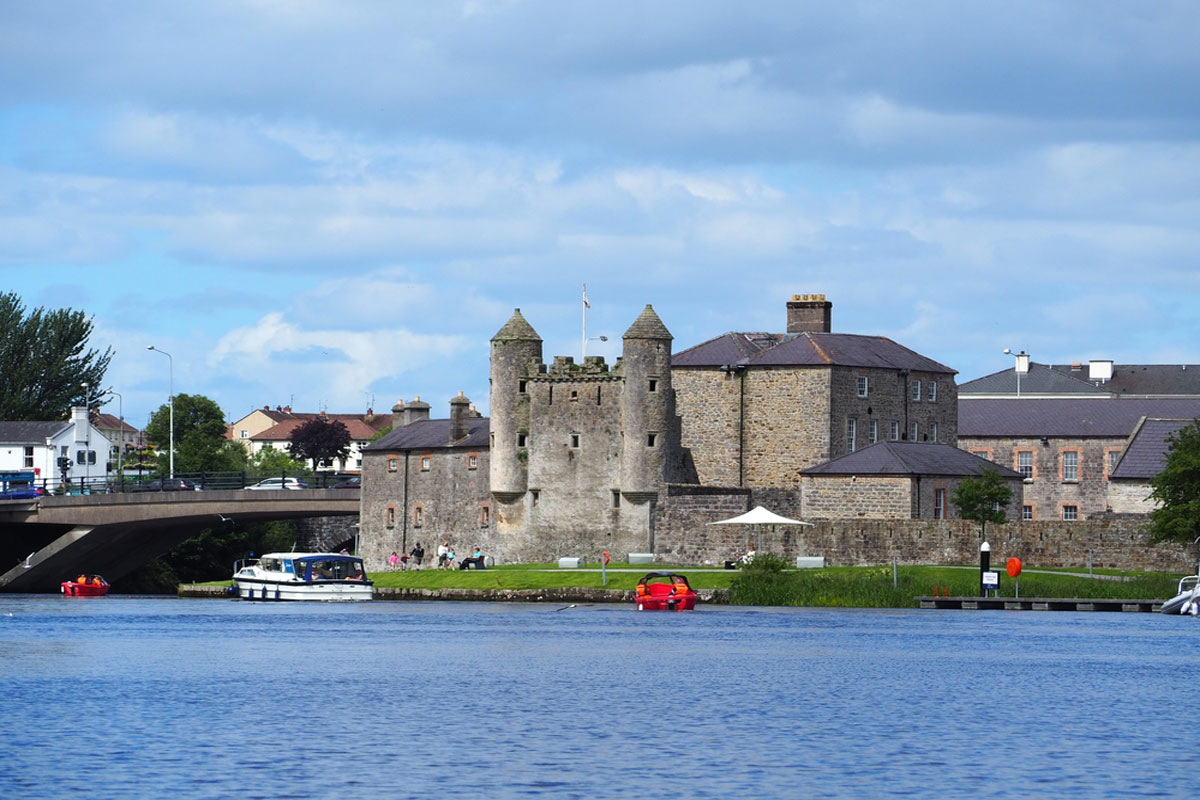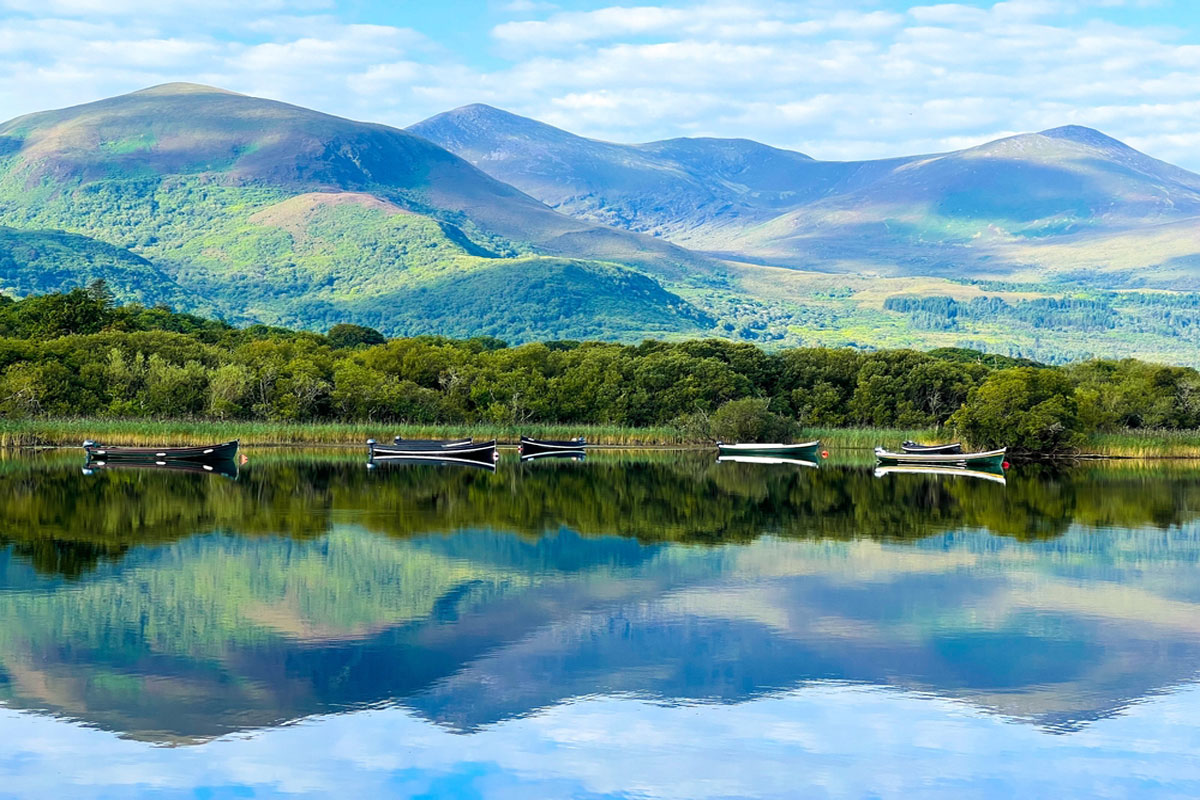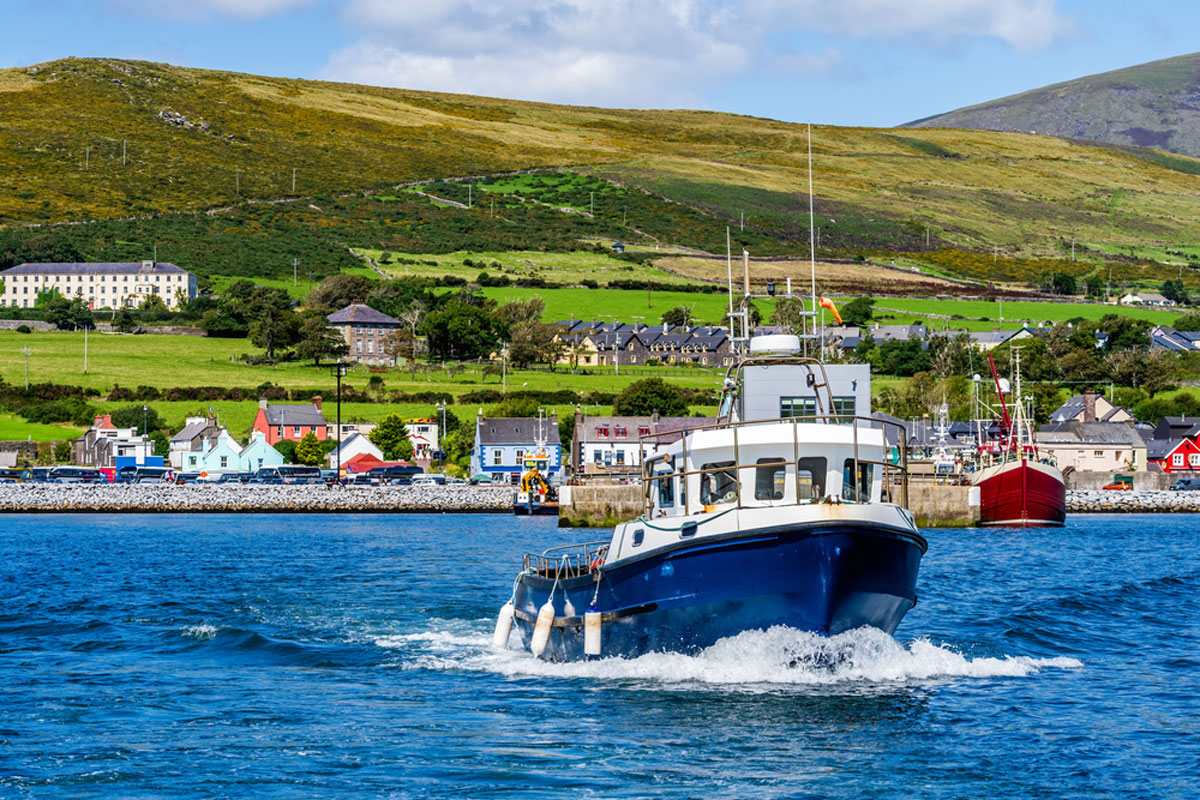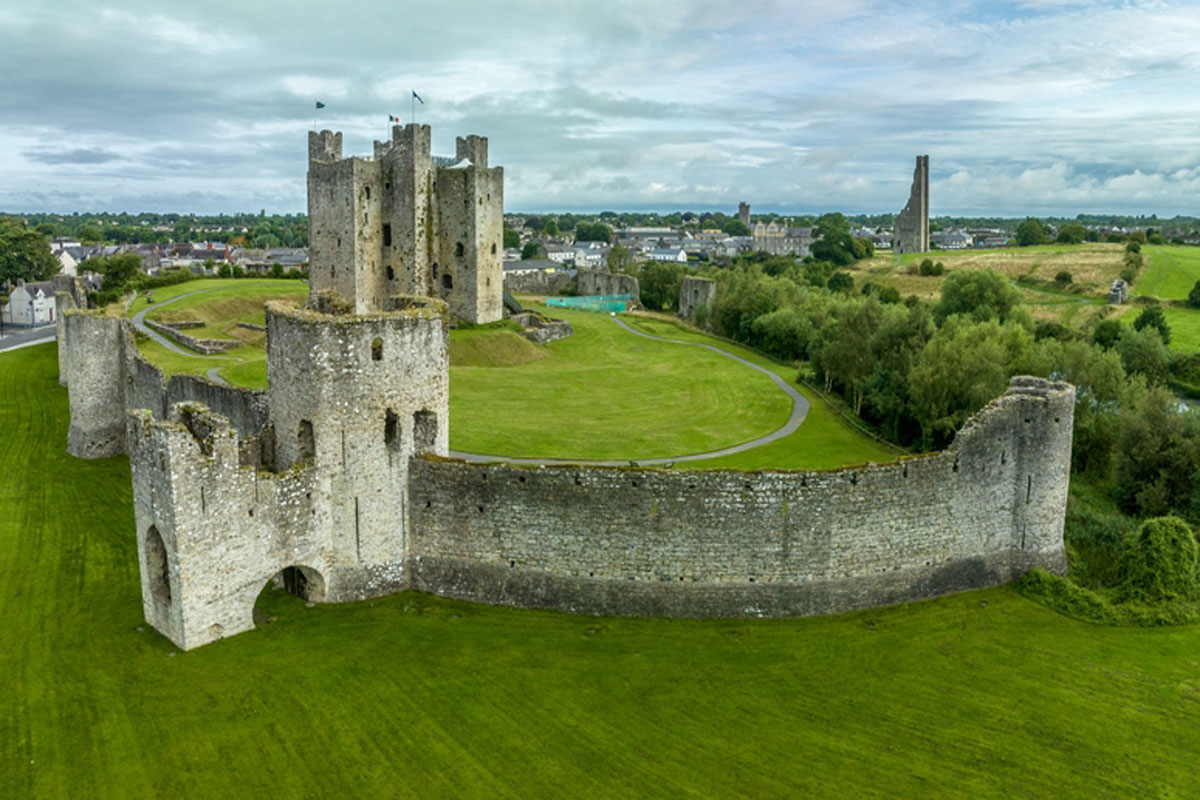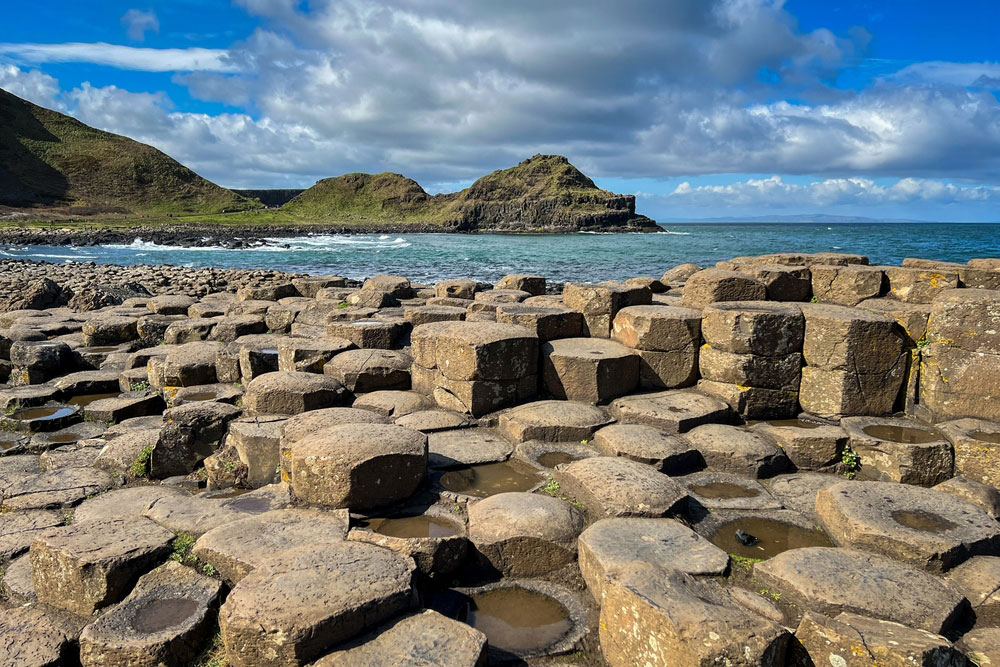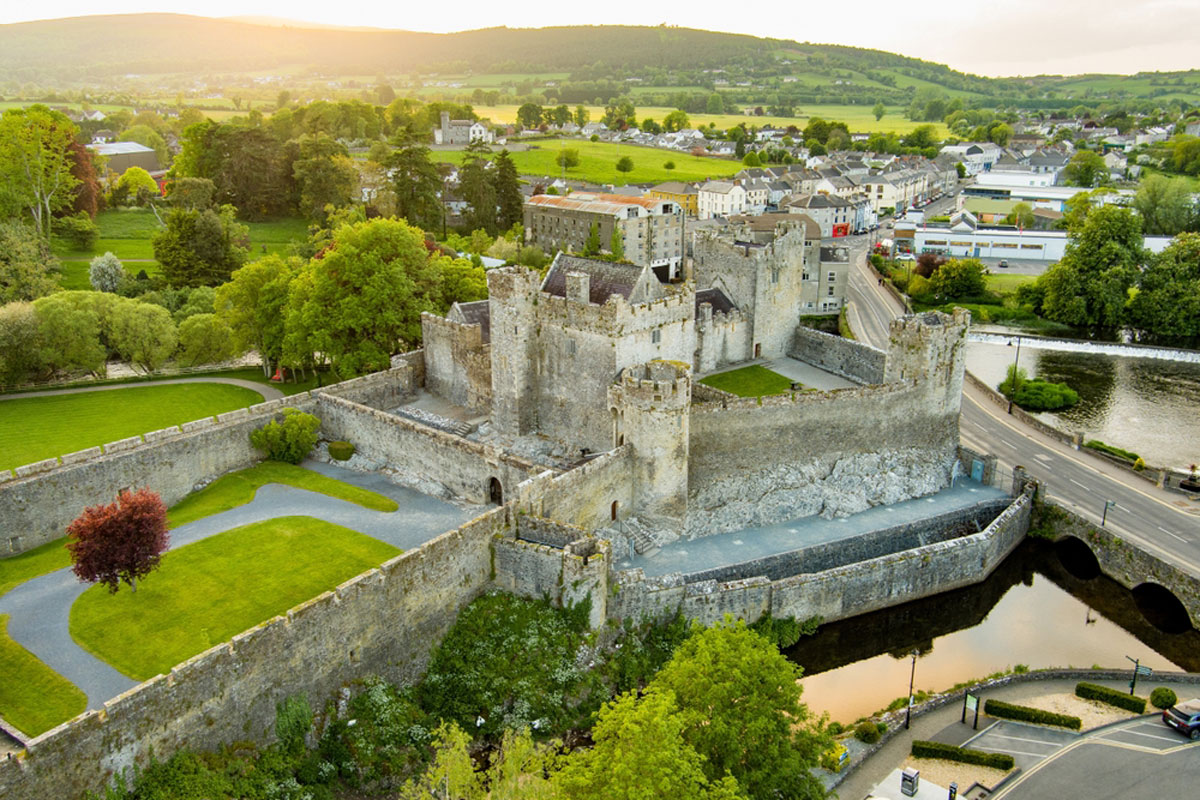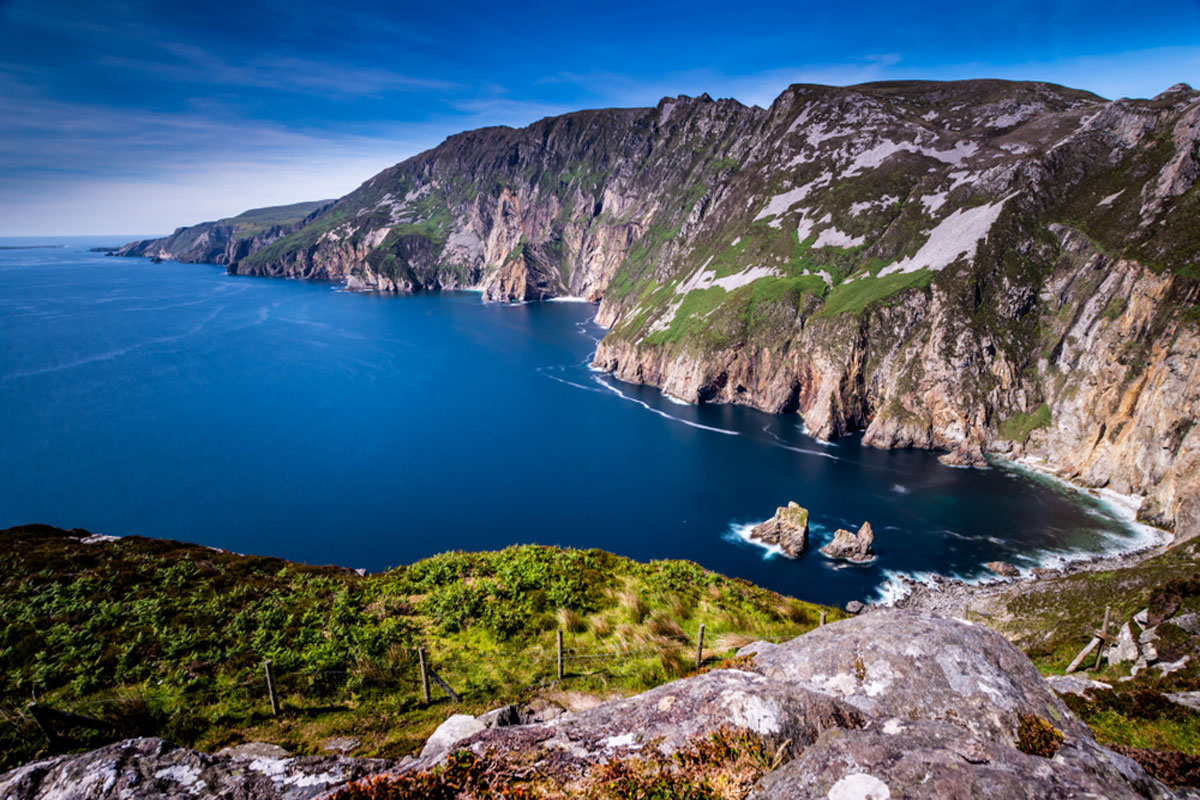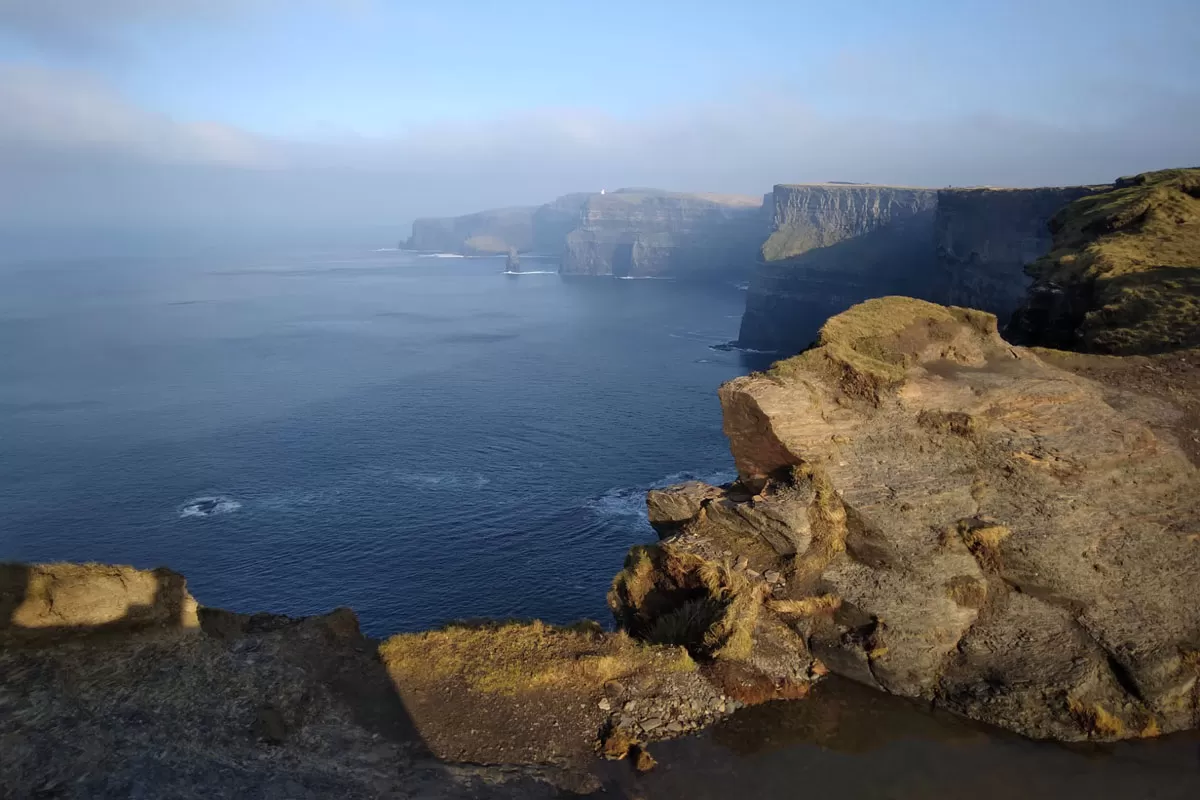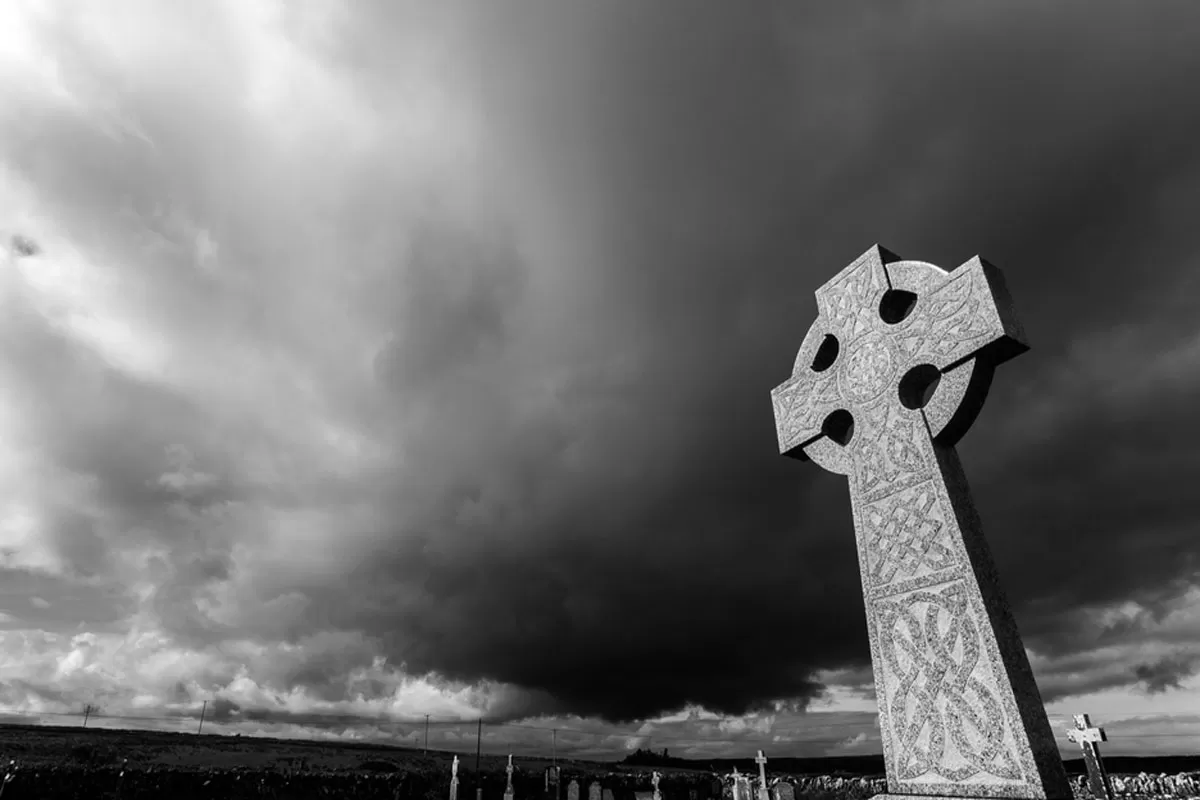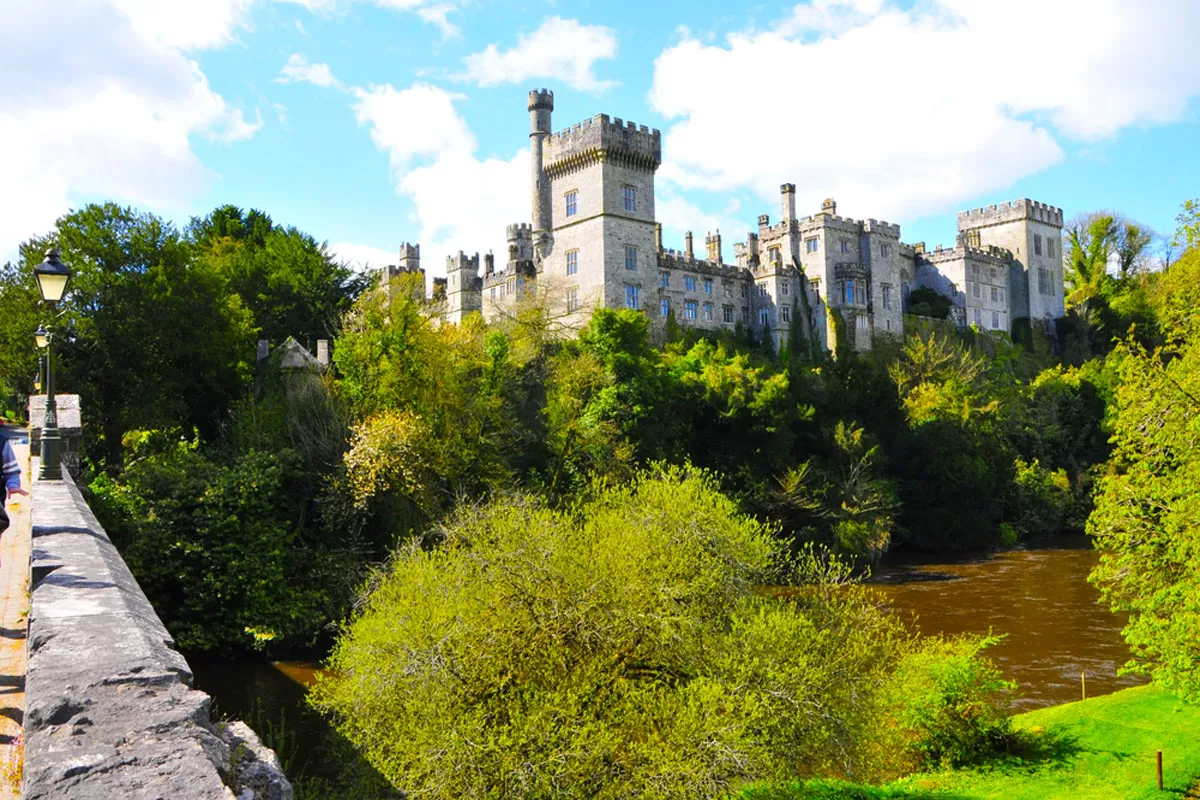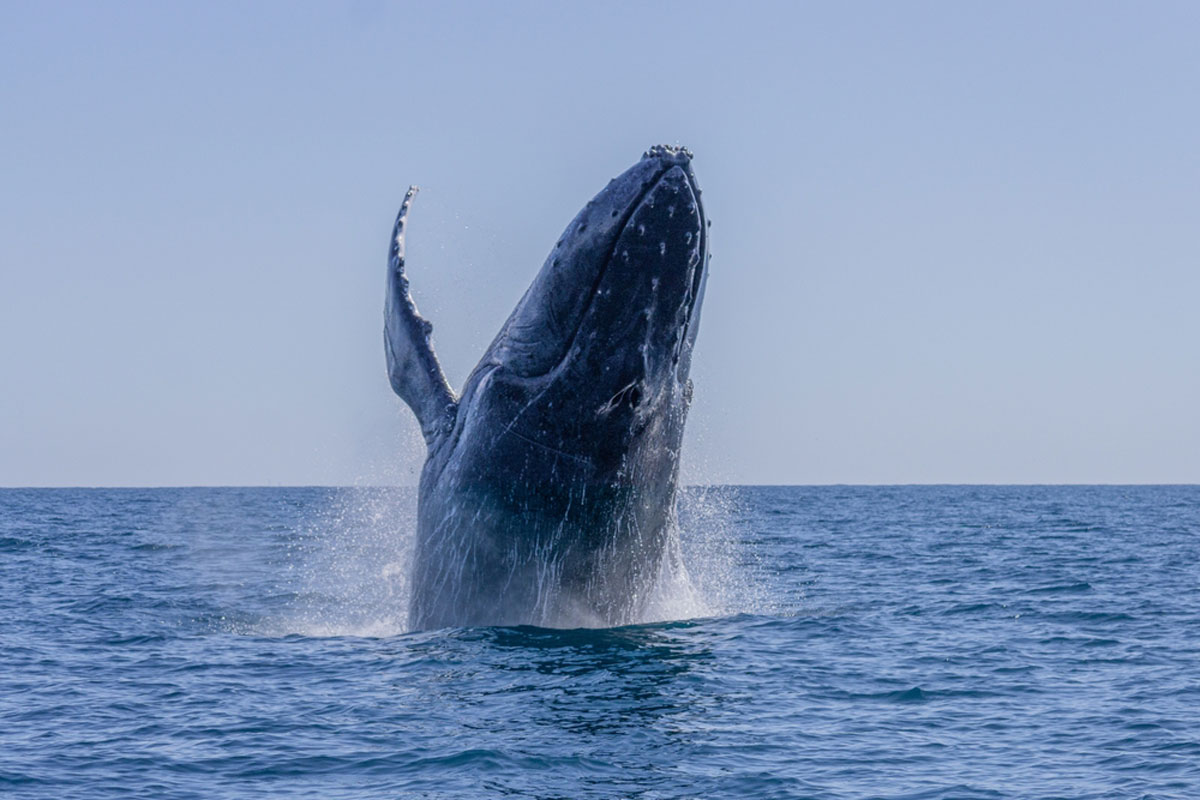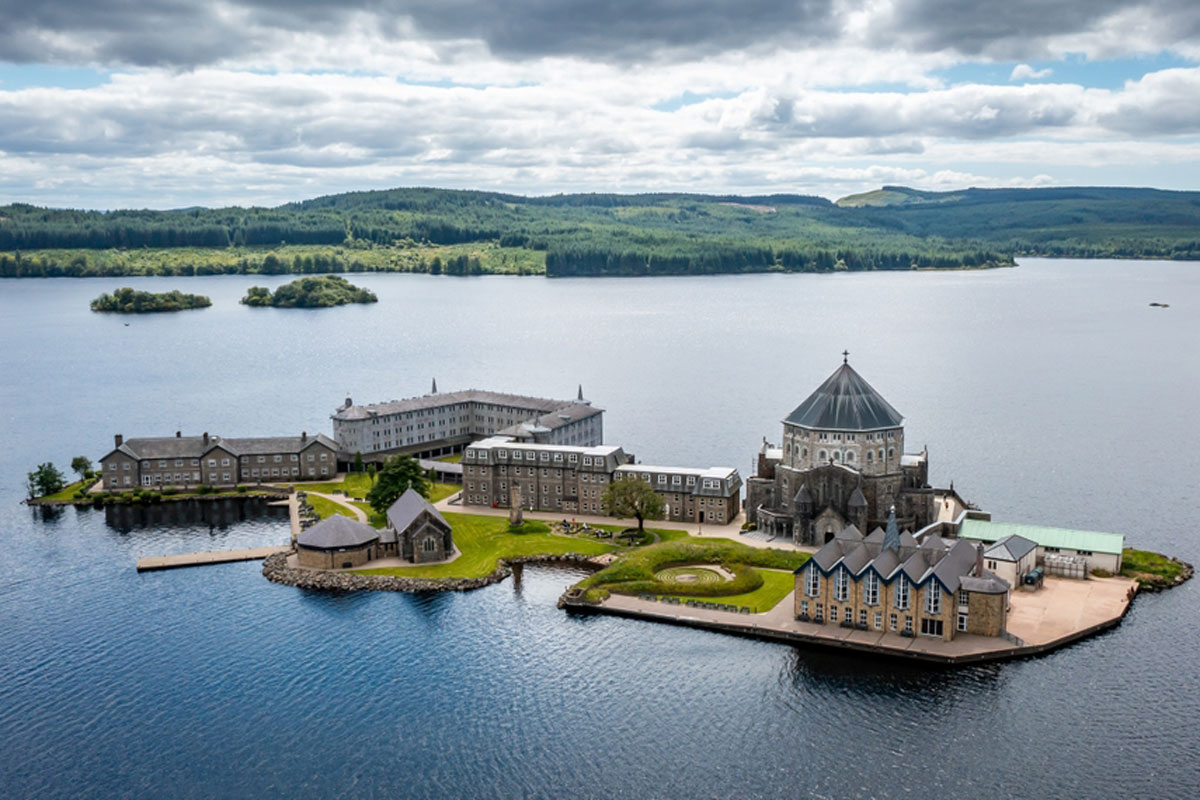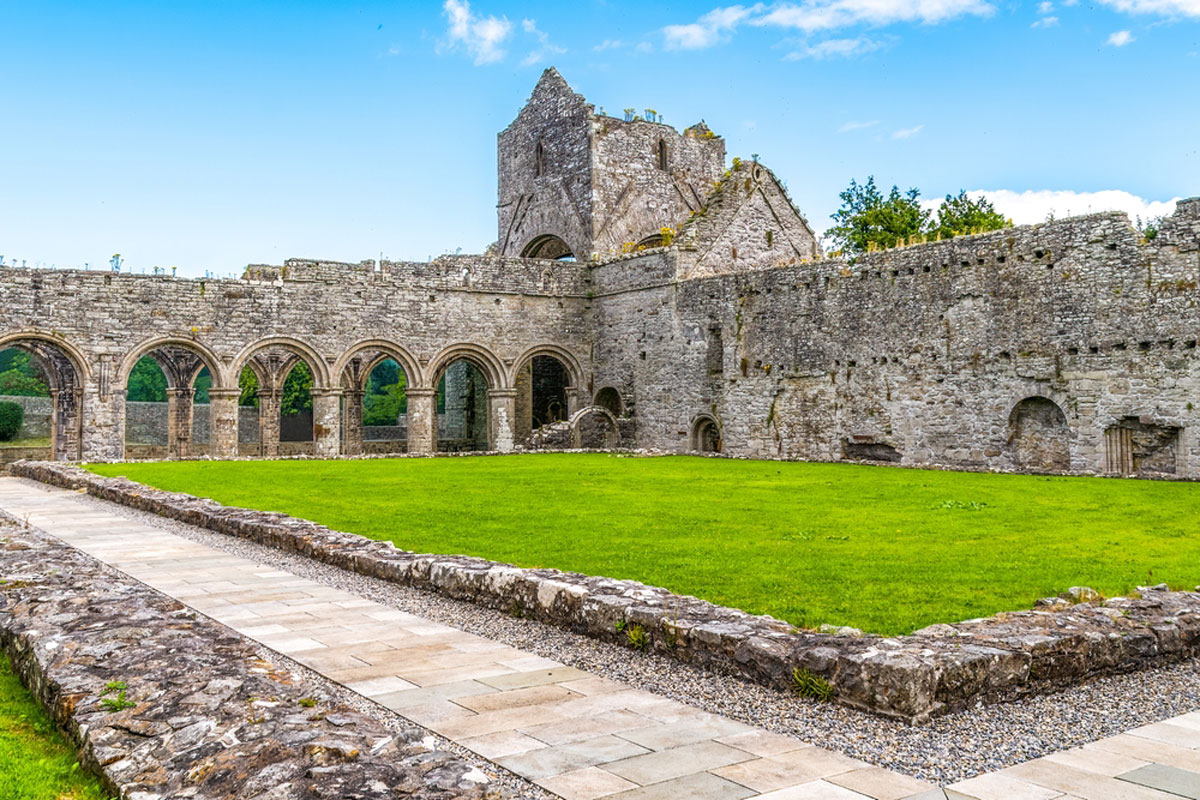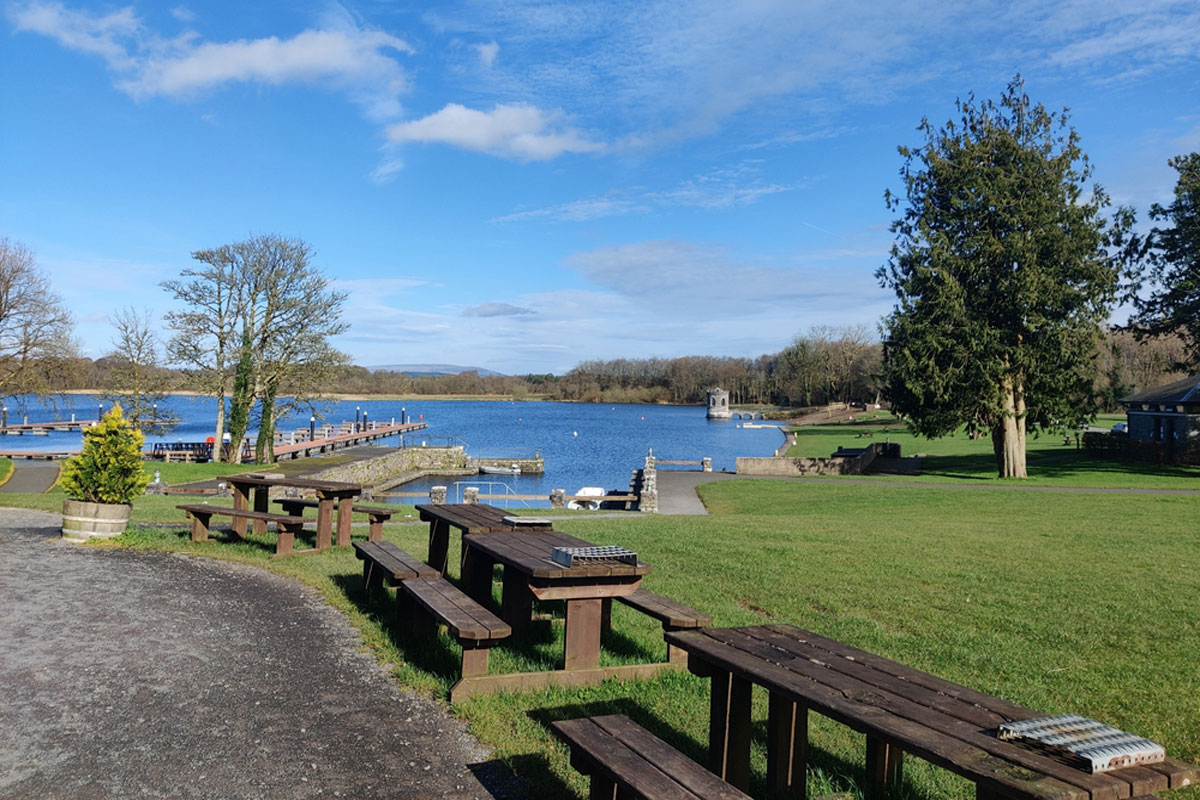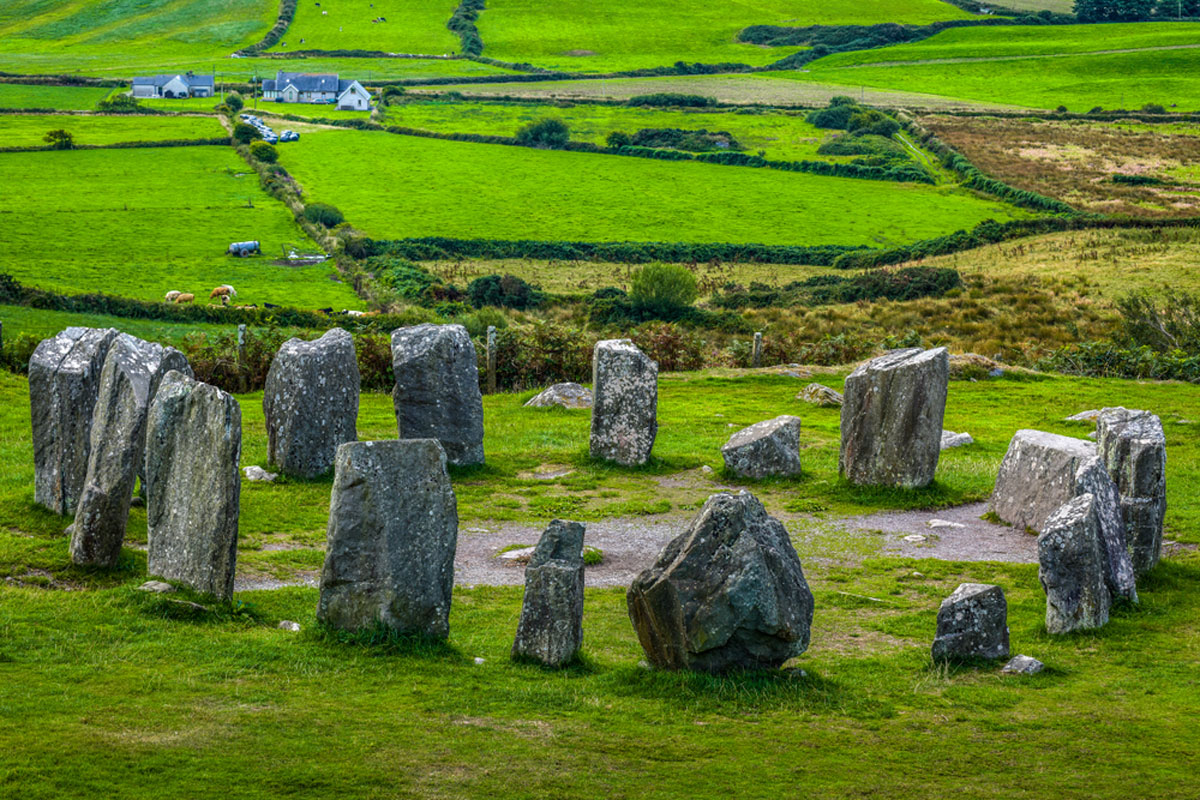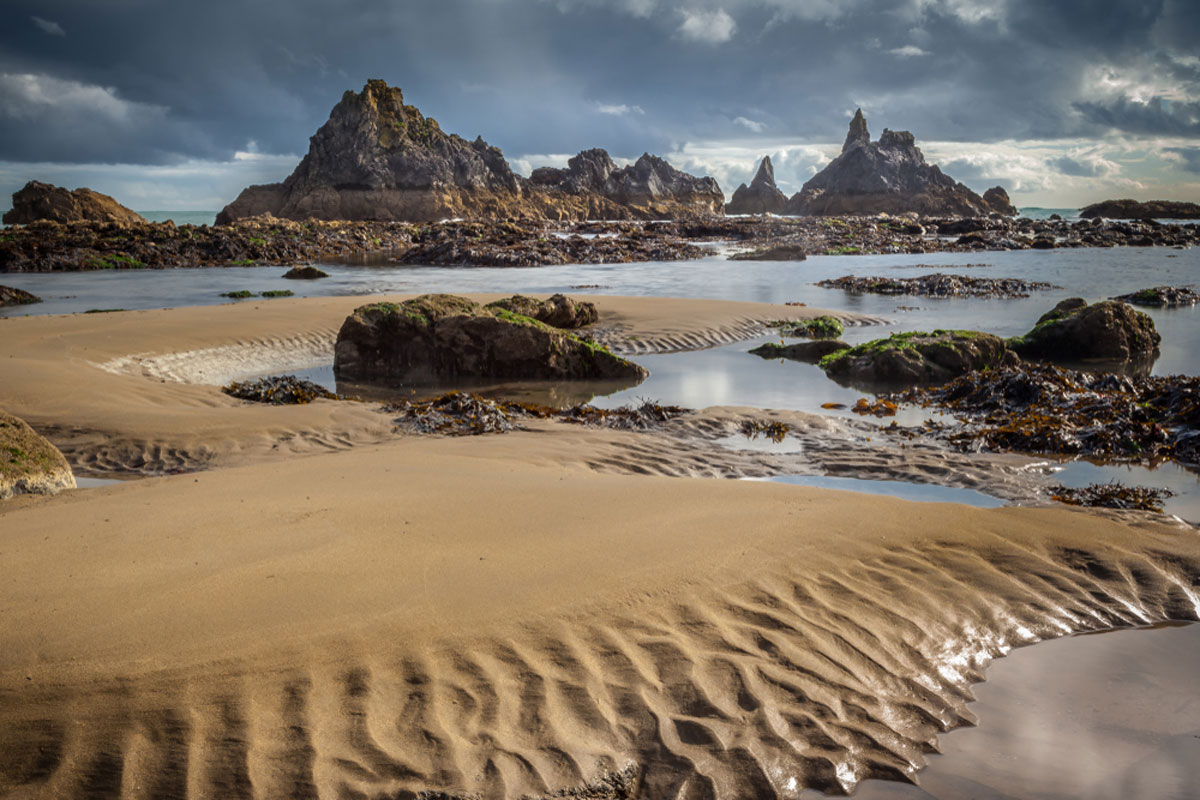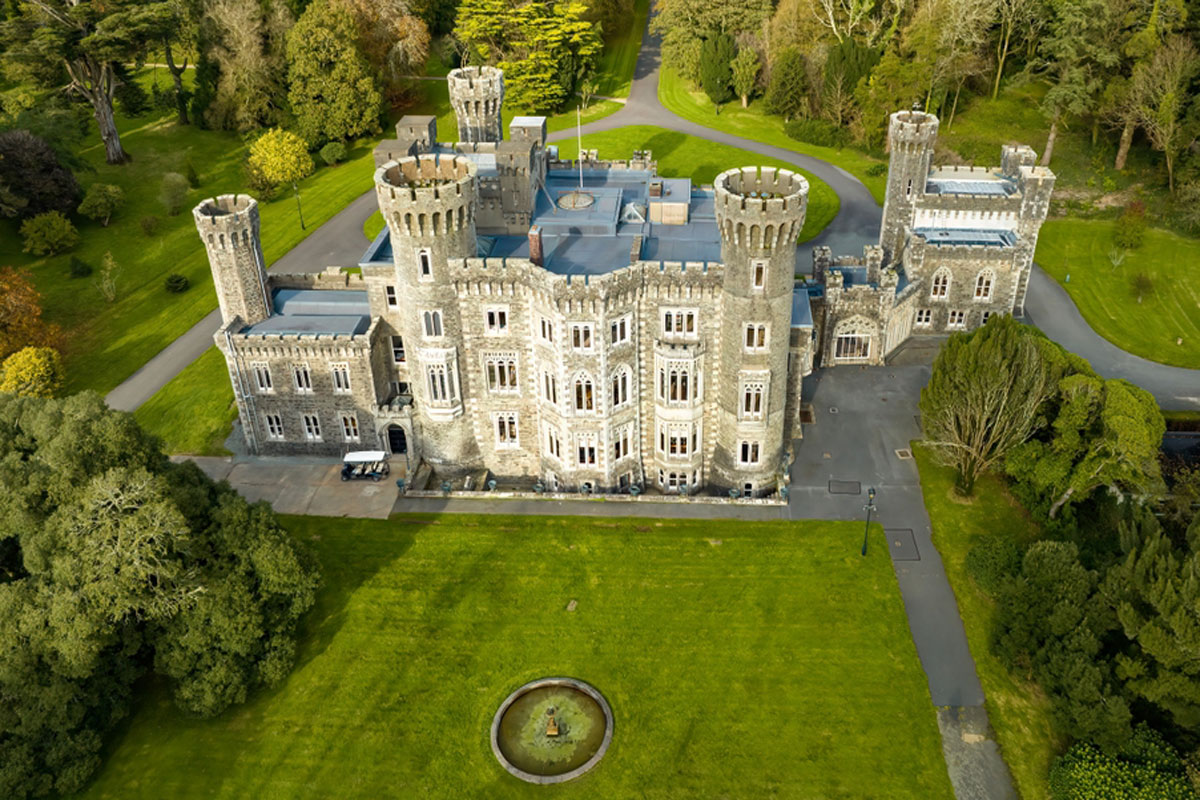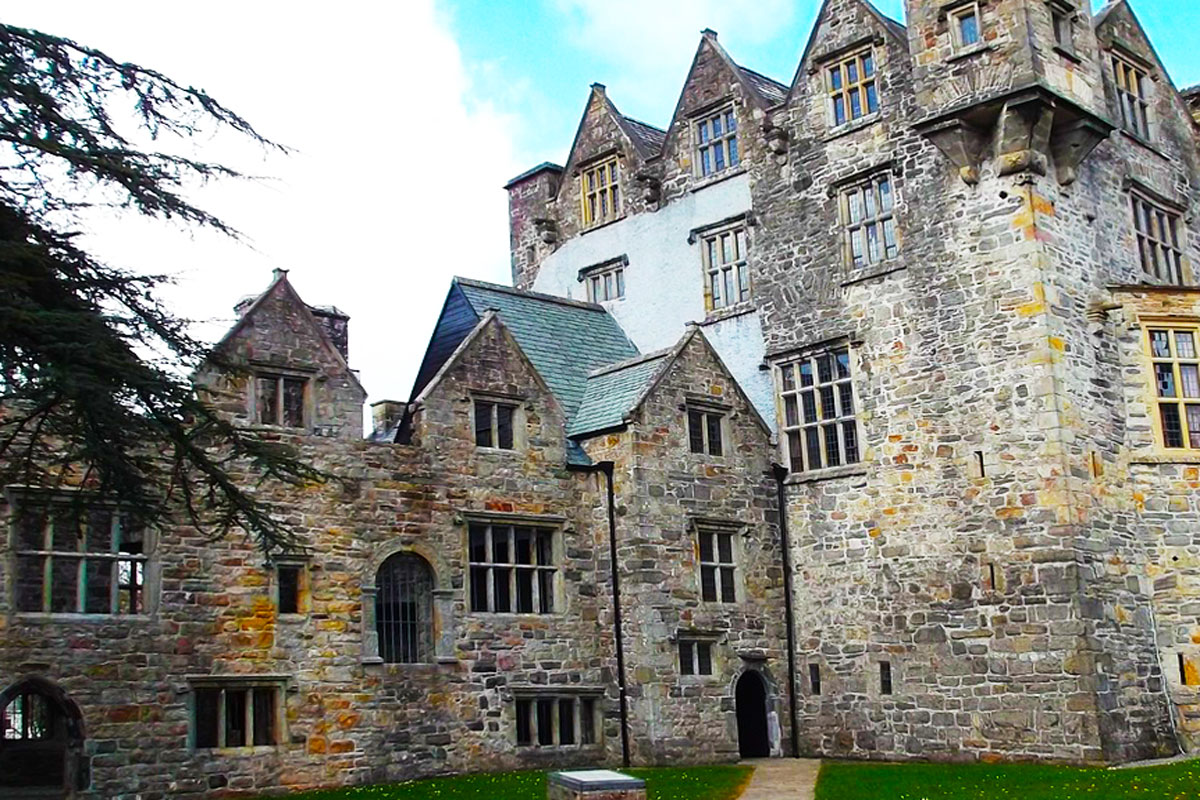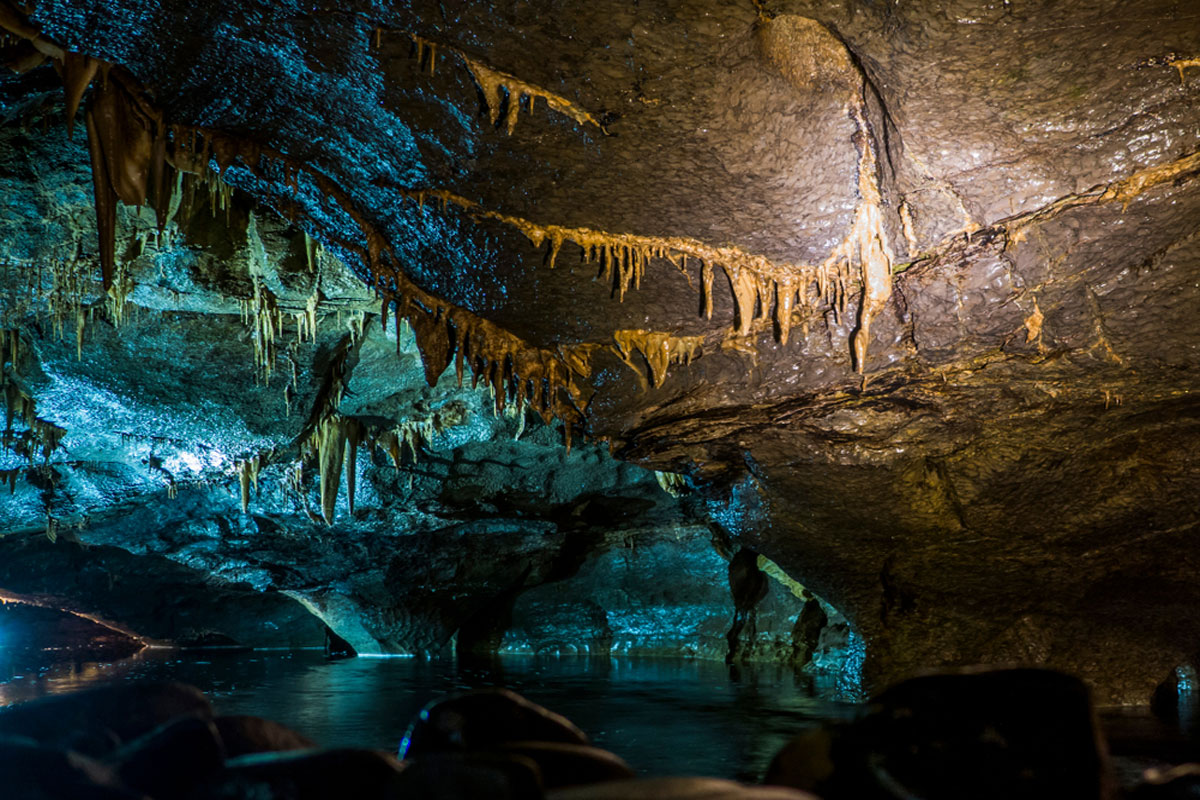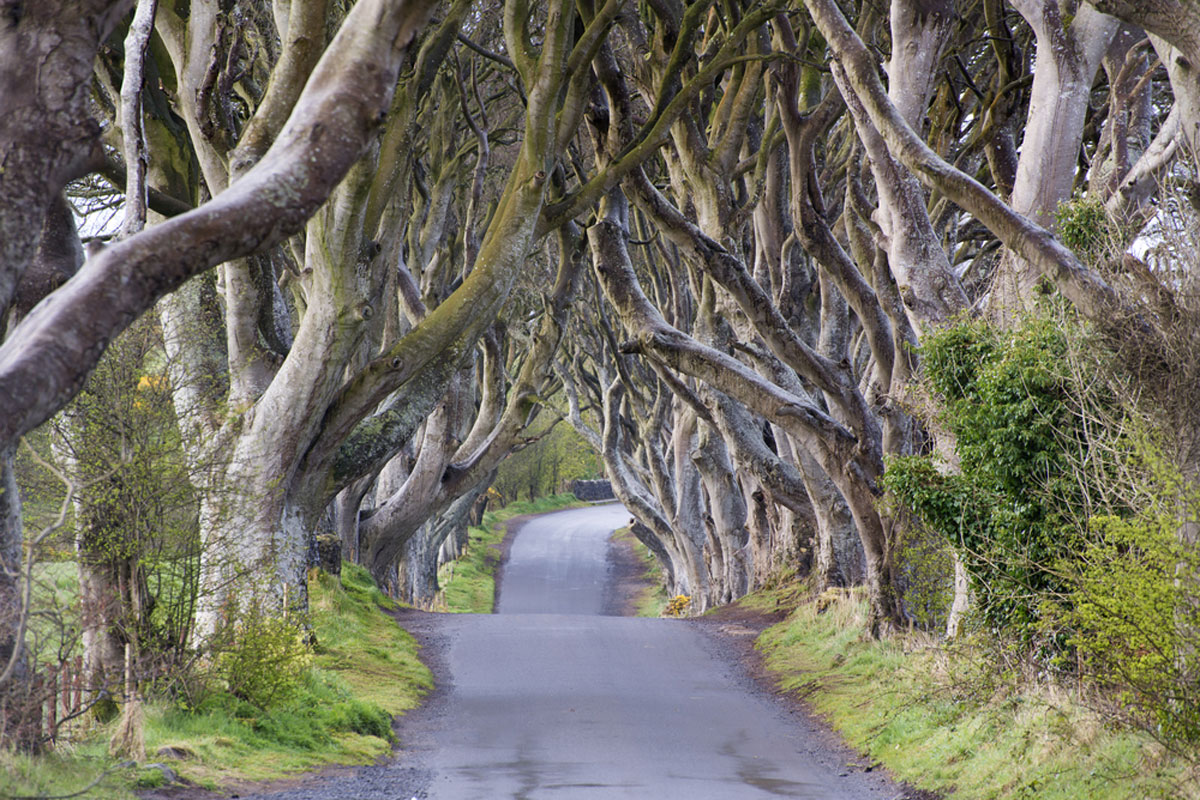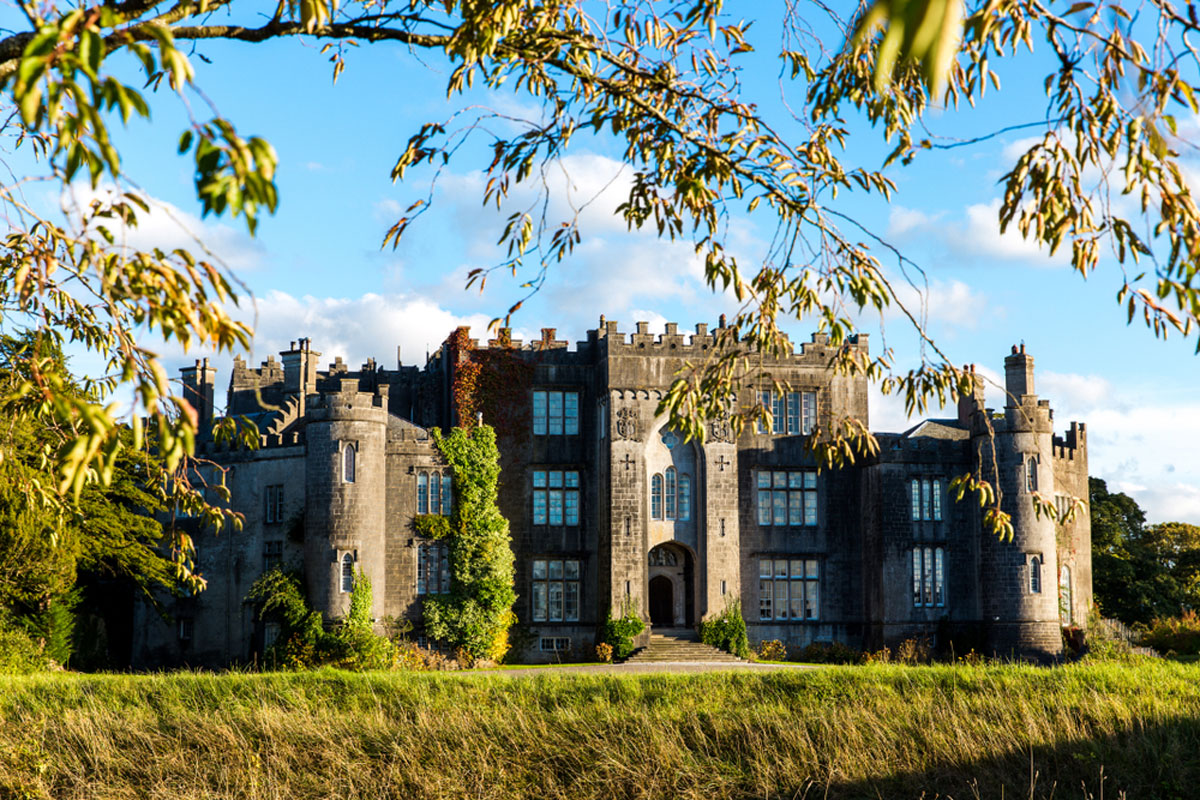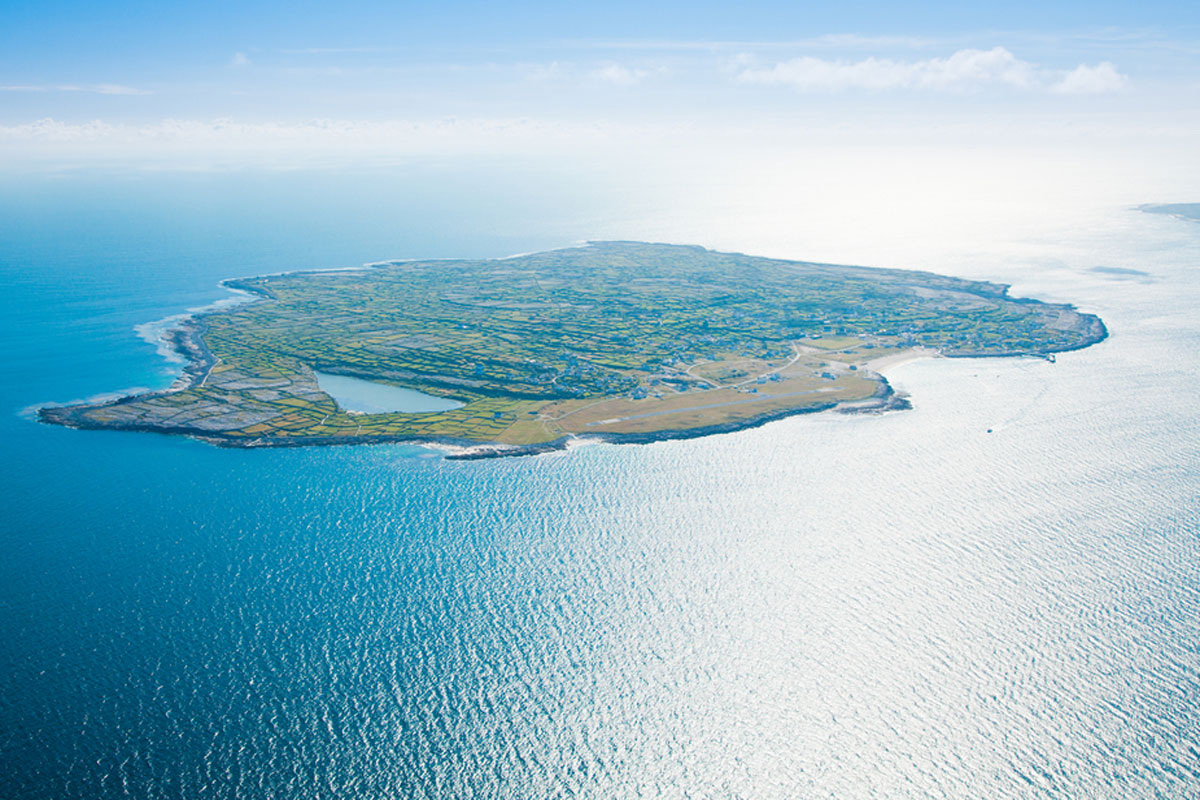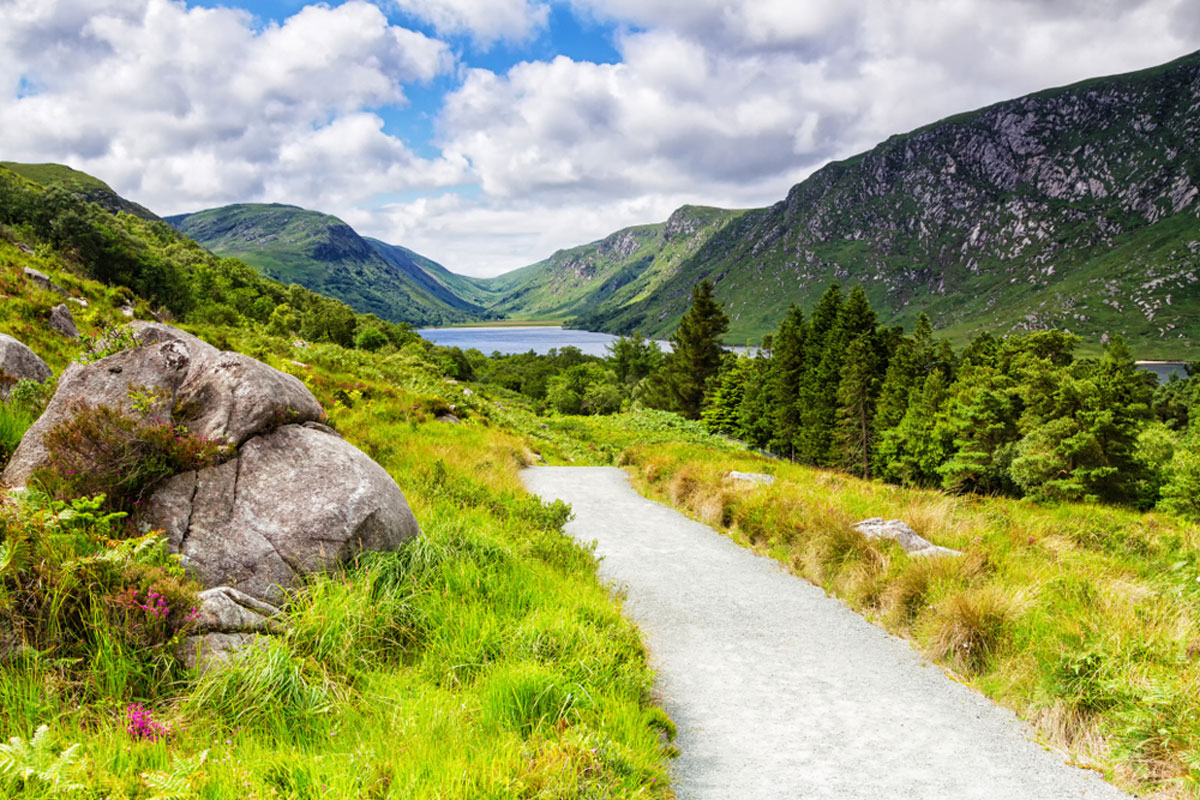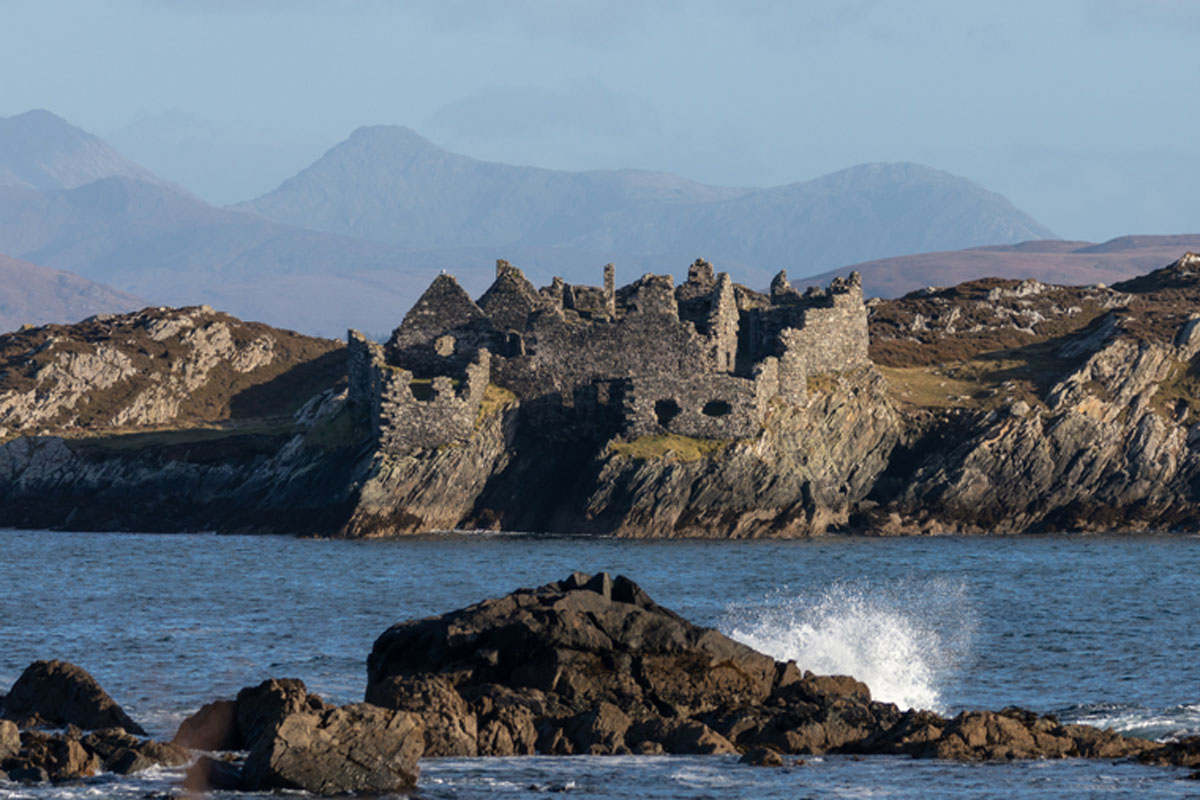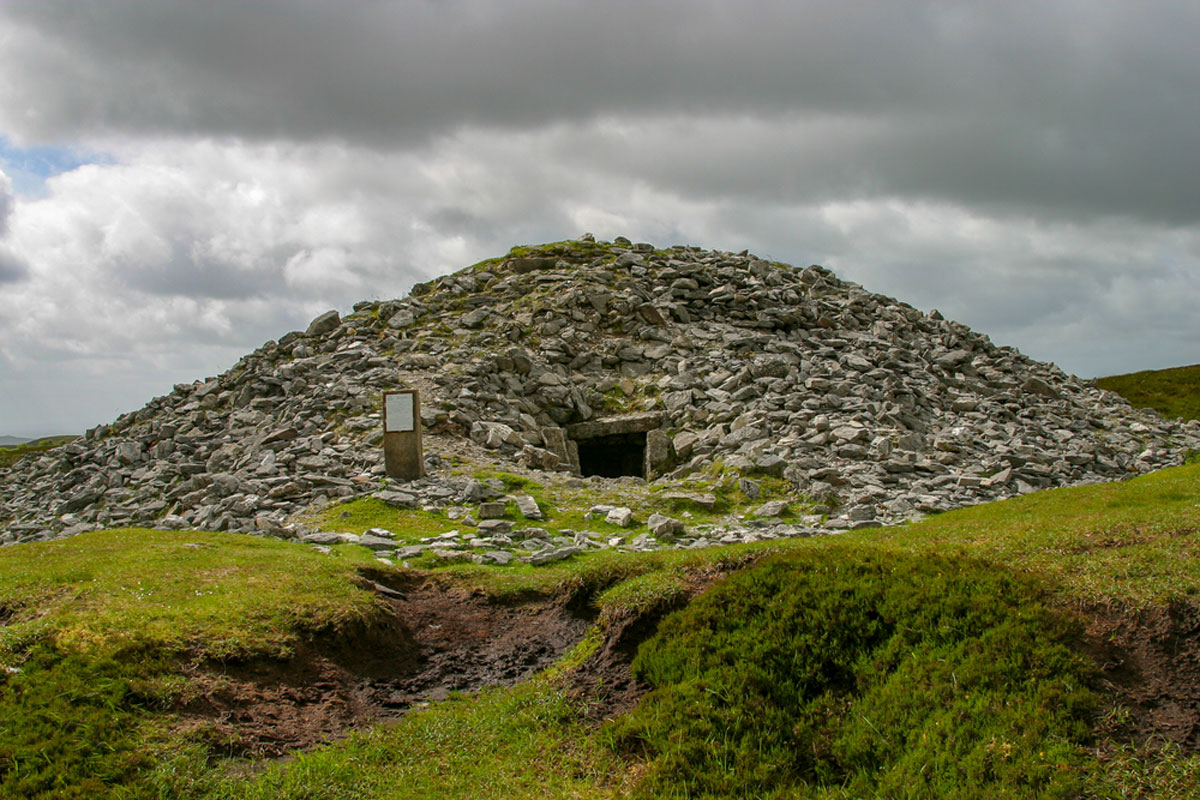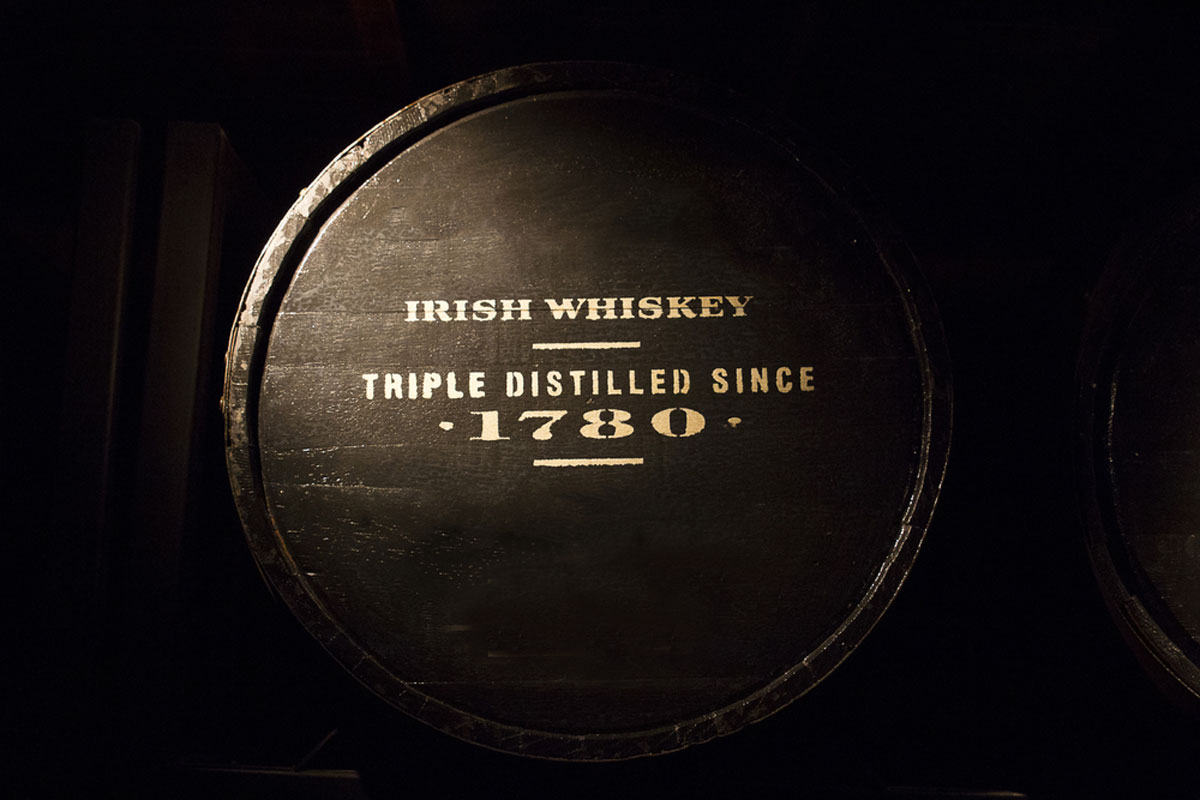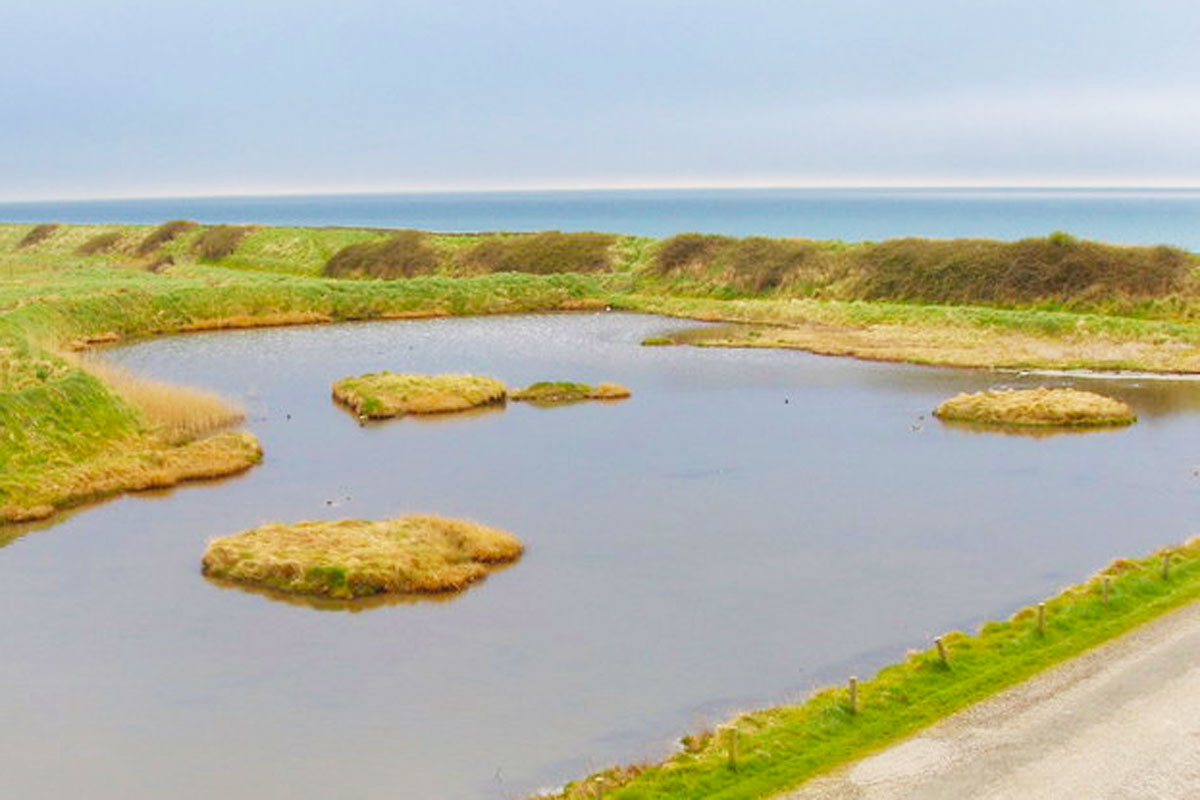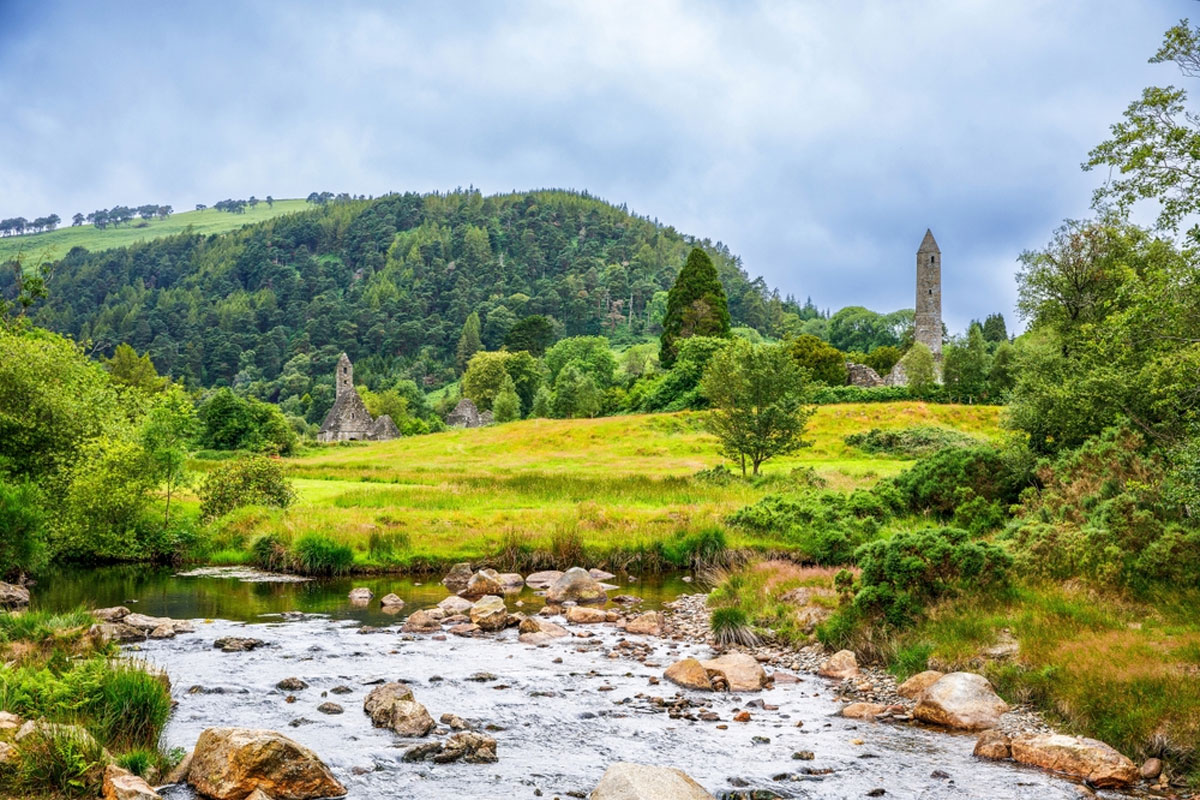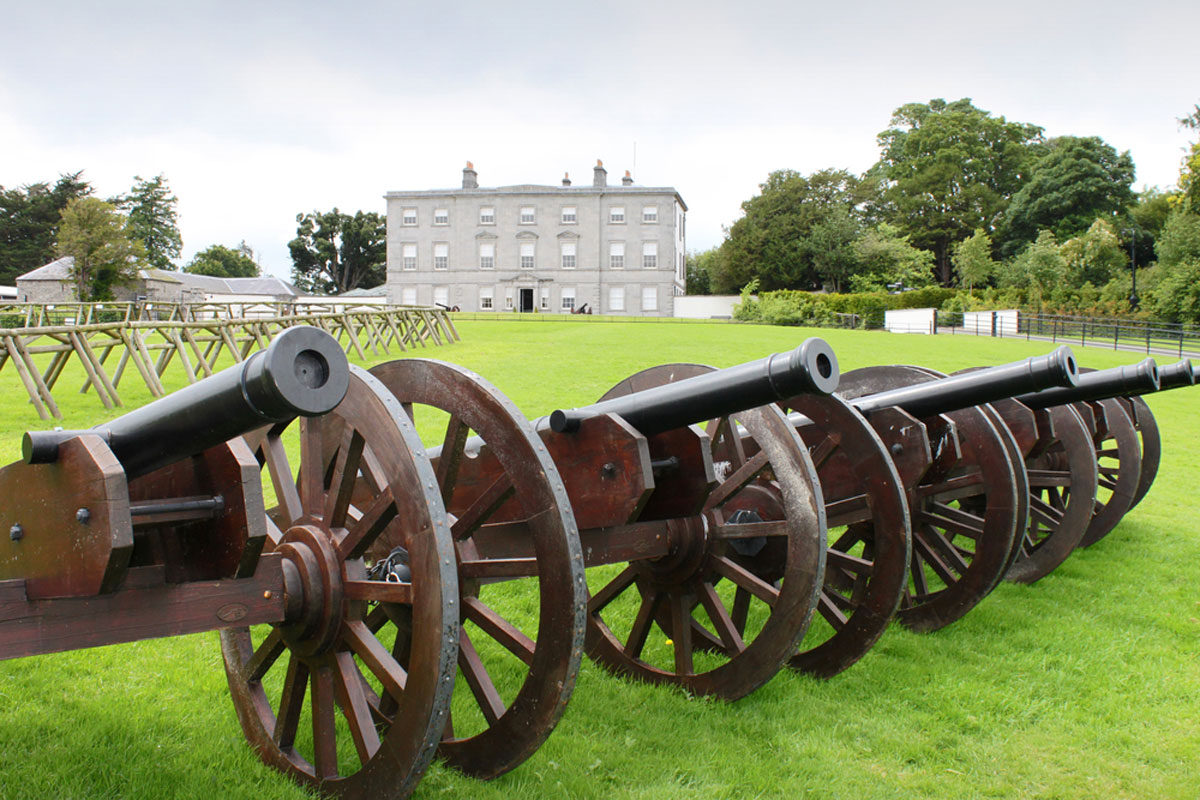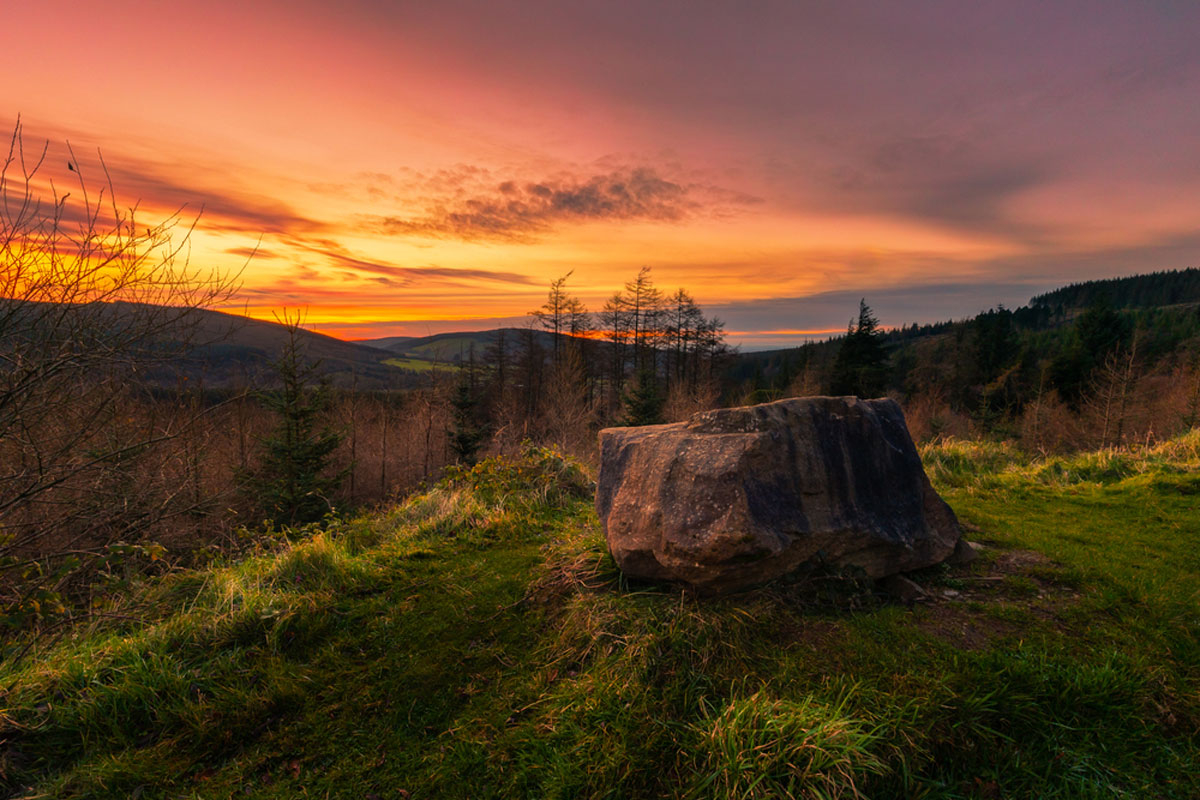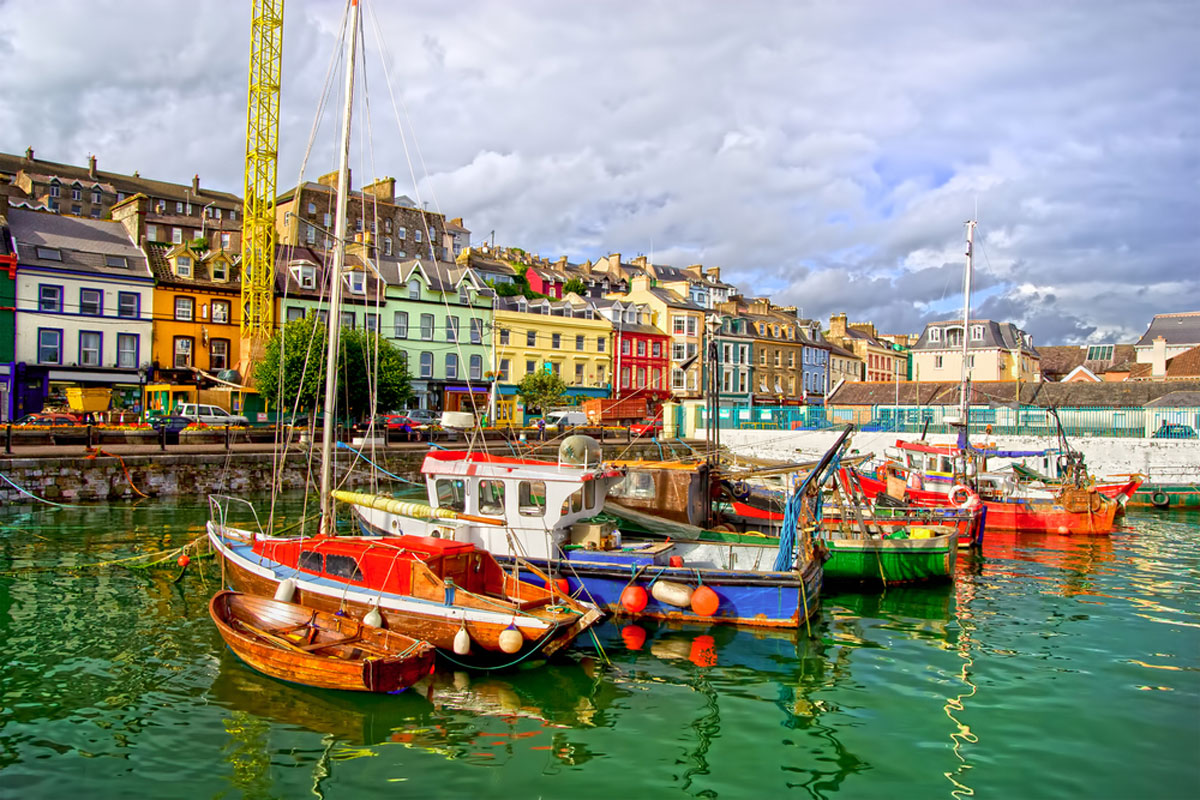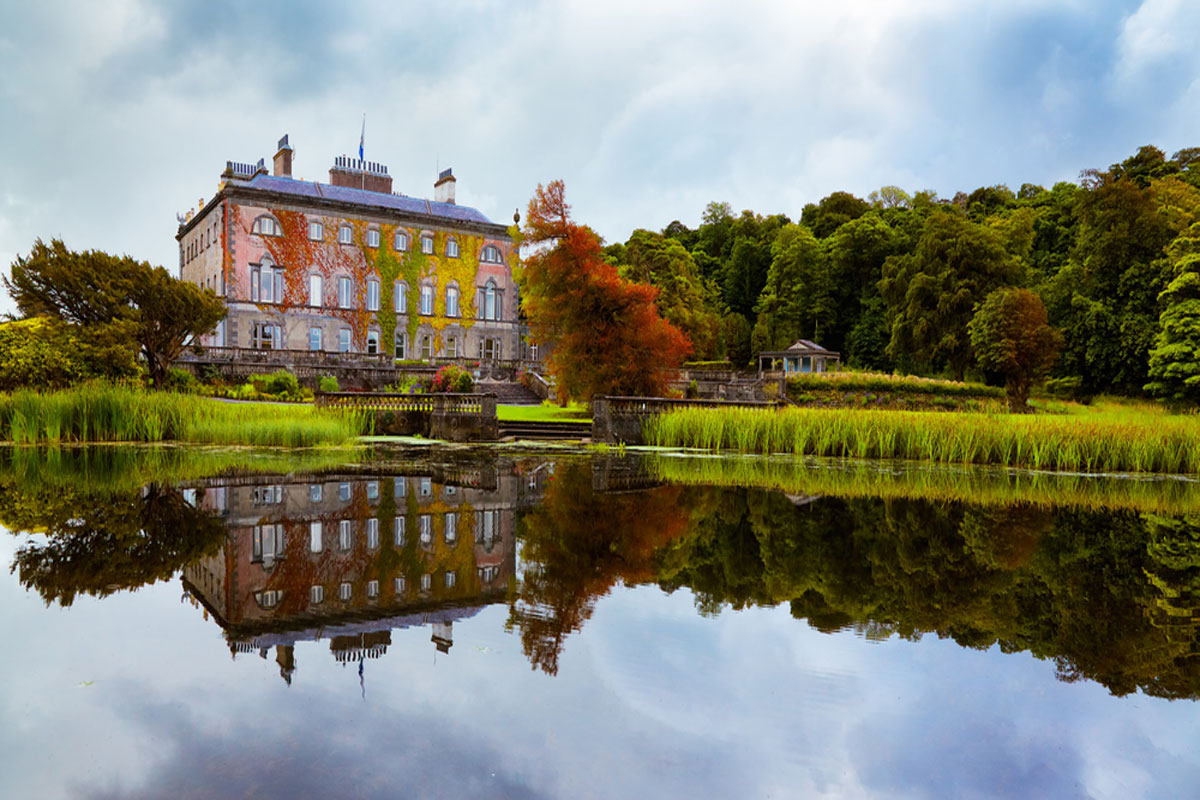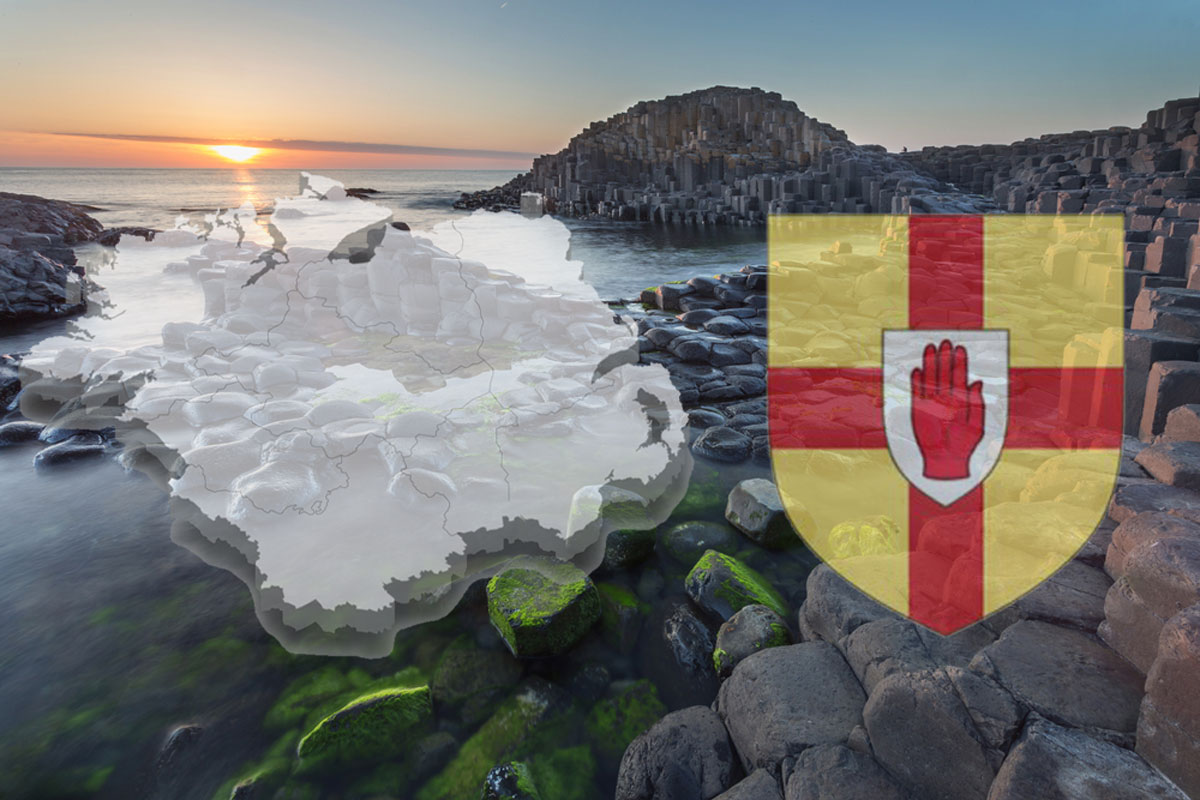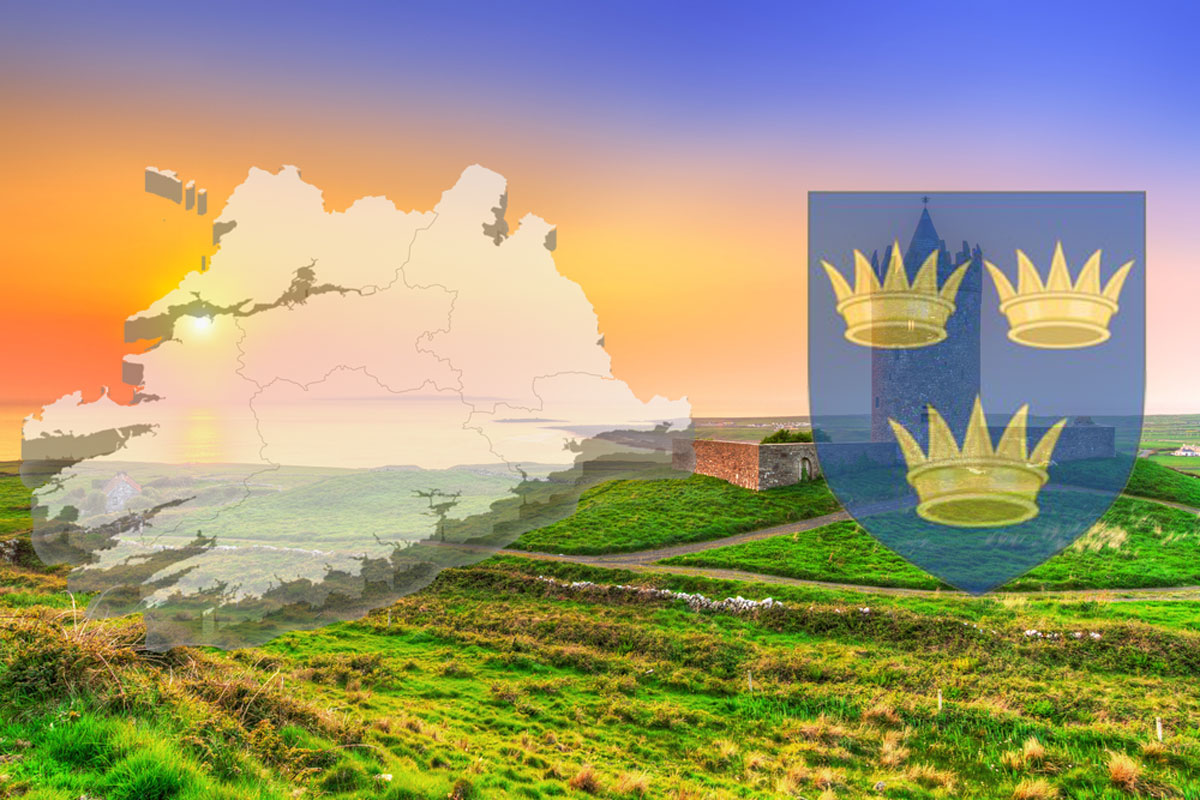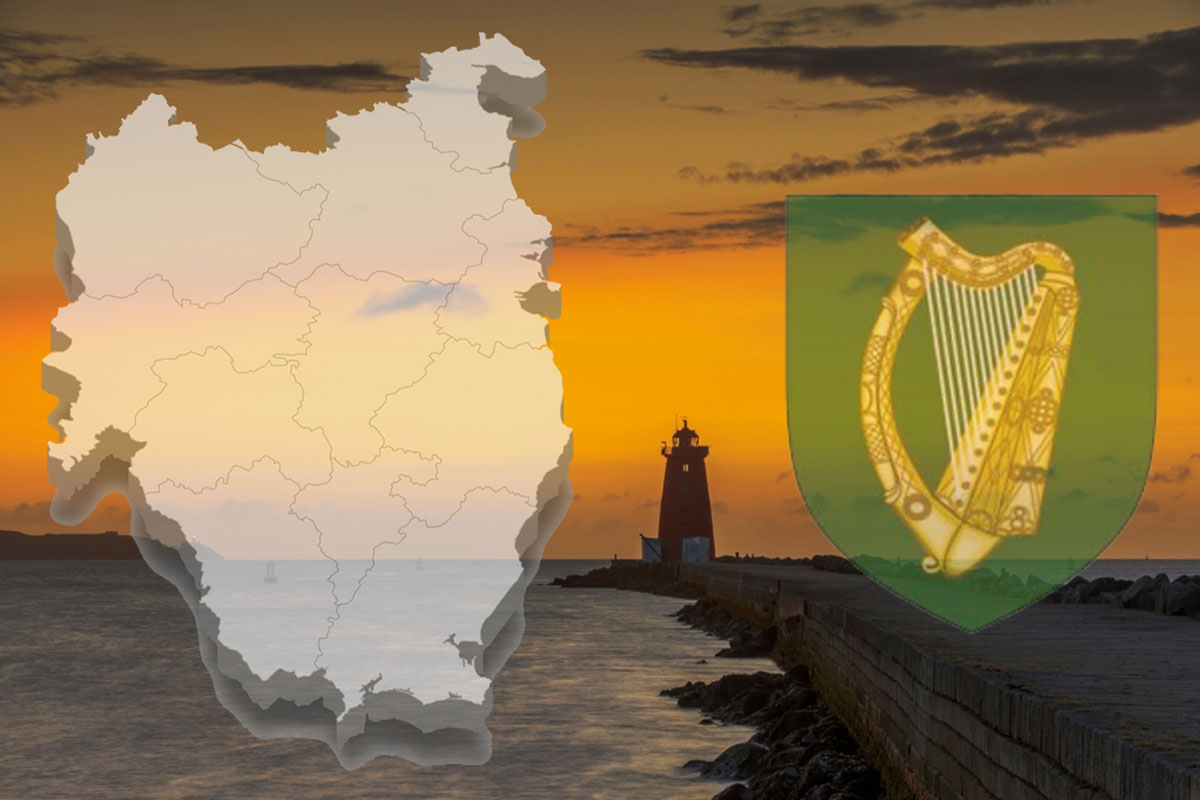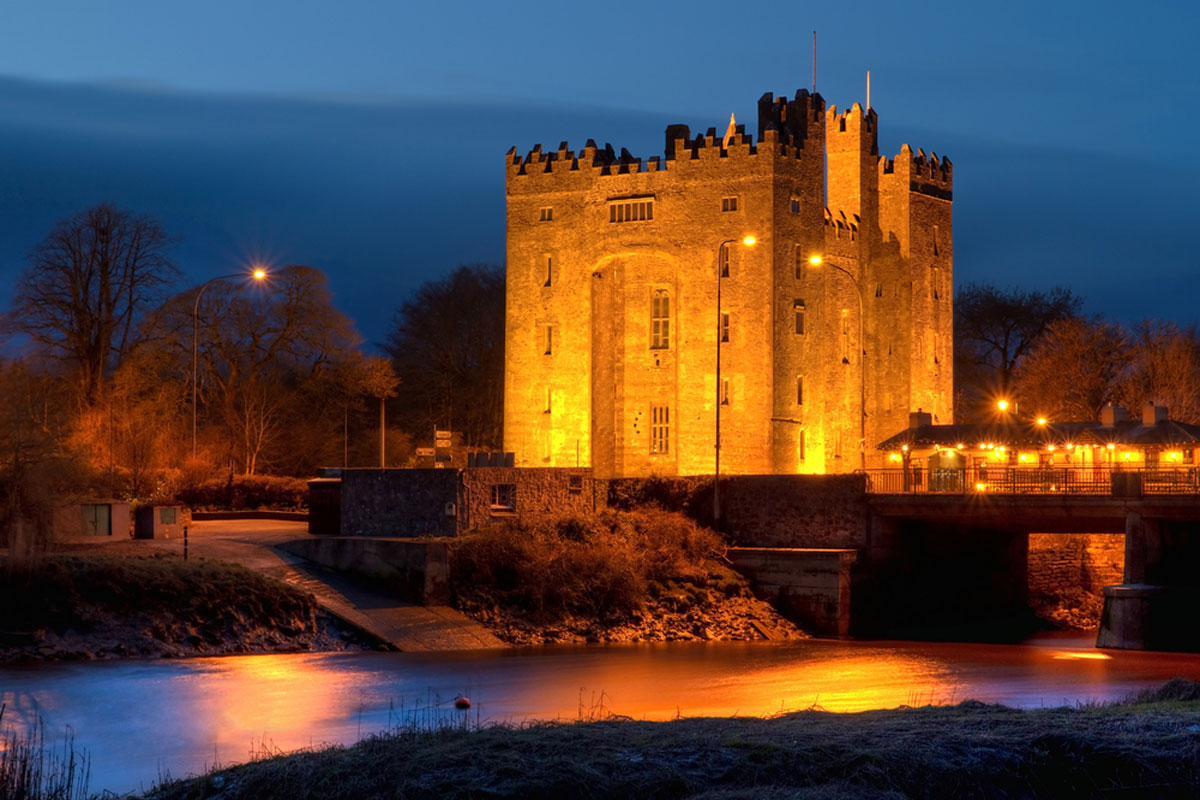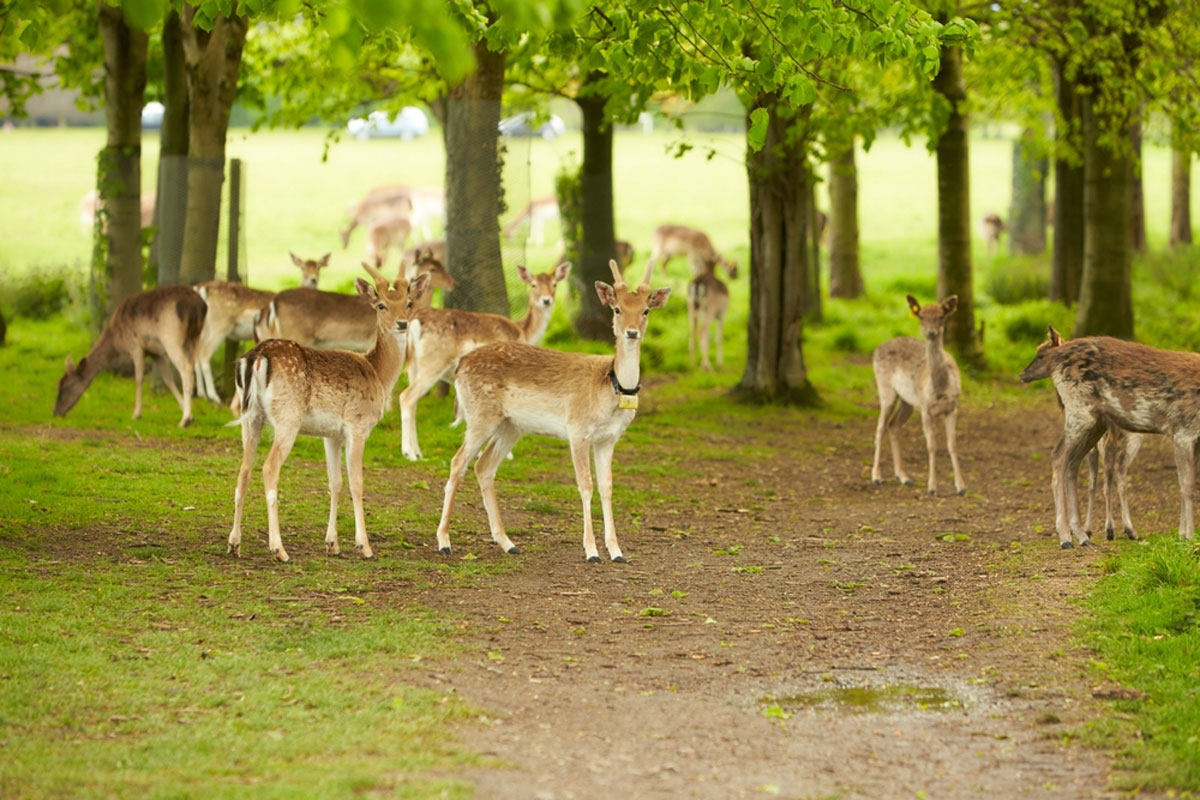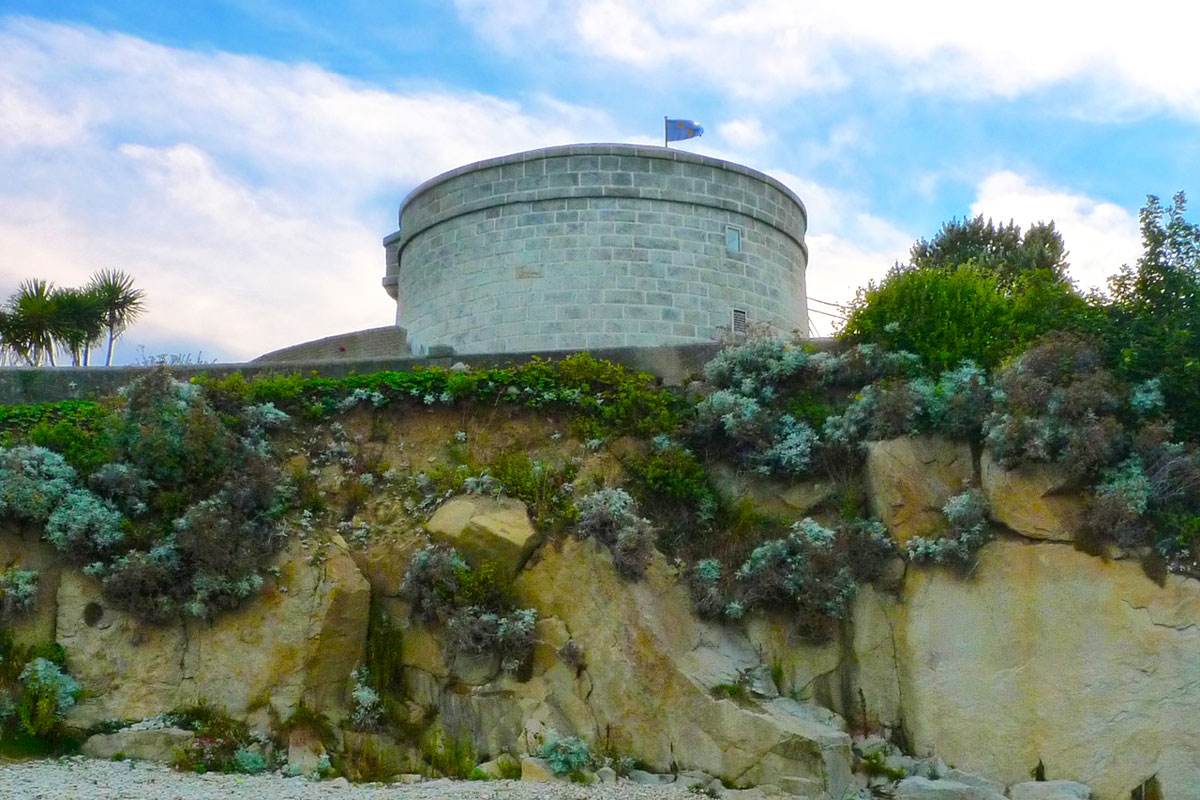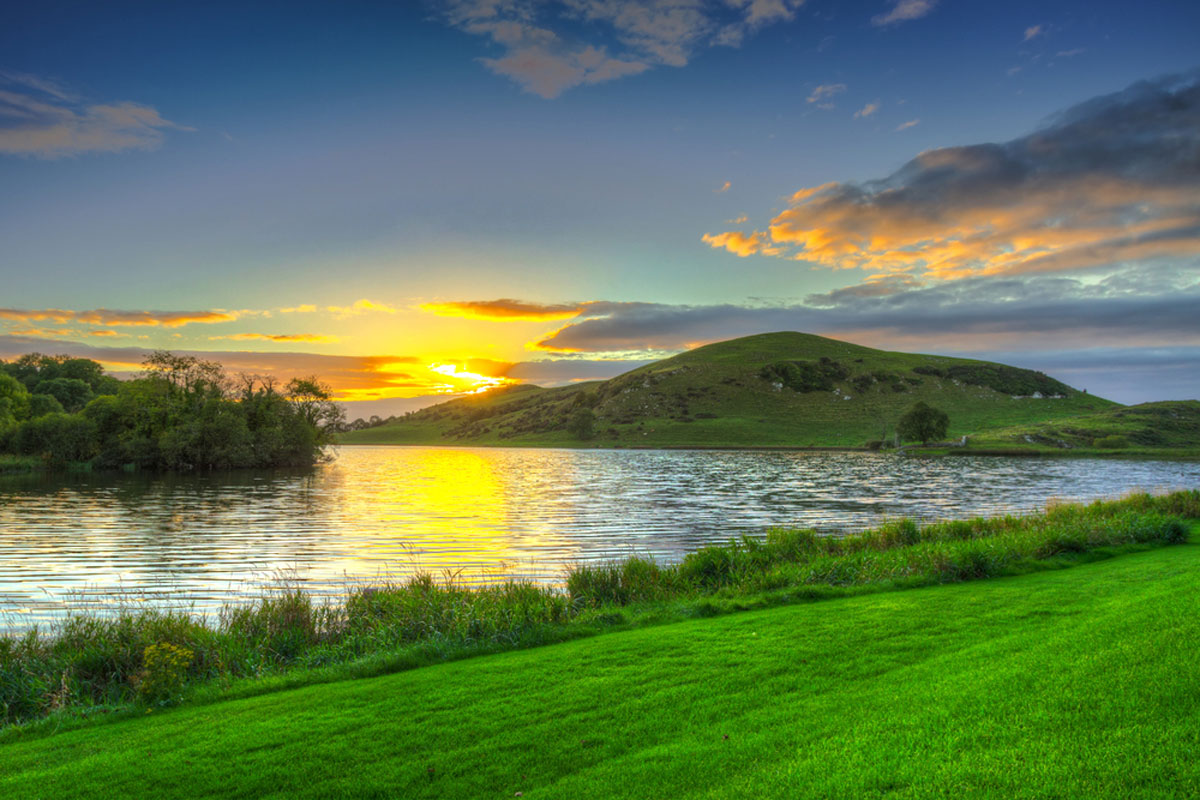Introduction to the Wild Atlantic Way
Ireland’s Wild Atlantic Way is one of the world’s most captivating coastal routes, stretching over 2,500 kilometers from the rugged Inishowen Peninsula in Donegal to the serene town of Kinsale in Cork. This spectacular driving route along the western seaboard of Ireland is not just a journey from point A to point B; it’s an immersive experience that offers a rich tapestry of landscapes, culture, history, and adventure.
The Wild Atlantic Way is divided into six distinct regions, each offering its unique charm and a wide array of attractions. Whether you’re an avid traveler seeking adventure, a history enthusiast delving into ancient sites, or simply someone yearning for breathtaking views, this route has something to offer everyone.
Why Explore the Wild Atlantic Way?
- Stunning Landscapes: The Wild Atlantic Way takes you through some of the most dramatic and diverse landscapes Ireland has to offer. From the towering cliffs of Slieve League to the windswept beaches of Connemara, the route is a photographer’s dream.
- Rich Cultural Heritage: Along the way, you’ll encounter small villages where Irish traditions thrive. These communities are proud of their heritage, offering visitors a chance to experience local music, dance, and the warm hospitality for which Ireland is famous.
- Outdoor Adventures: The Wild Atlantic Way is a paradise for outdoor enthusiasts. Opportunities for surfing, hiking, cycling, and even whale watching abound, ensuring that adventure is always around the corner.
- Historical Sites: The route is dotted with ancient ruins, castles, and UNESCO World Heritage Sites, such as the famous Skellig Michael, offering a deep dive into Ireland’s storied past.
- Gastronomic Delights: From fresh seafood to artisanal cheeses, the Wild Atlantic Way is also a culinary journey. The route boasts a thriving food scene, with countless opportunities to enjoy locally-sourced produce and traditional Irish dishes.
Planning Your Journey
Before setting off on the Wild Atlantic Way, it’s essential to plan your trip. The route is extensive, and while it’s possible to drive the entire length, many choose to explore it in sections over several visits. Each of the six regions offers distinct experiences, so consider what interests you the most—be it the wild landscapes of the northwest, the dramatic cliffs of the southwest, or the cultural richness of the midwest.
Accommodations along the route range from cozy bed and breakfasts to luxurious hotels, catering to all budgets and preferences. Renting a car is the most convenient way to explore the route, though cycling enthusiasts will also find designated trails for a more intimate experience with the landscape.
We will now delve deeper into each of the six regions of the Wild Atlantic Way, highlighting must-see attractions, hidden gems, and tips for making the most of your journey. Next we will focus on the Northern Headlands, where the route begins its adventure through Donegal, a land of striking beauty and ancient history.
Discovering the Northern Headlands
The Northern Headlands mark the beginning of the Wild Atlantic Way, starting in County Donegal, a region renowned for its rugged landscapes, remote beauty, and deep-rooted cultural heritage. This stretch of the route is perfect for those seeking a sense of adventure and an escape into some of Ireland’s most untamed and breathtaking scenery.
The Highlights of the Northern Headlands
- Malin Head
As the northernmost point of Ireland, Malin Head is the ideal place to start your journey along the Wild Atlantic Way. This windswept headland offers panoramic views of the Atlantic Ocean, and on clear days, you can even spot the Scottish coastline. Malin Head is steeped in history, from Napoleonic-era watchtowers to World War II lookout posts. It’s also a fantastic location for stargazing, as the area has some of the darkest skies in Ireland, making it a designated International Dark Sky Park. - The Inishowen Peninsula
The Inishowen Peninsula is often called a “hidden gem,” offering a mix of towering cliffs, sandy beaches, and charming villages. The drive around the peninsula is a stunning introduction to the raw beauty of Donegal. Not to be missed is the Doagh Famine Village, an open-air museum that provides a moving insight into Ireland’s history during the Great Famine. - Slieve League Cliffs
While the Cliffs of Moher often steal the spotlight, the Slieve League Cliffs are equally, if not more, impressive. These cliffs are among the highest sea cliffs in Europe, standing at 600 meters (nearly 2,000 feet). The sheer drop into the Atlantic below is awe-inspiring, and the view from the top is nothing short of breathtaking. For the adventurous, the One Man’s Path, a narrow trail along the cliff edge, offers a thrilling hike with spectacular views. (Recommended reading: The Cliffs of Slieve League: Ireland’s Best-Kept Secret for Breathtaking Views) - Glenveagh National Park
Nestled in the heart of Donegal, Glenveagh National Park is a haven for nature lovers. The park’s landscape is a mix of rugged mountains, serene lakes, and lush forests, all surrounding the picturesque Glenveagh Castle. The castle, with its beautiful gardens, is open to visitors, and the park offers several walking and cycling trails that allow you to fully immerse yourself in the tranquility of the area. (Recommended reading: Glenveagh National Park: An Irish Gem) - Fanad Head Lighthouse
One of the most photographed lighthouses in Ireland, Fanad Head Lighthouse is a must-visit on your journey through the Northern Headlands. Standing proudly at the tip of the Fanad Peninsula, the lighthouse has been guiding ships safely for over 200 years. Visitors can take a guided tour of the lighthouse and even stay overnight in the keeper’s cottage for a unique experience.
Cultural Richness and Local Experiences
The Northern Headlands are not just about natural beauty; they are also steeped in cultural heritage. Donegal is a stronghold of Irish language and traditions, and throughout the region, you’ll find opportunities to experience authentic Irish culture. From traditional music sessions in local pubs to festivals celebrating everything from maritime history to Gaelic football, Donegal is a place where the past and present coexist harmoniously.
Tips for Exploring the Northern Headlands
- Take Your Time: The Northern Headlands are best enjoyed at a leisurely pace. Allow yourself time to explore off the beaten path, visit small villages, and soak in the incredible scenery.
- Weather Preparedness: The weather in this region can be unpredictable, so pack layers and be prepared for everything from sunshine to rain within a single day.
- Local Cuisine: Don’t miss the chance to try some local specialties, such as fresh seafood, Donegal tweed, and homemade breads.
The Northern Headlands offer a dramatic start to the Wild Atlantic Way, where the power of nature is on full display. This region’s rugged beauty, combined with its rich history and vibrant culture, makes it an unforgettable beginning to your journey along Ireland’s west coast. We’ll now continue southward to explore the Surf Coast, where adventure meets the wild waves of the Atlantic.

Riding the Waves on the Surf Coast
Continuing our journey along the Wild Atlantic Way, we arrive at the Surf Coast, a stretch that encompasses the stunning coastline of counties Sligo and Mayo. This region is a paradise for surfers, beach lovers, and anyone drawn to the energy of the ocean. The Surf Coast is not just about riding waves, though; it also offers a rich mix of history, culture, and natural beauty.
Key Highlights of the Surf Coast
- Strandhill and Sligo Town
Strandhill, located just west of Sligo Town, is one of Ireland’s top surfing destinations. Whether you’re an experienced surfer or a beginner looking to take your first lesson, the consistent waves here make it an ideal spot. After a day on the water, unwind at one of Strandhill’s cozy cafes or enjoy a seaweed bath—a local tradition that’s both relaxing and rejuvenating.
Sligo Town, just a short drive away, is steeped in history and literary connections. It was here that the famous poet W.B. Yeats found much of his inspiration, and you can explore his legacy at the Yeats Society Sligo or visit his final resting place in the nearby Drumcliffe churchyard, beneath the striking Benbulben mountain. - Mullaghmore Head
For breathtaking coastal scenery, take a drive around Mullaghmore Head. The looped route offers dramatic views of the Atlantic and the iconic Classiebawn Castle, perched on the edge of the cliffs. This area is also famous for big wave surfing, with waves reaching up to 30 feet during the winter months, attracting elite surfers from around the world. - Downpatrick Head
Moving south into County Mayo, Downpatrick Head is a site of historical and natural significance. The sheer cliffs, blowholes, and the dramatic sea stack known as Dun Briste create a striking landscape. The area is steeped in folklore, and there are several walking trails that allow you to explore the cliffs safely while enjoying panoramic ocean views. - Enniscrone Beach
Enniscrone is another gem along the Surf Coast, boasting 5 kilometers of golden sandy beach. Known for its family-friendly atmosphere, this beach is perfect for a relaxing day by the sea. The town also offers more of those famous seaweed baths, a must-try experience, and a traditional links golf course that offers both challenging play and stunning views. - Céide Fields and the Wild Nephin Wilderness
As you continue into Mayo, the Céide Fields are a must-see. This archaeological site is home to the oldest known field systems in the world, dating back nearly 6,000 years. The visitor center offers insight into the lives of Ireland’s earliest farmers and the stunning landscape they shaped.
Nearby, the Wild Nephin Wilderness provides an entirely different kind of experience. This vast area of unspoiled bog, forest, and mountain is one of the most remote and untouched landscapes in Ireland. It’s perfect for those looking to escape into nature, with opportunities for hiking, birdwatching, and even stargazing, thanks to its Dark Sky Park status.
Cultural and Historical Ties
The Surf Coast is not just about the ocean; it’s a region rich in cultural history. The influence of W.B. Yeats is felt strongly here, and you’ll find many sites connected to his life and works. In addition, the area is dotted with ancient megalithic tombs, standing stones, and early Christian sites, offering a glimpse into Ireland’s distant past.
The small towns and villages along the Surf Coast also boast a vibrant cultural scene, with traditional music sessions, local crafts, and a warm, welcoming atmosphere that invites you to linger.
Tips for Exploring the Surf Coast
- Pack for the Beach: Whether you plan to surf, swim, or simply relax, be sure to bring appropriate beachwear, along with sun protection, even if the weather seems unpredictable.
- Explore the Inland Attractions: Don’t limit yourself to the coast—take time to visit inland attractions like Lough Gill and Parke’s Castle, or hike up Knocknarea for views of Queen Maeve’s Cairn.
- Sample Local Seafood: The Surf Coast is home to some of the best seafood in Ireland. Be sure to try fresh oysters, mussels, and locally caught fish at the region’s restaurants.
The Surf Coast offers a vibrant mix of coastal adventure and cultural discovery. From catching waves to exploring ancient sites, this part of the Wild Atlantic Way promises both excitement and tranquility. Let us now journey into the Bay Coast, where Ireland’s wild beauty meets its bustling cities, offering a perfect blend of natural splendor and vibrant culture.
The Bay Coast – Where Wild Beauty Meets Vibrant Culture
The Bay Coast, spanning from the vibrant city of Galway to the picturesque town of Westport in County Mayo, is a stunning stretch of the Wild Atlantic Way. This region is where Ireland’s rugged landscape harmoniously blends with lively urban culture, offering travelers a unique mix of natural wonders, historical sites, and vibrant city life. Whether you’re exploring the bustling streets of Galway, wandering through charming seaside villages, or marveling at the dramatic coastal scenery, the Bay Coast is sure to captivate.
Key Highlights of the Bay Coast
- Galway City
Start your journey along the Bay Coast in Galway City, often referred to as the “City of Tribes.” Galway is famous for its vibrant arts scene, lively street performers, and a deep-rooted cultural heritage. Take a stroll down Shop Street, where colorful shops and cafes line the cobblestone paths, or explore the historic Latin Quarter. Don’t miss the Spanish Arch and the nearby Galway City Museum for a glimpse into the city’s rich history.
Galway is also a gateway to the Connemara region, known for its breathtaking landscapes and traditional Irish culture. If your schedule permits, take a detour to explore Connemara National Park or visit Kylemore Abbey, a stunning lakeside castle with beautifully manicured gardens. (Recommended reading: A Day in Galway City: Where Stories Unfold) - Connemara
West of Galway lies the wild and beautiful Connemara, a region of rugged mountains, glistening lakes, and vast boglands. Driving through Connemara is like stepping back in time; the landscape feels almost untouched, with only the occasional sheep dotting the hillsides. The Twelve Bens mountain range and the serene beauty of Lough Inagh are highlights of this area. Take time to visit Clifden, known as the “Capital of Connemara,” and drive along the Sky Road for some of the most stunning coastal views in Ireland. - Roundstone and Dogs Bay
Continue your journey to the picturesque fishing village of Roundstone, nestled at the foot of Errisbeg Mountain. Roundstone is a haven for artists and musicians, with several galleries and studios to explore. Just a short drive from the village is Dogs Bay, a crescent-shaped beach with fine white sand and crystal-clear waters. It’s one of the most beautiful beaches along the Wild Atlantic Way, perfect for a peaceful walk or a refreshing swim. - Killary Harbour
As you head further north, you’ll reach Killary Harbour, Ireland’s only fjord. This dramatic inlet stretches 16 kilometers from the Atlantic into the heart of Connemara, flanked by steep hills and mountains. The fjord’s deep waters are home to mussel and salmon farms, and boat tours are available for those who want to experience the fjord from the water. Nearby, the village of Leenane offers a great spot to stop for lunch and enjoy the views. - Westport and Clew Bay
The Bay Coast’s final stop is the charming town of Westport, situated on the shores of Clew Bay. Westport is often considered one of Ireland’s most picturesque towns, with its Georgian architecture, tree-lined streets, and lively music scene. From Westport, you can explore the islands and inlets of Clew Bay, said to have 365 islands—one for each day of the year.
A highlight for outdoor enthusiasts is Croagh Patrick, Ireland’s holiest mountain. Pilgrims and hikers alike climb the peak, which offers panoramic views of Clew Bay from the summit. Westport House, a historic stately home with beautiful gardens and a family-friendly adventure park, is another must-visit in the area. (Recommended reading: Exploring the Enchantment of Westport House and Gardens)
Cultural Richness and Local Experiences
The Bay Coast is rich in cultural experiences, from traditional Irish music sessions in Galway’s pubs to the craft shops and markets of Connemara. The region is known for its festivals, including the famous Galway International Arts Festival, which draws performers and visitors from around the world. The Bay Coast is also steeped in history, with ancient sites like Dún Aonghasa on the Aran Islands, a prehistoric fort perched on the cliffs overlooking the Atlantic.
Tips for Exploring the Bay Coast
- Mix City and Country: Balance your time between the lively energy of Galway City and the tranquil beauty of Connemara and Clew Bay.
- Sample Local Cuisine: The Bay Coast offers a fantastic array of culinary delights, from fresh seafood to locally produced cheeses and artisanal breads. Galway is known for its oysters, and many restaurants along the route focus on farm-to-table dining.
- Island Hop: Consider taking a ferry from Galway or Rossaveal to the Aran Islands, where you can explore rugged landscapes, ancient forts, and a rich Gaelic heritage.
The Bay Coast is a region of contrasts, where the vibrancy of city life meets the wild beauty of Ireland’s western shores. From the artistic hub of Galway to the serene fjords of Killary Harbour, the Bay Coast offers a rich and diverse experience for travelers. We will now venture further south to explore the Cliff Coast, home to the iconic Cliffs of Moher and other awe-inspiring coastal landscapes.
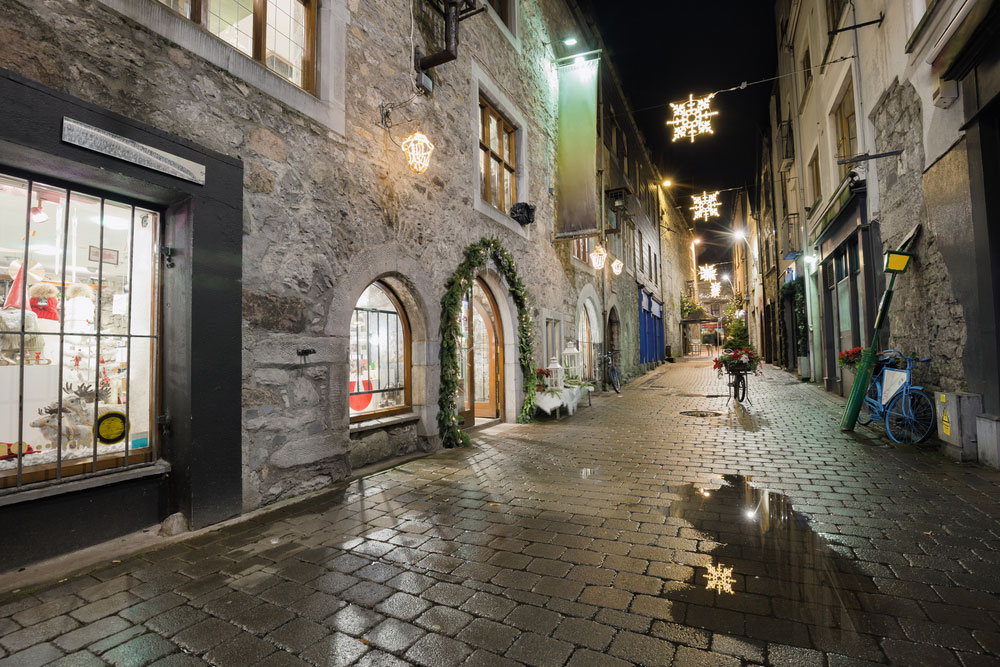
The Cliff Coast – Iconic Landscapes and Hidden Gems
As you continue your journey along the Wild Atlantic Way, you arrive at the Cliff Coast, a region defined by its dramatic landscapes, towering sea cliffs, and rich cultural heritage. Stretching from Galway Bay through County Clare and into North Kerry, the Cliff Coast is home to some of Ireland’s most iconic natural wonders. This part of the route offers a perfect blend of breathtaking views, outdoor adventures, and opportunities to immerse yourself in Ireland’s storied past.
Key Highlights of the Cliff Coast
- The Cliffs of Moher
No journey along the Cliff Coast would be complete without visiting the Cliffs of Moher, one of Ireland’s most famous natural attractions. Rising over 200 meters (700 feet) above the Atlantic Ocean, the cliffs stretch for 8 kilometers (5 miles) along the coast, offering panoramic views that are nothing short of spectacular. On a clear day, you can see the Aran Islands and the mountains of Connemara. The Cliffs of Moher Visitor Centre provides insight into the geology, history, and wildlife of the area. Be sure to walk along the cliff paths for different perspectives and to fully appreciate the majesty of this iconic landscape. (Recommended reading: A Grey Day at the Spectacular Cliffs of Moher) - The Burren
Just inland from the Cliffs of Moher lies the Burren, a unique karst limestone region unlike any other in Ireland. The Burren’s rocky landscape, dotted with wildflowers and ancient tombs, has a stark beauty that captivates all who visit. This area is also a haven for botanists, as its unusual climate supports a mix of Mediterranean, Arctic, and Alpine plants. Explore the Burren National Park, visit the Poulnabrone Dolmen—a Neolithic portal tomb dating back over 5,000 years—or stop by the Burren Perfumery for locally made herbal products and teas. (Recommended reading: My Trip to Lahinch and the Burren) - Doolin and the Aran Islands
The small village of Doolin, just north of the Cliffs of Moher, is known as the traditional music capital of Ireland. Stop by one of its pubs, such as Gus O’Connor’s, to enjoy a live music session, where locals and visitors alike gather to share in the joy of traditional Irish tunes. From Doolin, you can also catch a ferry to the Aran Islands, a trio of islands that offer a glimpse into a way of life largely untouched by modernity. On the largest island, Inis Mór, you’ll find Dún Aonghasa, an ancient stone fort perched on the edge of towering cliffs. (Recommended reading: An Aran Island Adventure) - Loop Head Peninsula
The Loop Head Peninsula, located at the southern end of County Clare, is one of the Wild Atlantic Way’s hidden gems. Far less crowded than the Cliffs of Moher, Loop Head offers equally stunning coastal views, with dramatic cliffs, sea stacks, and the iconic Loop Head Lighthouse. The lighthouse is open to visitors, and climbing to the top rewards you with a 360-degree view of the Atlantic Ocean, the River Shannon, and the surrounding coastline. The peninsula is also a great place for birdwatching and dolphin spotting. - Kilkee and Spanish Point
Further south, the seaside town of Kilkee is known for its horseshoe-shaped beach and scenic cliff walks. The Kilkee Cliff Walk is a looped trail that takes you along the edge of rugged cliffs, offering breathtaking views of the Atlantic. Nearby Spanish Point, named after the Spanish Armada ships wrecked here in 1588, is another picturesque spot. The long sandy beach and rolling waves make it a popular destination for surfers.
Cultural Richness and Local Experiences
The Cliff Coast is rich in folklore, history, and traditional culture. In addition to the natural wonders, this region is home to a vibrant arts and crafts scene, particularly in the Burren area, where you’ll find local artisans producing pottery, jewelry, and textiles. Many towns and villages along the route host traditional music sessions, where you can experience the soul of Ireland through its music and dance.
The region’s history is also evident in its many archaeological sites, from ancient dolmens and ring forts to medieval castles and early Christian churches. The Cliff Coast is a place where the past and present are deeply intertwined, offering visitors a chance to connect with Ireland’s ancient heritage.
Tips for Exploring the Cliff Coast
- Take the Scenic Routes: While the main roads offer beautiful views, don’t be afraid to explore the smaller byways, which often lead to hidden gems and quieter spots along the coast.
- Prepare for the Weather: The weather along the Cliff Coast can change rapidly. Dress in layers and be prepared for wind, rain, and sunshine all in one day.
- Respect the Environment: The Cliffs of Moher and the Burren are fragile environments. Stick to marked paths and be mindful of the wildlife and plant life.
The Cliff Coast is a place of stunning natural beauty and profound cultural significance. From the towering Cliffs of Moher to the rugged landscapes of the Burren and the hidden treasures of Loop Head, this part of the Wild Atlantic Way offers experiences that are both awe-inspiring and deeply moving. As you continue your journey southward, the landscapes may change, but the spirit of the Wild Atlantic Way—untamed, majestic, and unforgettable—remains ever-present.
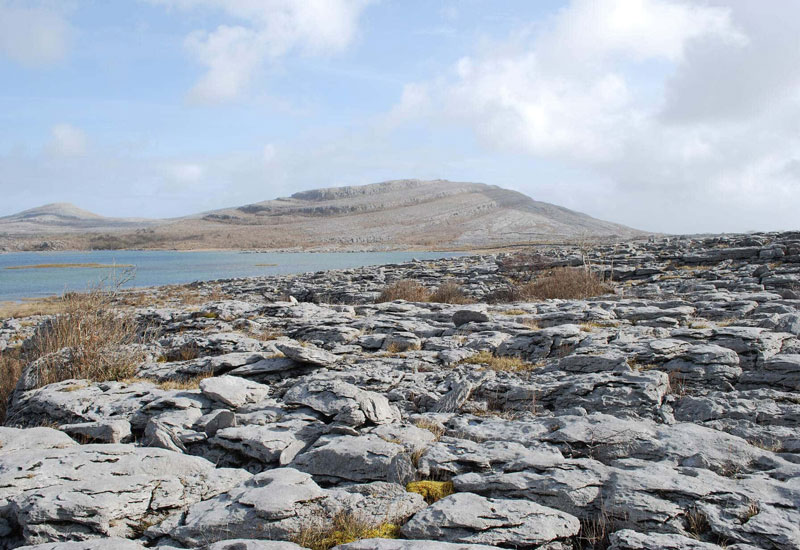
Limerick & Clare (Shannon Estuary Way): A Hidden Gem Along the Wild Atlantic Way
As you journey through the lesser-known routes of the Wild Atlantic Way, the Shannon Estuary Way emerges as a serene and captivating region in the counties of Limerick and Clare. Centered around the tranquil waters of the Shannon Estuary, this area offers a peaceful retreat with breathtaking landscapes, historic sites, and unique wildlife experiences. While it may not be as well-traveled as other parts of the Wild Atlantic Way, the Shannon Estuary Way rewards those who seek out its quiet charms and rich heritage.
Key Highlights of the Shannon Estuary Way
- The Scenic Shannon Estuary
The Shannon Estuary is the heart of this region, where the River Shannon flows gracefully toward the Atlantic Ocean. The estuary’s calm waters and lush green banks create a peaceful environment that is ideal for leisurely drives and scenic stops. The winding roads offer stunning views of the river, rolling hills, and picturesque villages, making it a perfect escape from the busier parts of the Wild Atlantic Way. - Historic Glin Castle
A visit to Glin Castle, one of Ireland’s most historic and elegant estates, is a must when exploring the Shannon Estuary Way. This 700-year-old castle, once home to the Knights of Glin, stands as a testament to the region’s rich history. While the castle is now a private residence, its storied past and beautiful surroundings make it a significant landmark along the route. - Foynes and Its Aviation Legacy
The town of Foynes, located on the banks of the Shannon Estuary, is famous for its role in aviation history. The Foynes Flying Boat & Maritime Museum offers a fascinating glimpse into the era when transatlantic flights connected Ireland to North America. Visitors can explore a replica flying boat and learn about the invention of Irish Coffee, a drink that originated here. - Scattery Island
A Journey Back in Time For those interested in Ireland’s early Christian history, a trip to Scattery Island is highly recommended. This uninhabited island in the Shannon Estuary is home to ancient ruins, including a round tower, churches, and a holy well. The island’s quiet atmosphere and historic significance make it a unique and spiritual destination.
Wildlife and Nature Experiences
- Dolphin Watching in the Shannon Estuary One of the most exciting experiences along the Shannon Estuary Way is dolphin watching. The estuary is home to a resident population of bottlenose dolphins, providing a rare opportunity to see these majestic creatures in their natural habitat. Dolphin-watching tours are available from Kilrush, offering a memorable and eco-friendly adventure on the water.
- Birdwatching in a Rich Ecosystem
The Shannon Estuary is also a haven for birdwatchers. Its diverse habitats, including mudflats, salt marshes, and reed beds, attract a wide variety of bird species. Whether you’re an avid birder or simply enjoy nature, sites like the Shannon Airport Lagoon and Aughinish Island offer excellent opportunities to observe migratory and resident birds.
Cultural Richness and Local Experiences
- Traditional Music and Local Crafts
The region around the Shannon Estuary is steeped in Irish culture and tradition. From lively music sessions in local pubs to artisan crafts in village markets, the area offers an authentic taste of rural Ireland. The sense of community and the preservation of cultural heritage are evident in every corner of this scenic route. - Ancient Ruins and Historical Sites
In addition to the castles and monastic sites, the Shannon Estuary Way is dotted with ancient ruins and historical landmarks. These sites tell the story of Ireland’s past, from early Christian settlements to medieval fortifications. Exploring these remnants of history adds depth and context to the natural beauty of the region.
Tips for Exploring the Shannon Estuary Way
- Take the Scenic Route: The Shannon Estuary Way is best experienced at a leisurely pace. Take the time to explore smaller roads and hidden paths that lead to quiet viewpoints and peaceful picnic spots.
- Embrace the Tranquility: Unlike the busier parts of the Wild Atlantic Way, the Shannon Estuary Way is a place of calm and reflection. Enjoy the slower pace and take in the serene surroundings.
- Respect the Environment: The estuary and its surroundings are fragile ecosystems. Be mindful of your impact, especially when exploring natural areas and wildlife habitats.
The Shannon Estuary Way, with its serene landscapes, rich history, and unique wildlife, offers a different kind of Wild Atlantic Way experience. It’s a place where the beauty of Ireland’s natural and cultural heritage can be appreciated in peace, away from the crowds. Whether you’re drawn to its historic sites, scenic drives, or wildlife encounters, the Shannon Estuary Way promises a journey filled with discovery and tranquility.
Cork (Haven Coast): The Southern Gateway of the Wild Atlantic Way
As you journey to the southernmost reaches of the Wild Atlantic Way, the Haven Coast in County Cork emerges as a region of scenic beauty, rich history, and vibrant culture. Defined by its picturesque harbor towns, lush landscapes, and the rugged expanse of the Beara Peninsula, the Haven Coast is a captivating mix of serene coastal views and lively local charm. While often overshadowed by more famous stretches of the Wild Atlantic Way, this area offers its own unique allure, rewarding travelers with a blend of culinary delights, historic sites, and breathtaking natural wonders.
Key Highlights of the Haven Coast
- Kinsale: A Culinary and Historic Gem
Kinsale is the perfect introduction to the Haven Coast. Known as Ireland’s culinary capital, this harbor town is famous for its vibrant food scene, colorful buildings, and deep maritime history. Stroll through its winding streets, where award-winning restaurants serve up the freshest seafood, or explore historic sites like Charles Fort, which offers stunning views over the bay. Kinsale’s blend of culture, history, and cuisine makes it an essential stop on your journey along the Wild Atlantic Way. (Recommended reading: Kinsale Harbour: A Visit to ireland’s Seaside Foodie Haven) - Mizen Head: The Edge of the World
Travel westward, and you’ll reach Mizen Head, Ireland’s most southwesterly point. This dramatic headland is known for its towering cliffs, windswept vistas, and the iconic Mizen Head Signal Station. As you cross the suspension bridge, you’ll be greeted with awe-inspiring views of the Atlantic Ocean below. Mizen Head is also a haven for wildlife enthusiasts, offering opportunities to spot seals, whales, and seabirds in their natural habitat. (Recommended reading: Mizen Head: A Visit to Ireland’s Most Southwesterly Point) - Bantry Bay: Gateway to the Beara Peninsula
Continuing along the Haven Coast, Bantry Bay serves as the gateway to the Beara Peninsula. Bantry is a lively market town steeped in history, with Bantry House and Gardens providing a glimpse into the region’s aristocratic past. The bay itself is perfect for sailing, while the surrounding hills offer spectacular hiking trails. As you venture into the Beara Peninsula, you’ll discover a landscape of rugged beauty, dotted with charming villages, ancient stone circles, and panoramic views. - The Beara Peninsula: Wild and Untamed
The Beara Peninsula epitomizes the wild, unspoiled character of the Wild Atlantic Way. This remote and less-traveled area is a paradise for those seeking solitude and natural beauty. The Ring of Beara, a scenic drive that loops around the peninsula, takes you through dramatic mountain passes, along rocky coastlines, and past small fishing villages. Don’t miss the Healy Pass, a winding road that offers breathtaking views over the peninsula. Whether you’re hiking the Beara Way, exploring Dursey Island via cable car, or simply savoring the peaceful atmosphere, the Beara Peninsula is a highlight of the Haven Coast. - Glandore and Union Hall: Picturesque Villages and Tranquil Waters
Nestled along the coastline, the villages of Glandore and Union Hall are the epitome of rural charm. Glandore’s scenic harbor, dotted with sailing boats, and Union Hall’s lively fishing port provide a glimpse into the traditional way of life that still thrives in this part of Ireland. These villages are ideal for a leisurely stop, where you can enjoy fresh seafood, explore quiet coves, and soak in the peaceful atmosphere. - Skibbereen: A Town of Heritage and Art
Skibbereen, a vibrant market town, is known for its strong sense of community, rich history, and thriving arts scene. The Skibbereen Heritage Centre tells the story of the Great Famine, which had a profound impact on the region. The town is also a hub for local artists and craftspeople, with galleries showcasing everything from paintings to handmade textiles. Skibbereen’s lively markets and festivals make it a great place to experience the local culture.
Tips for Exploring the Haven Coast
- Take Your Time: The Haven Coast is best explored at a leisurely pace. Spend time in each town, enjoy the local cuisine, and take in the scenic beauty.
- Explore the Peninsulas: The Beara Peninsula offers some of the most stunning landscapes in Ireland. The winding roads, rugged coastlines, and remote villages make it a must-see.
- Prepare for All Weather: The weather can change quickly, so dress in layers and be ready for both sunshine and rain during your travels.
The Haven Coast is a hidden gem along the Wild Atlantic Way, where the beauty of the landscape is matched only by the warmth of the people. From the gourmet delights of Kinsale to the wild cliffs of Mizen Head, this region offers a diverse array of experiences that are sure to leave a lasting impression. Whether you’re drawn to the history, the culture, or simply the stunning views, the Haven Coast invites you to slow down, breathe in the fresh sea air, and discover the magic of Ireland’s southern shores.


